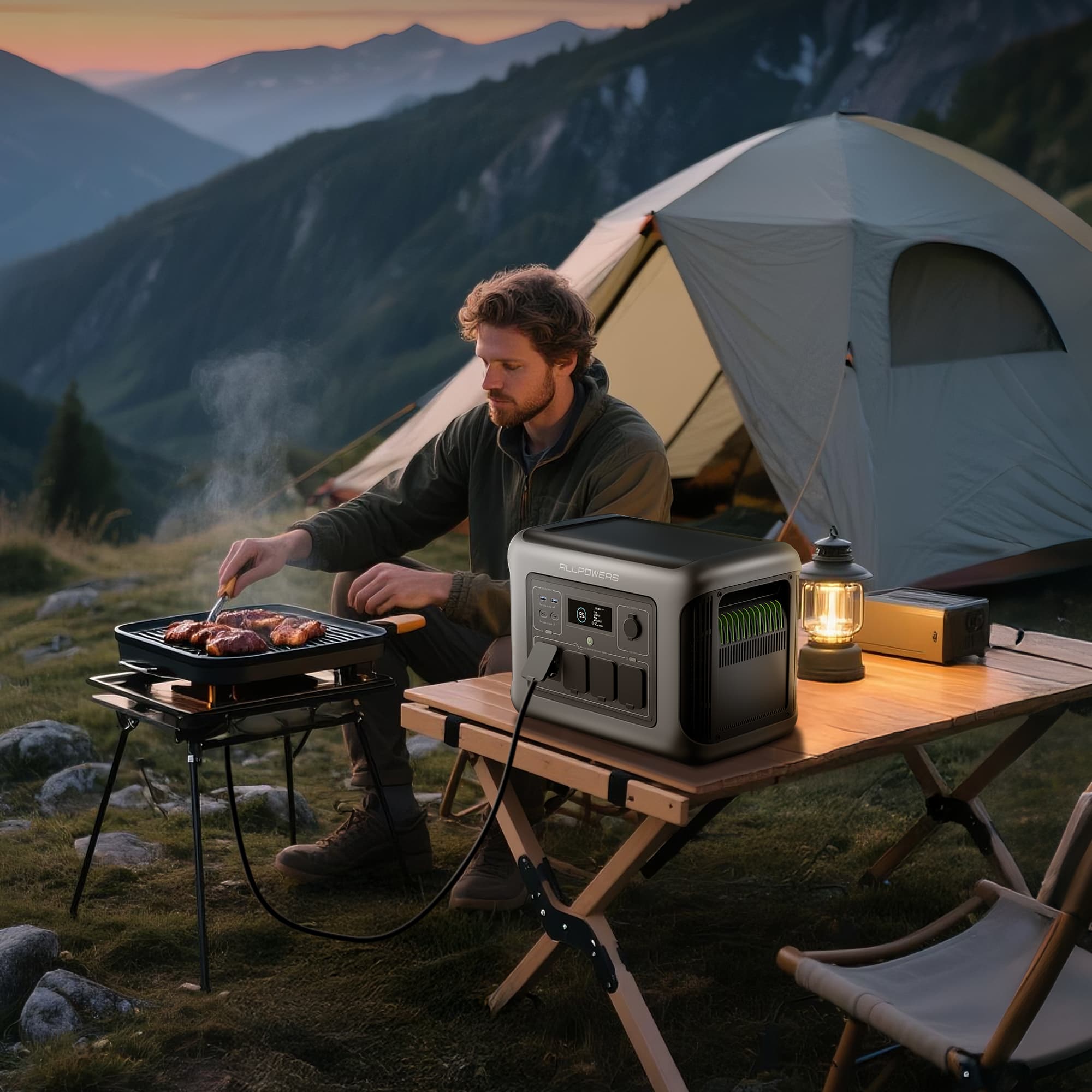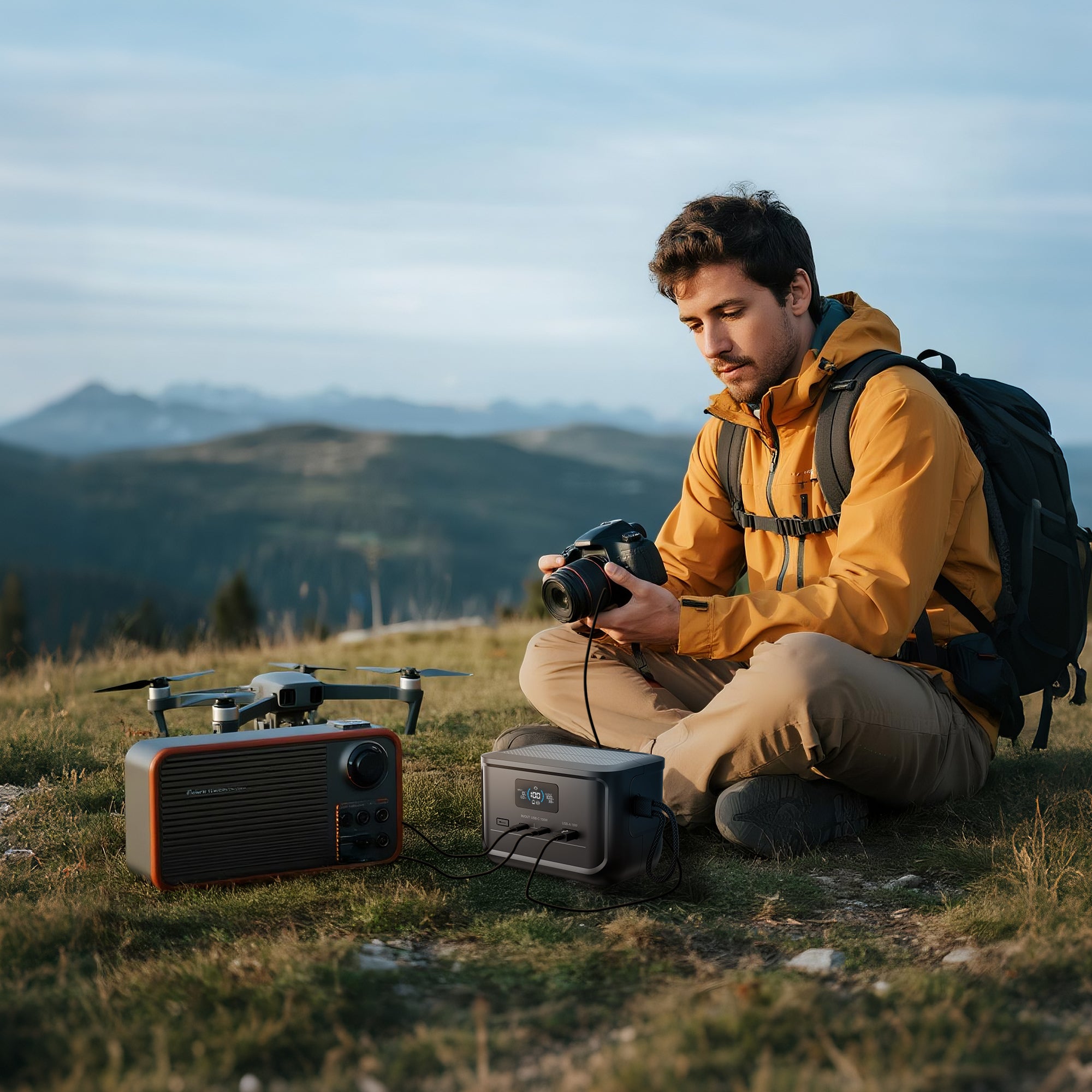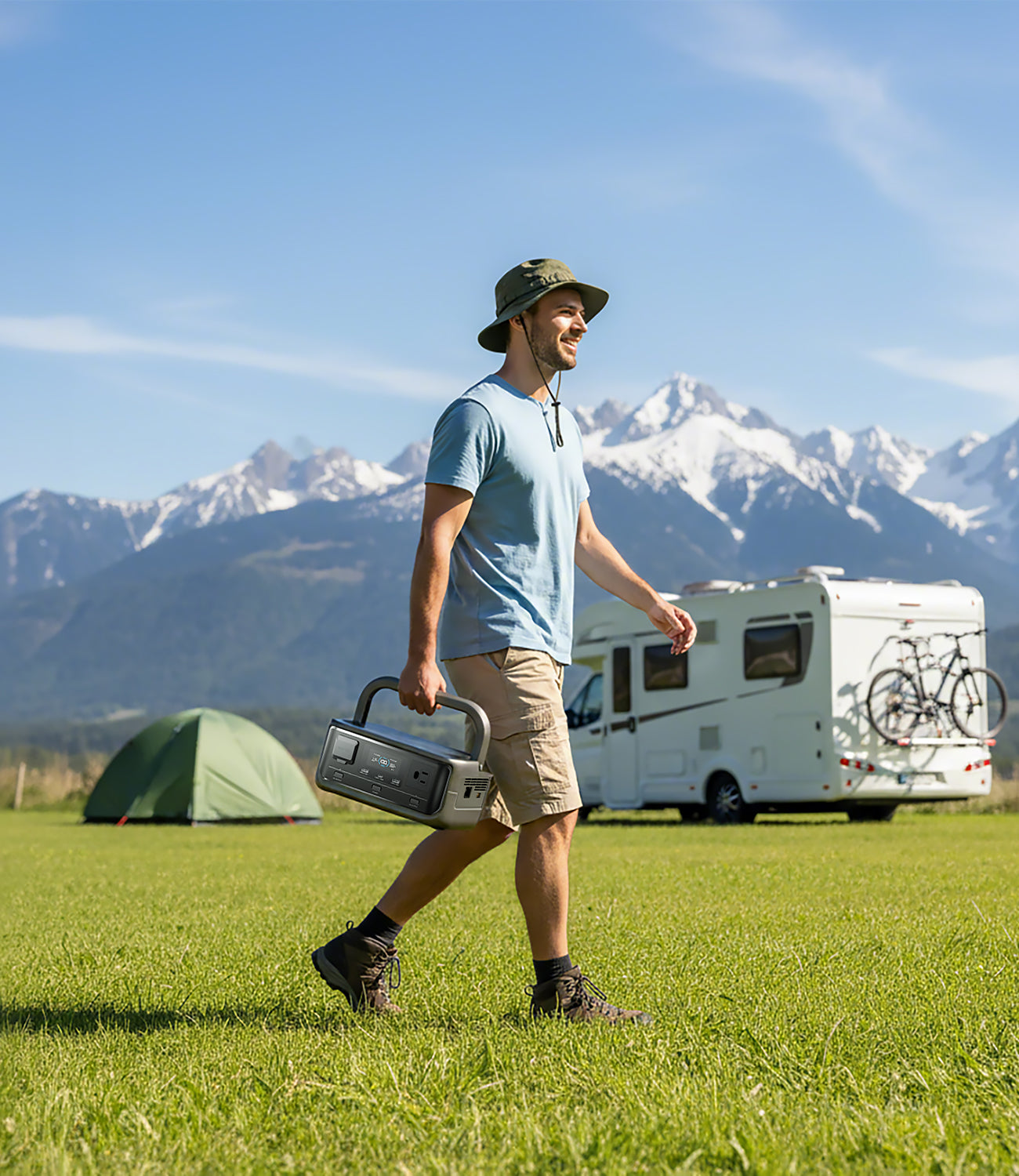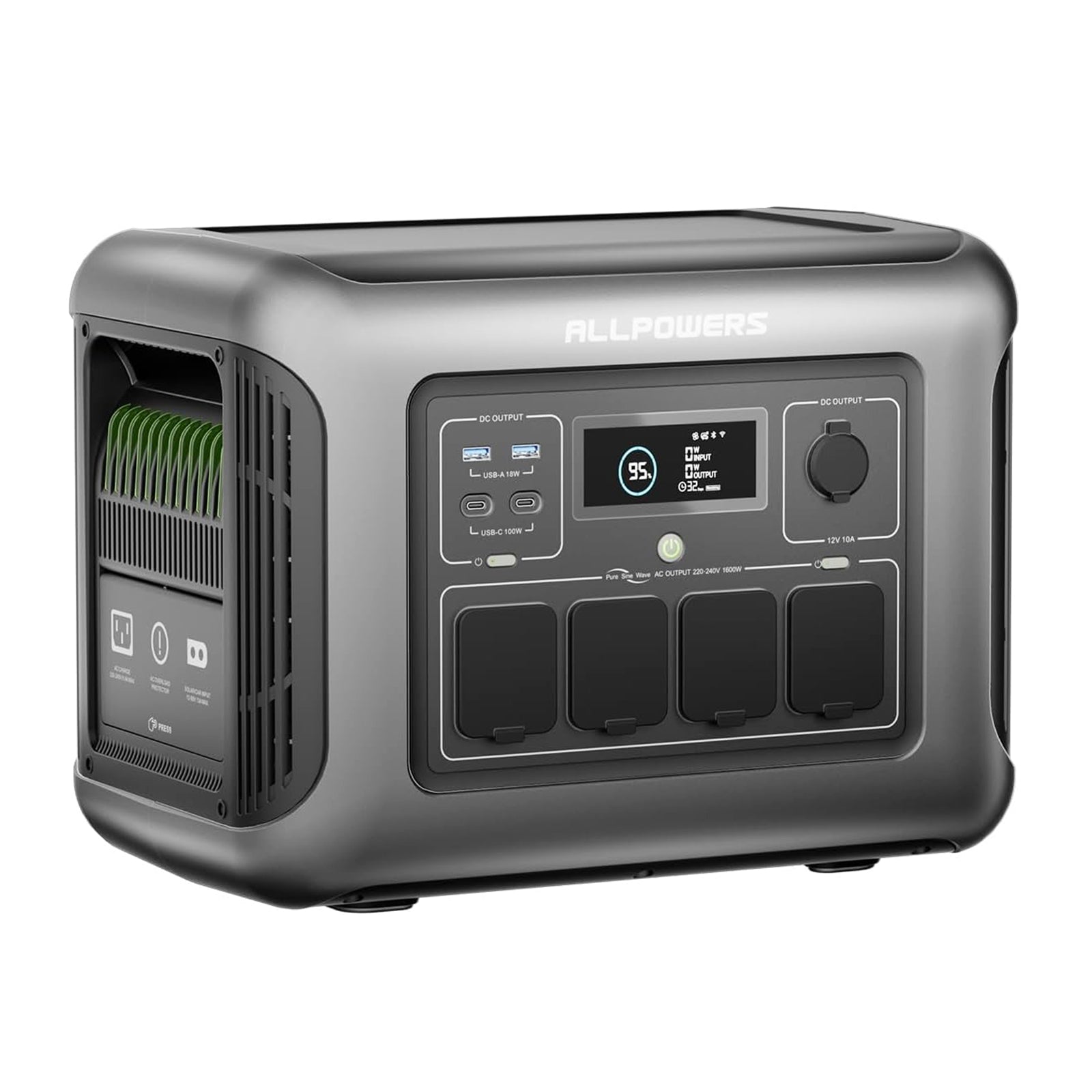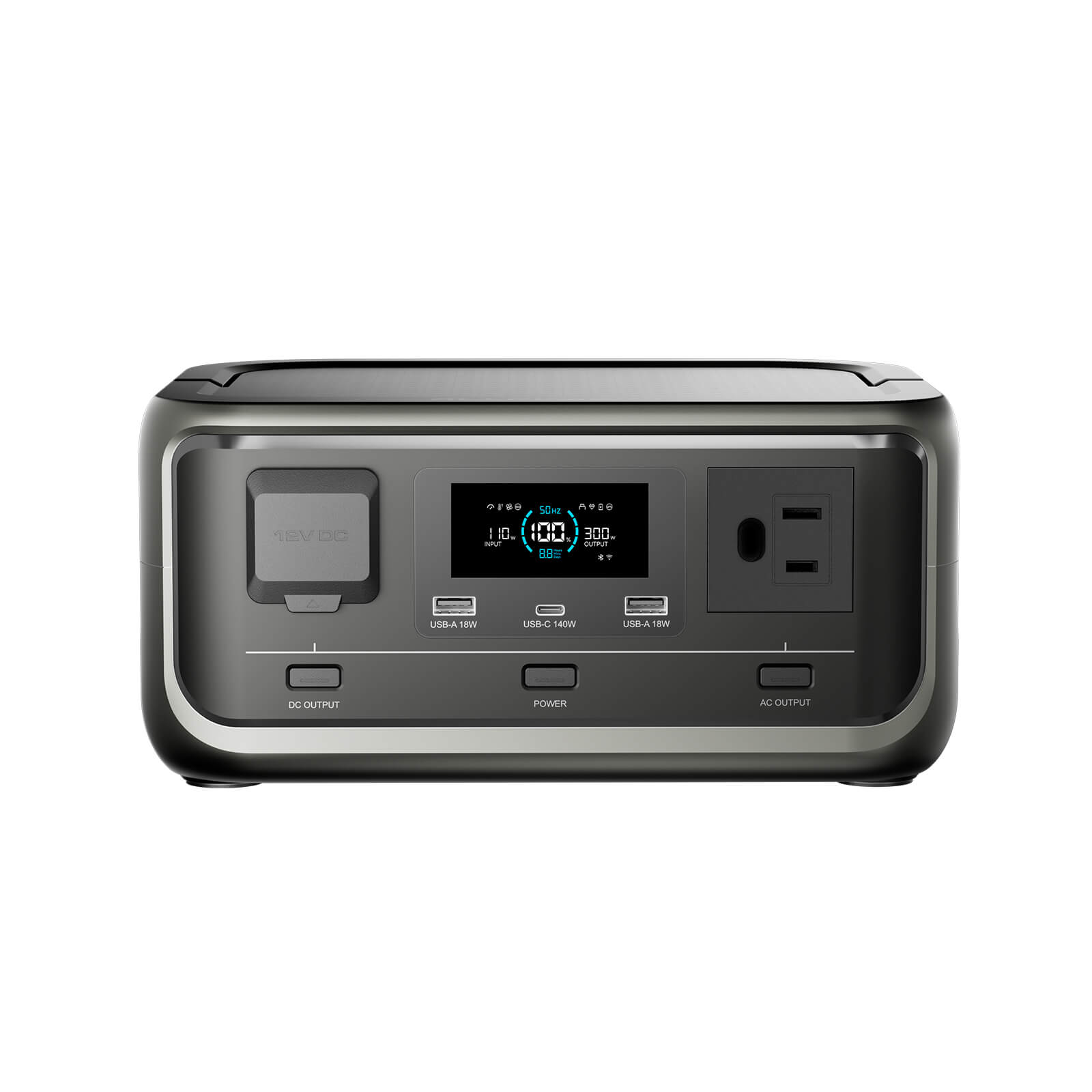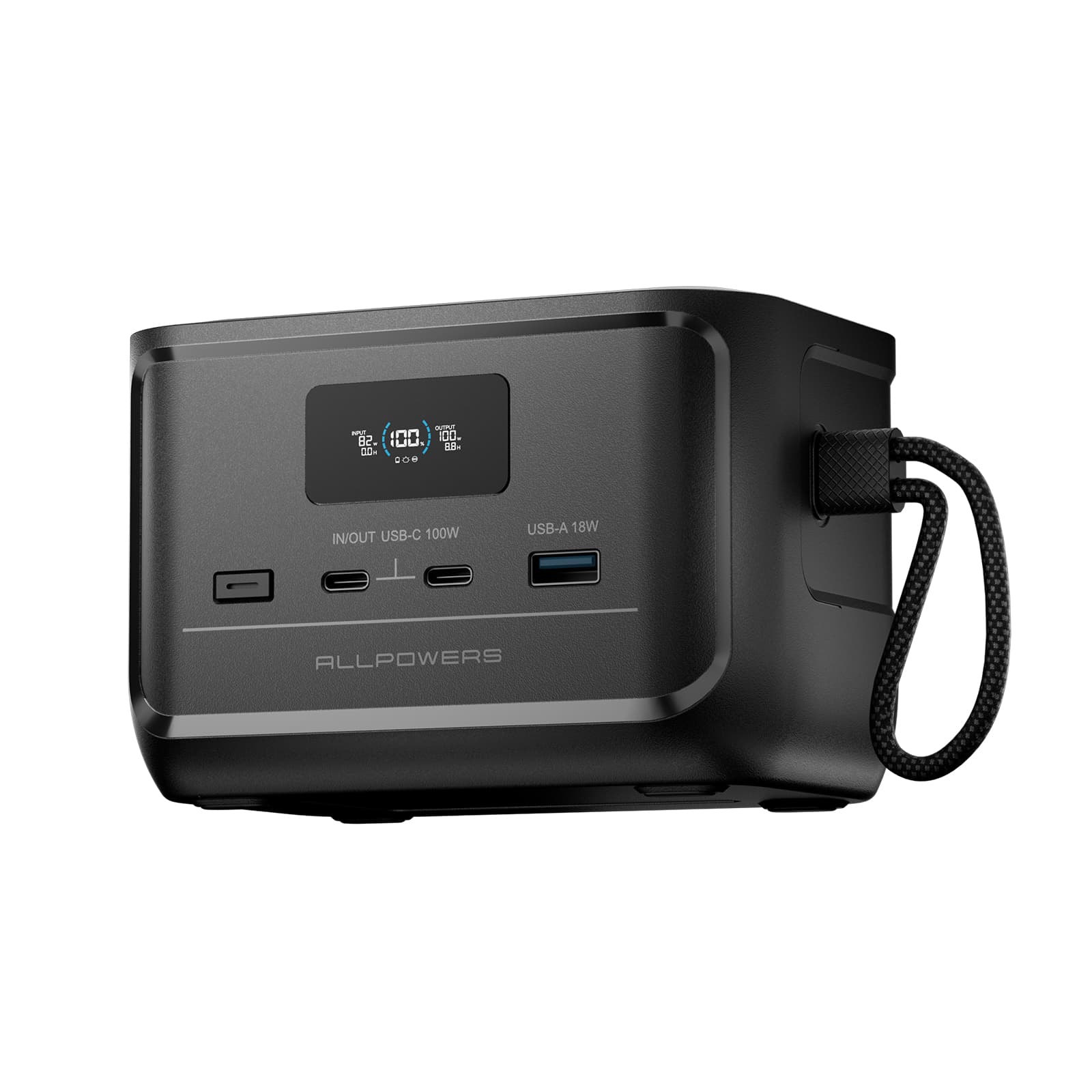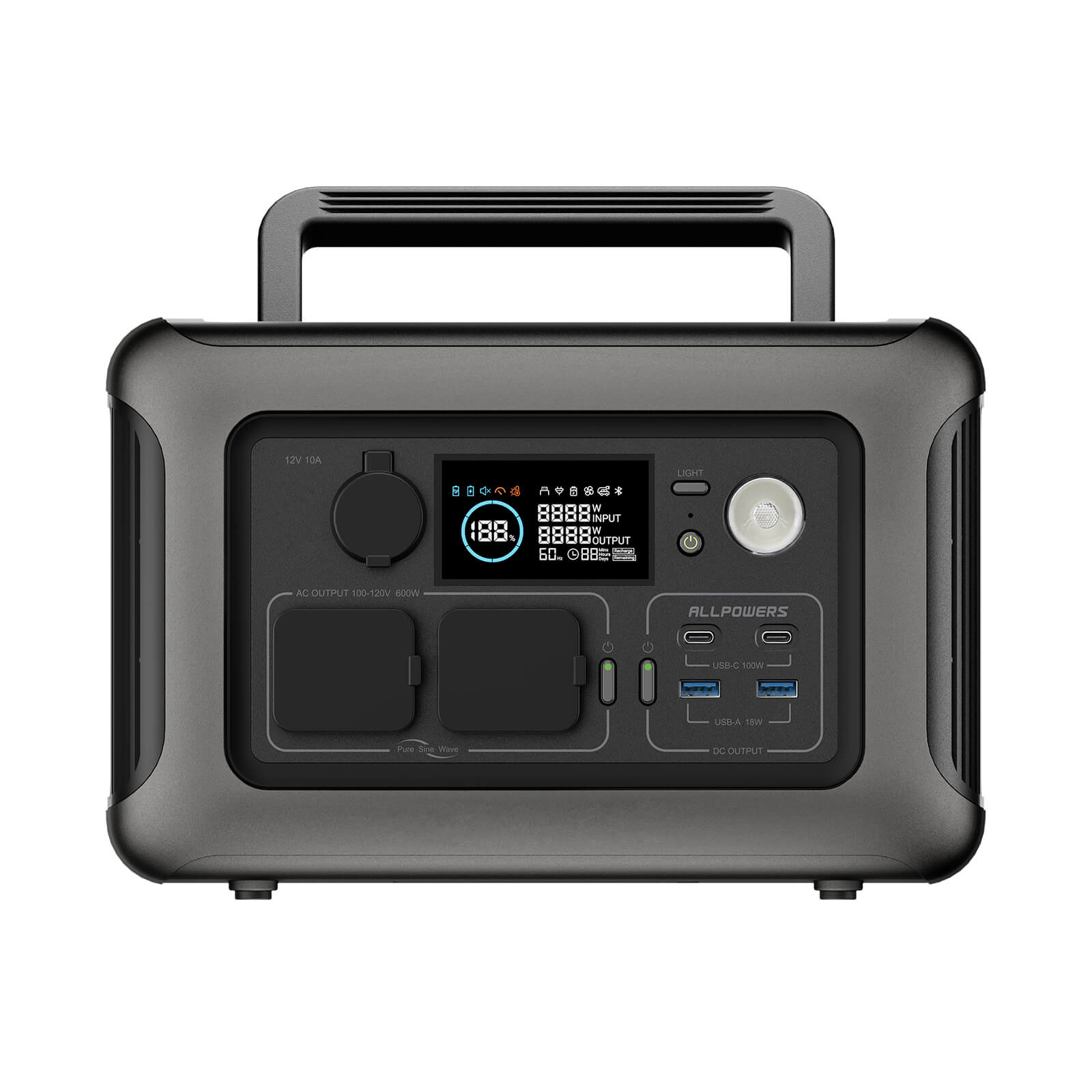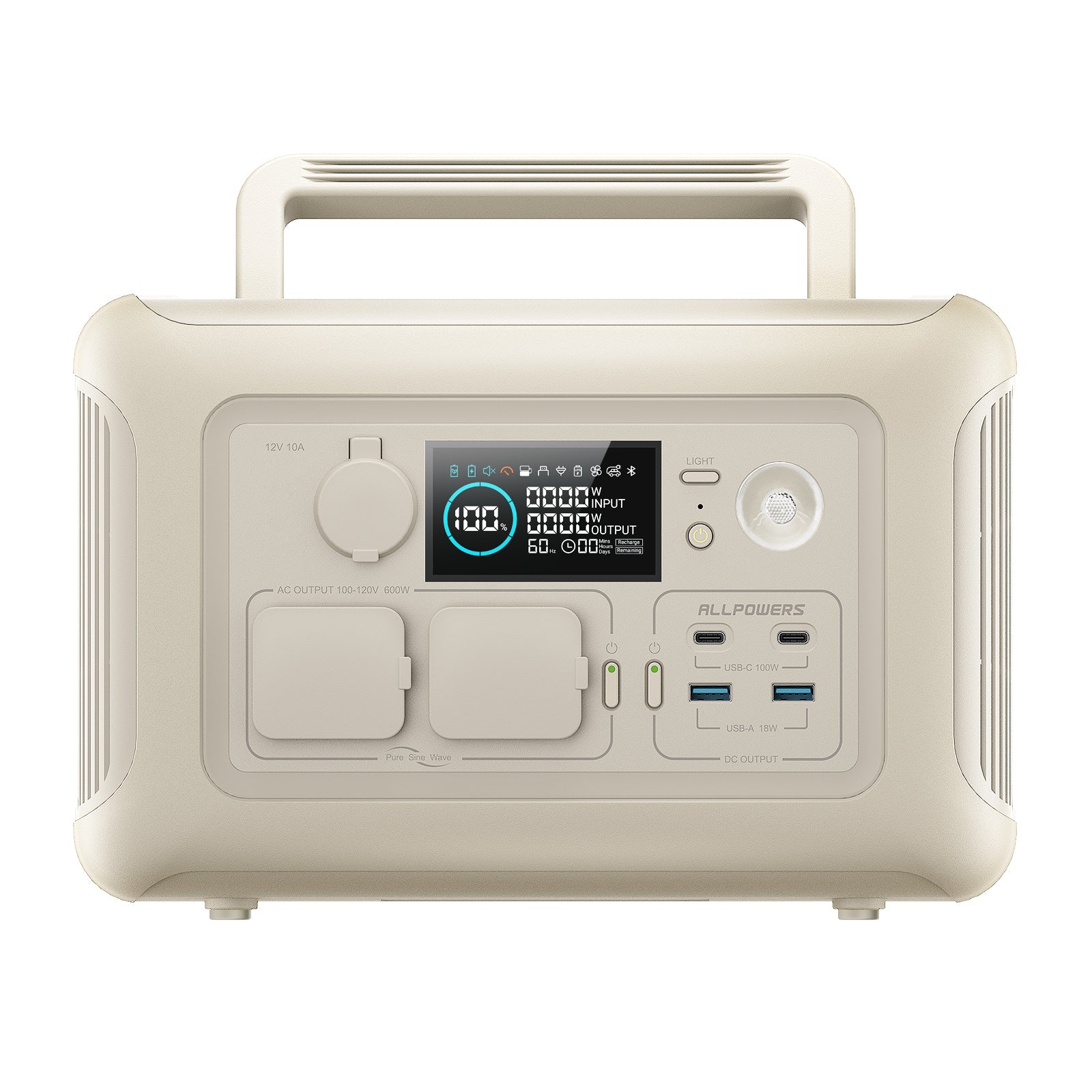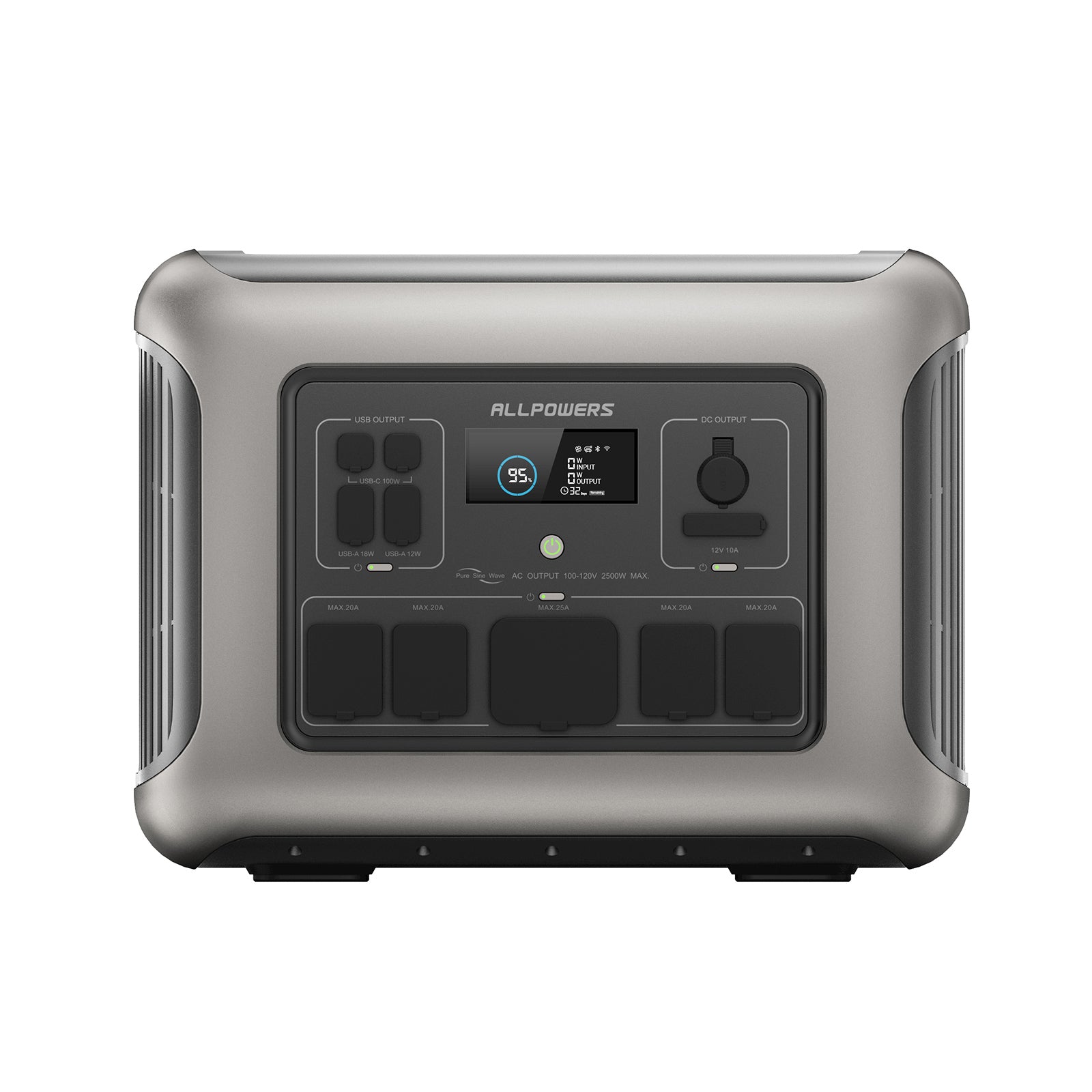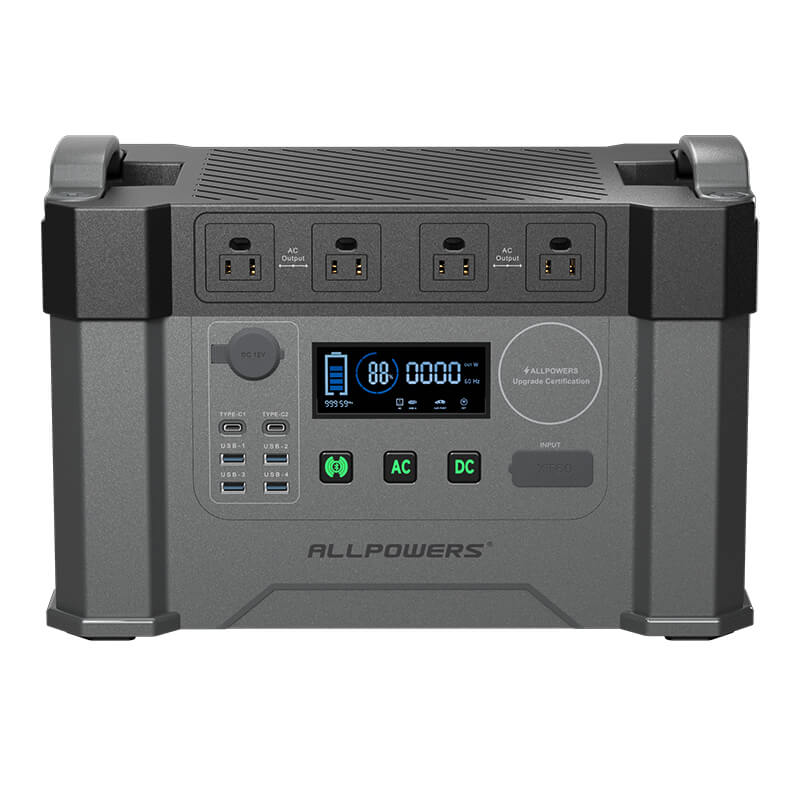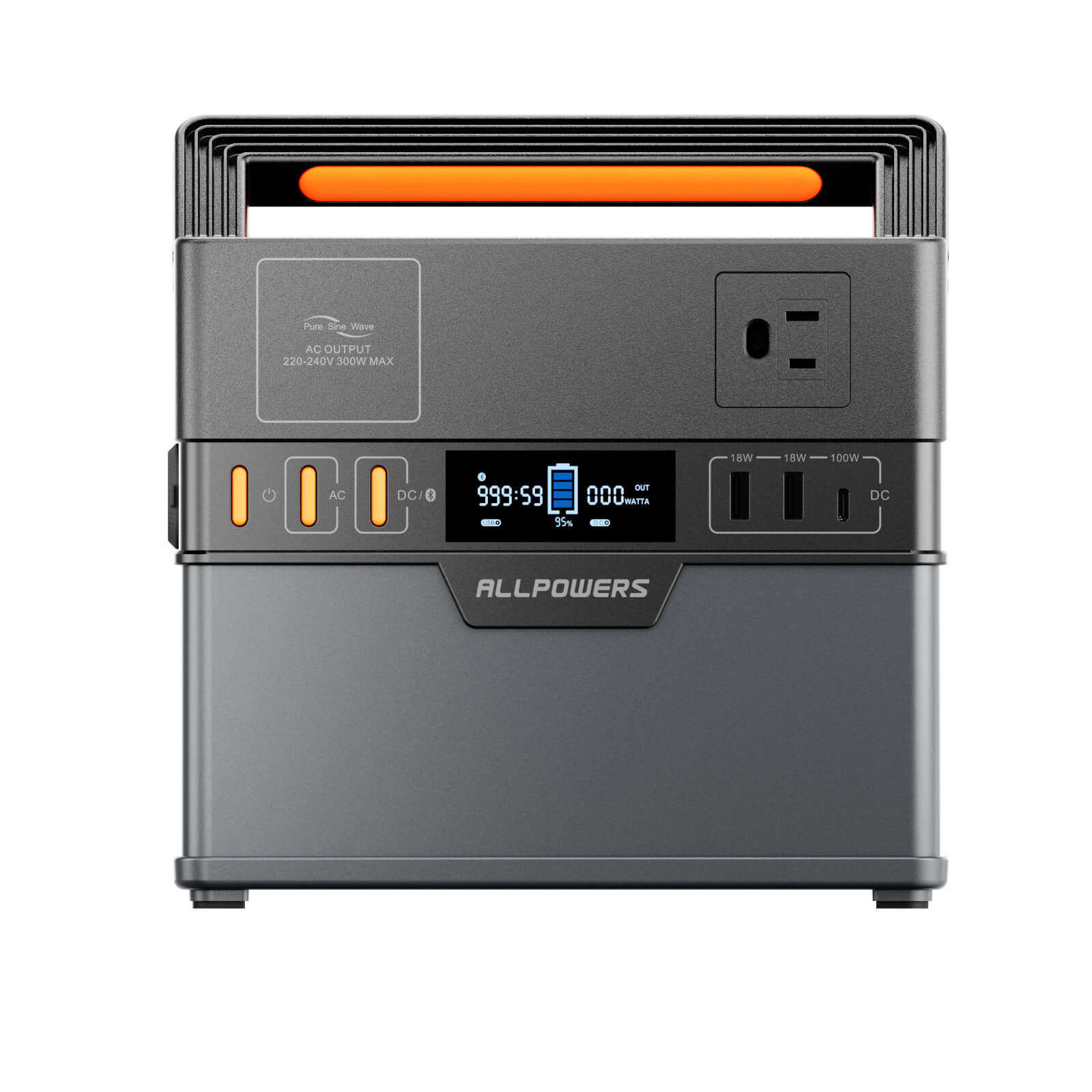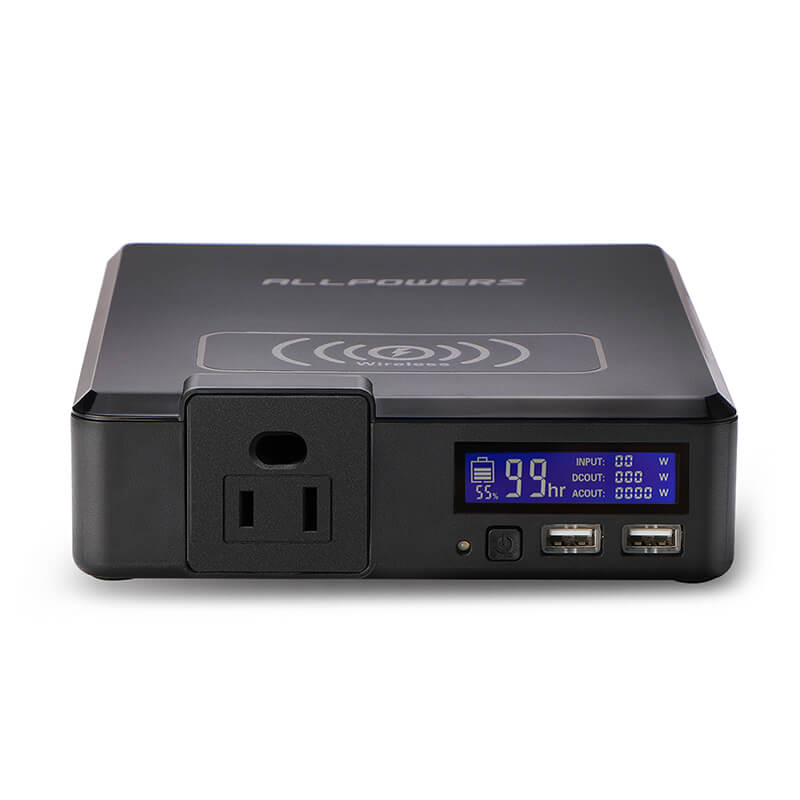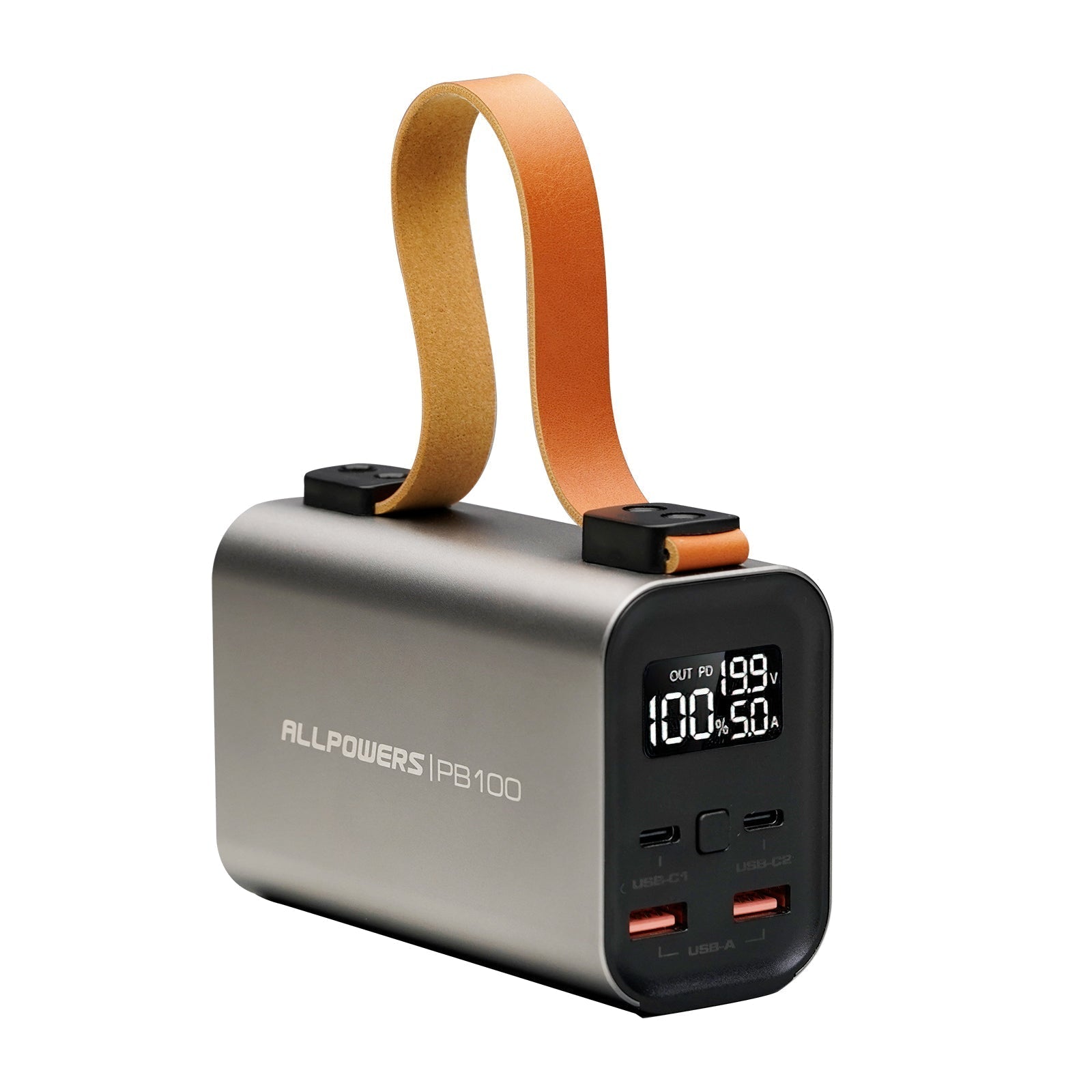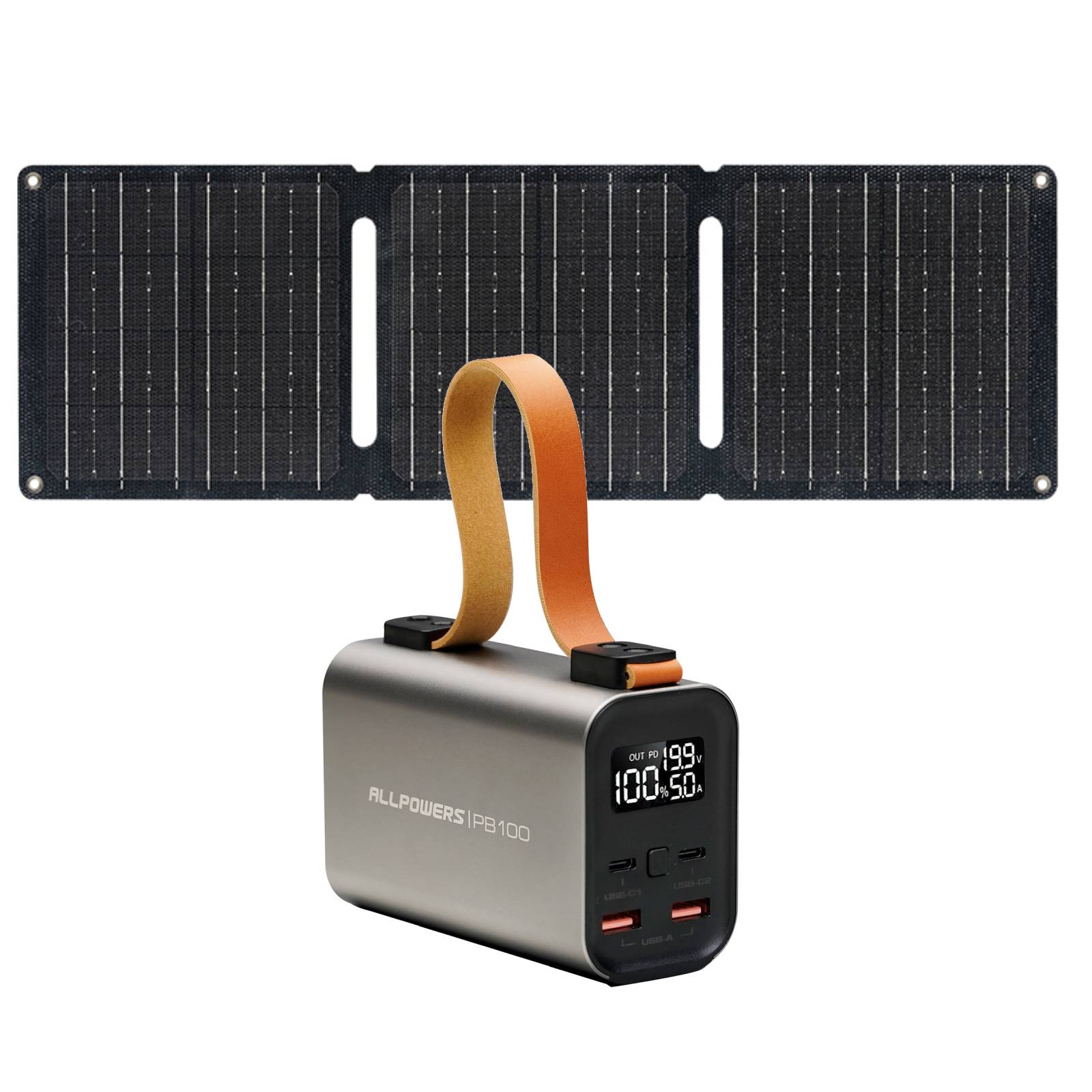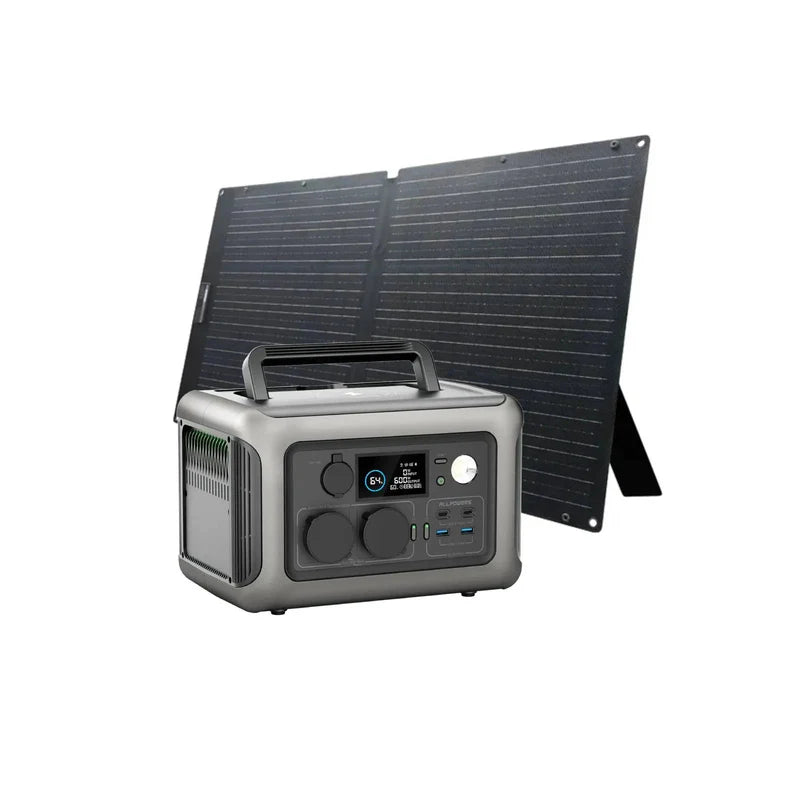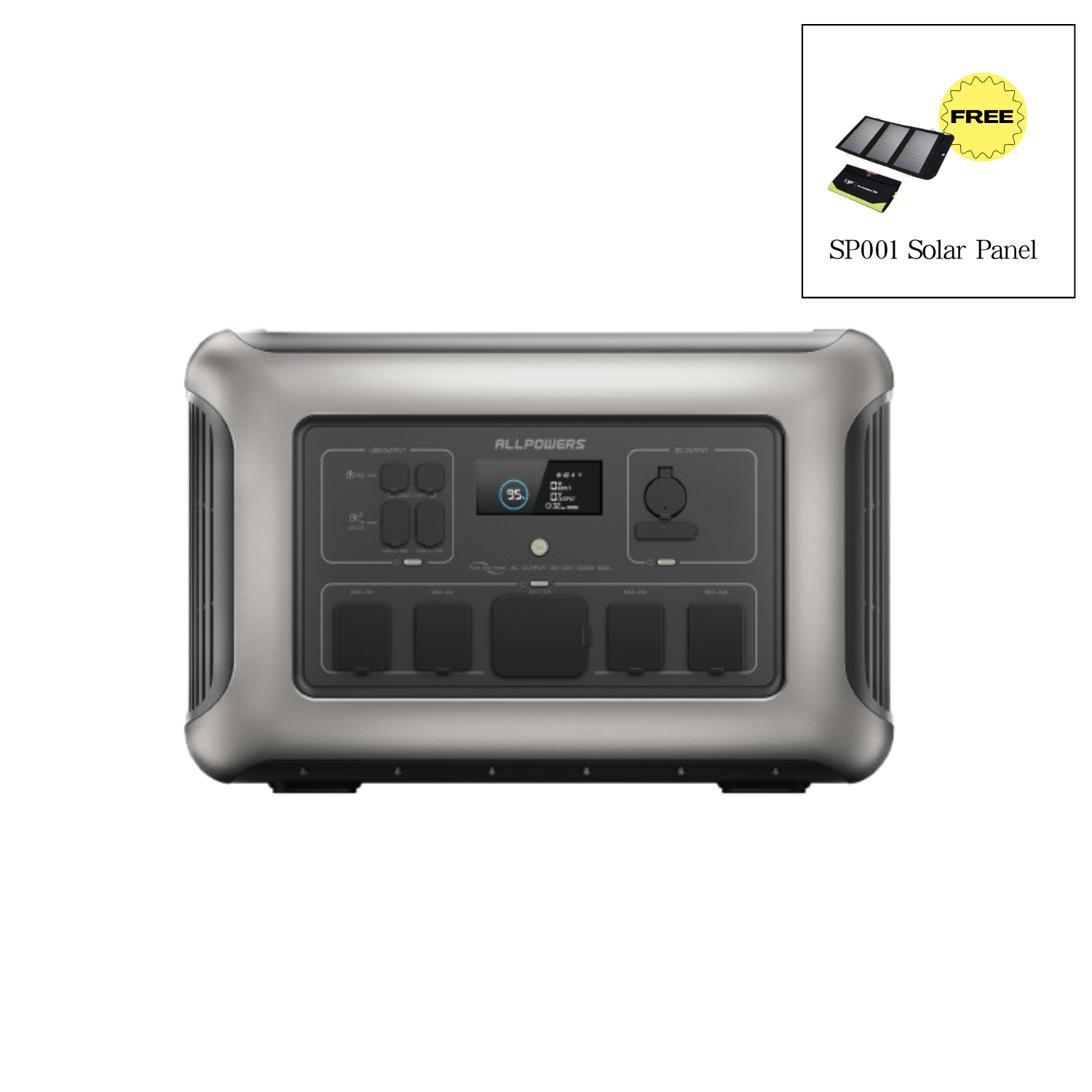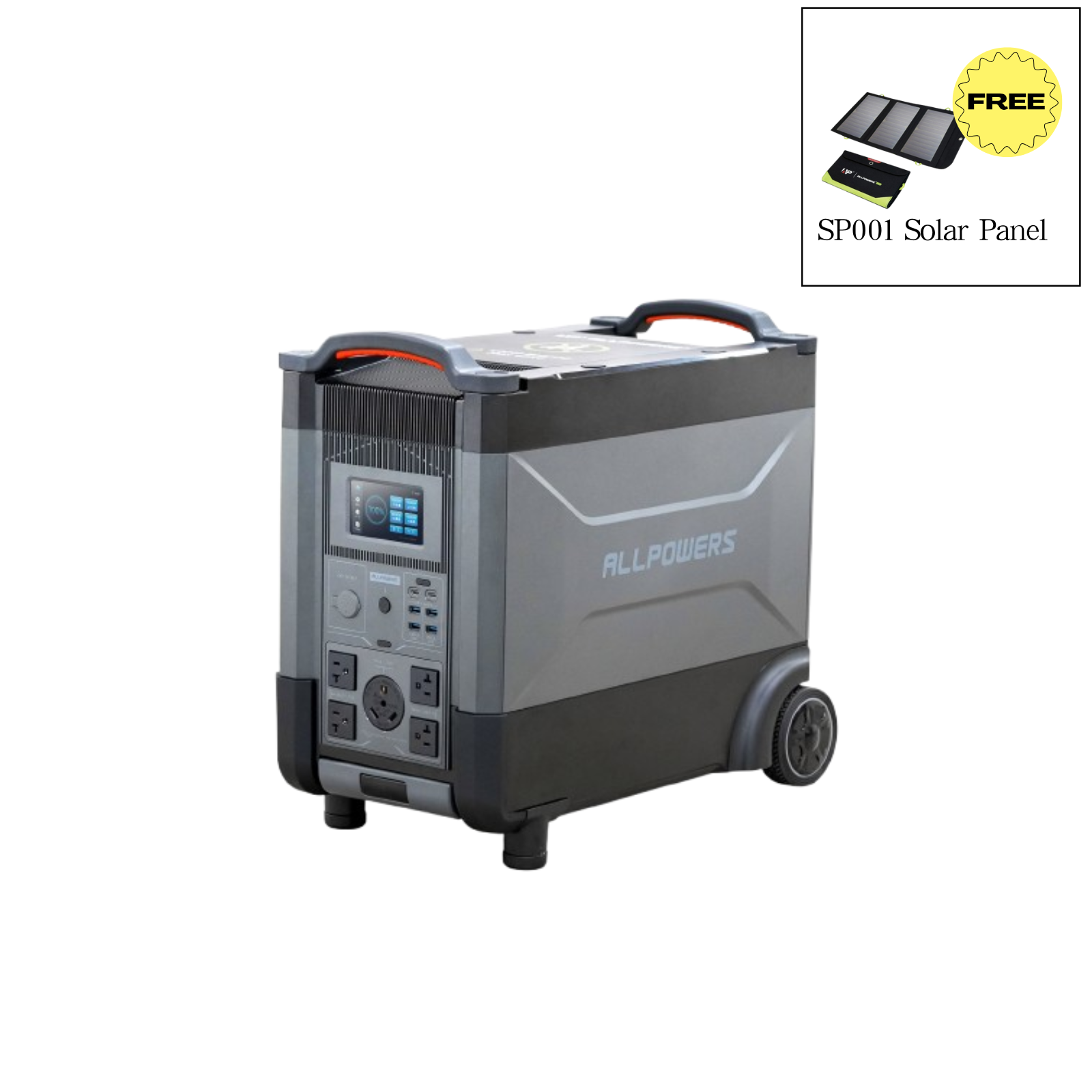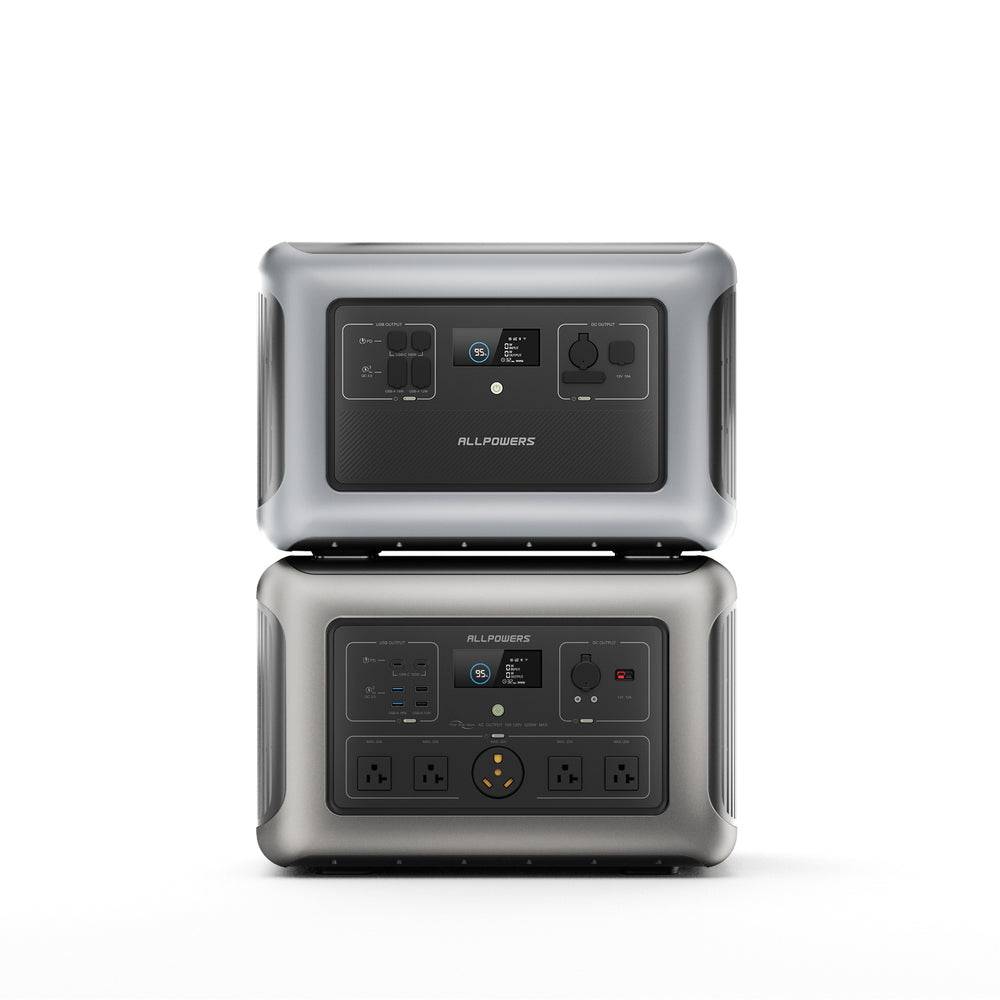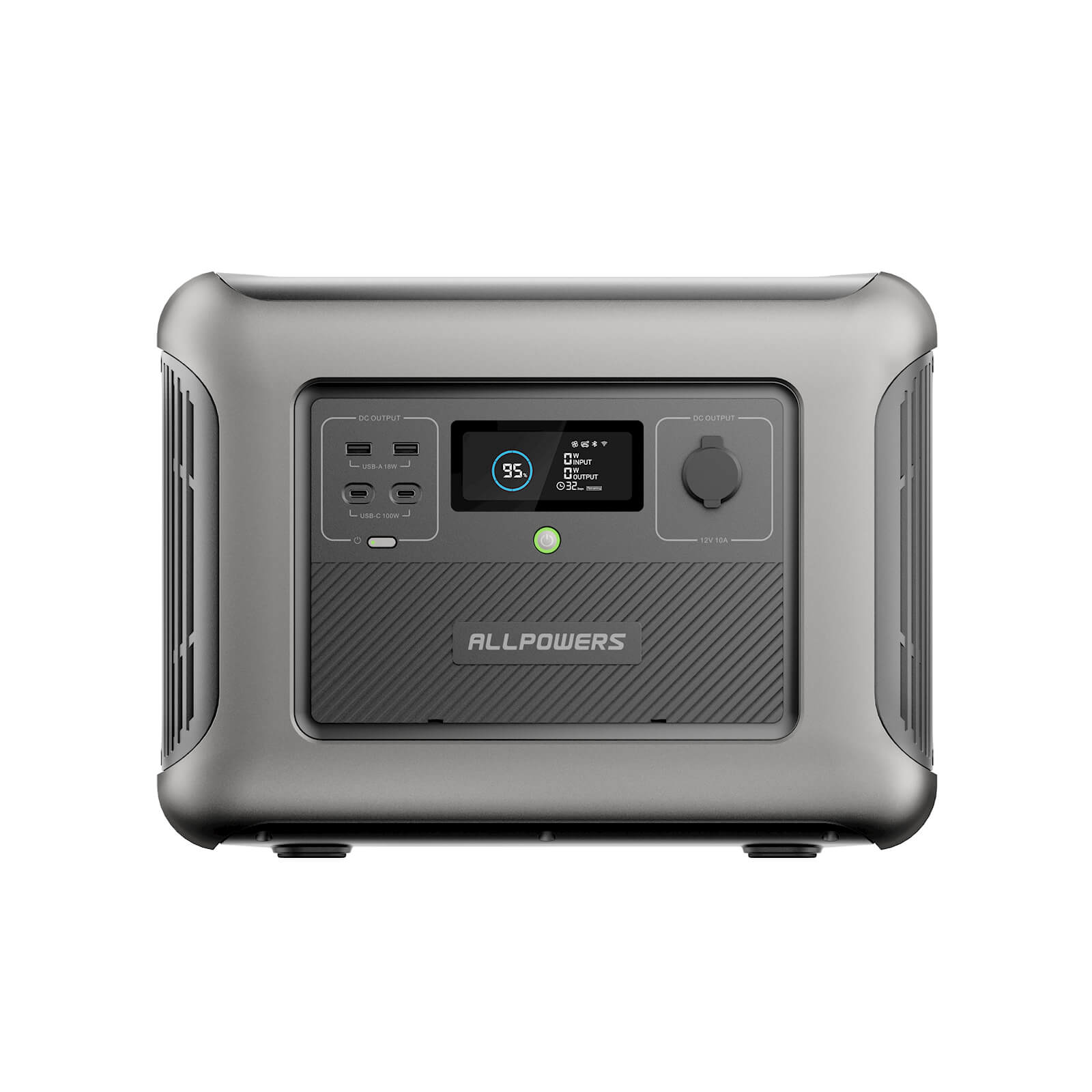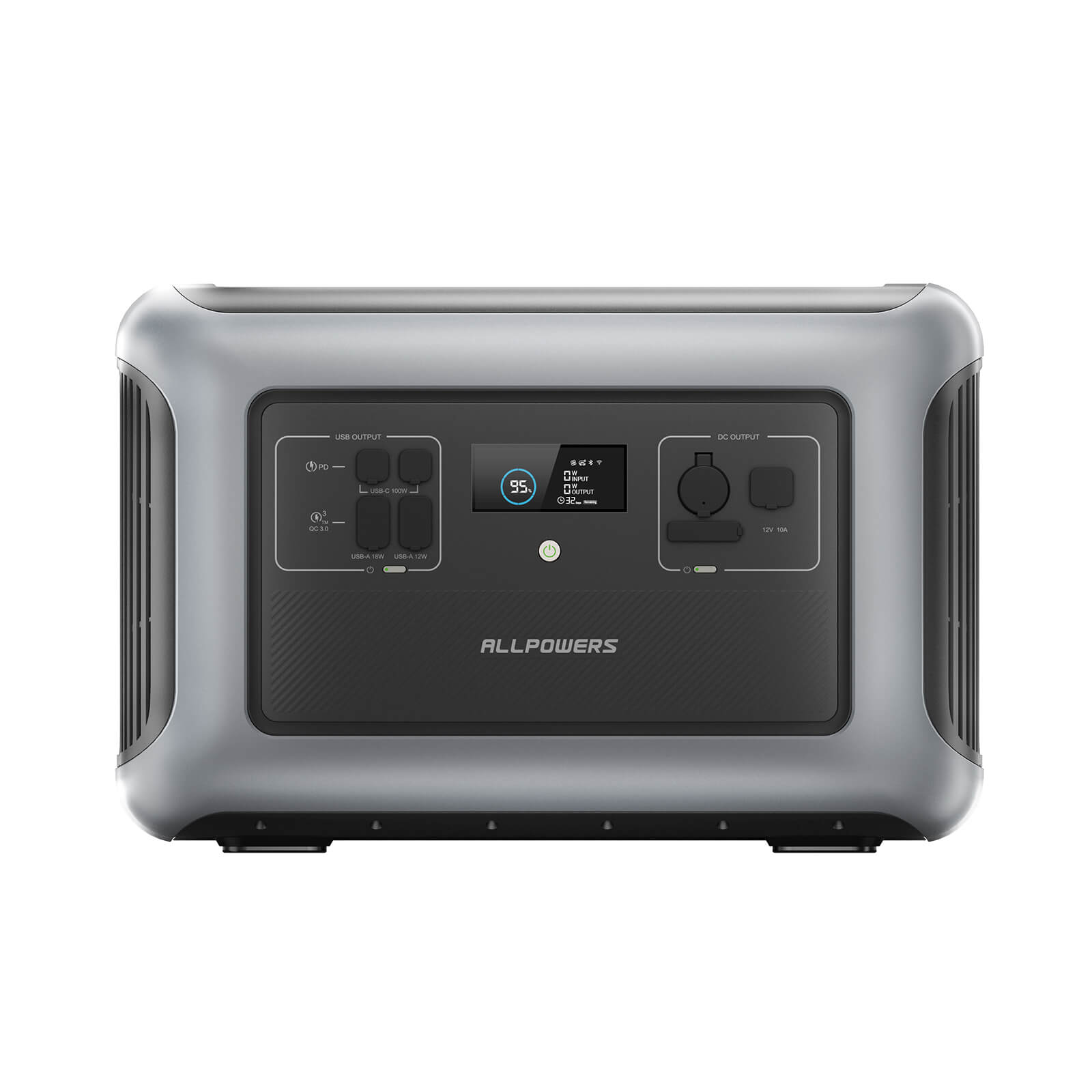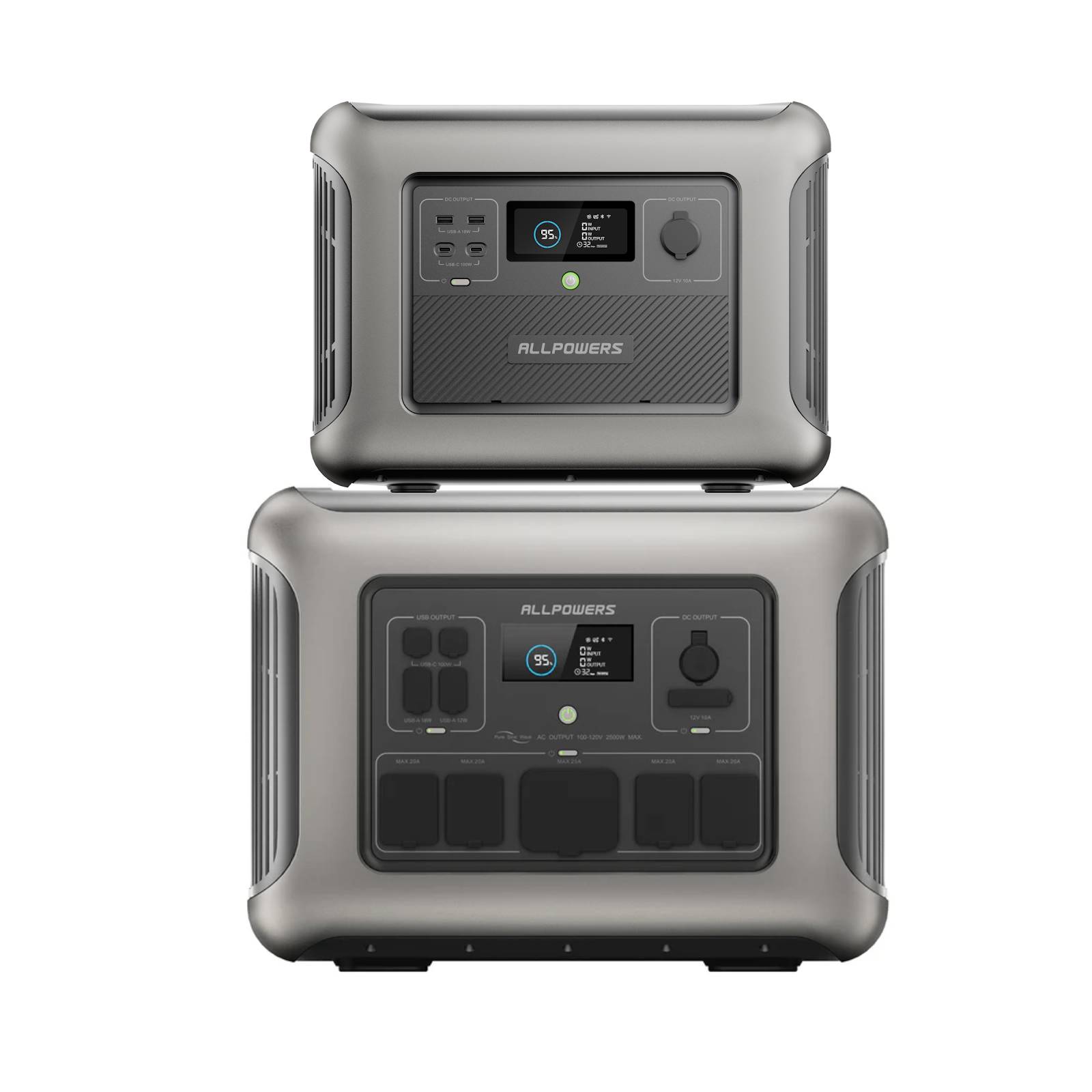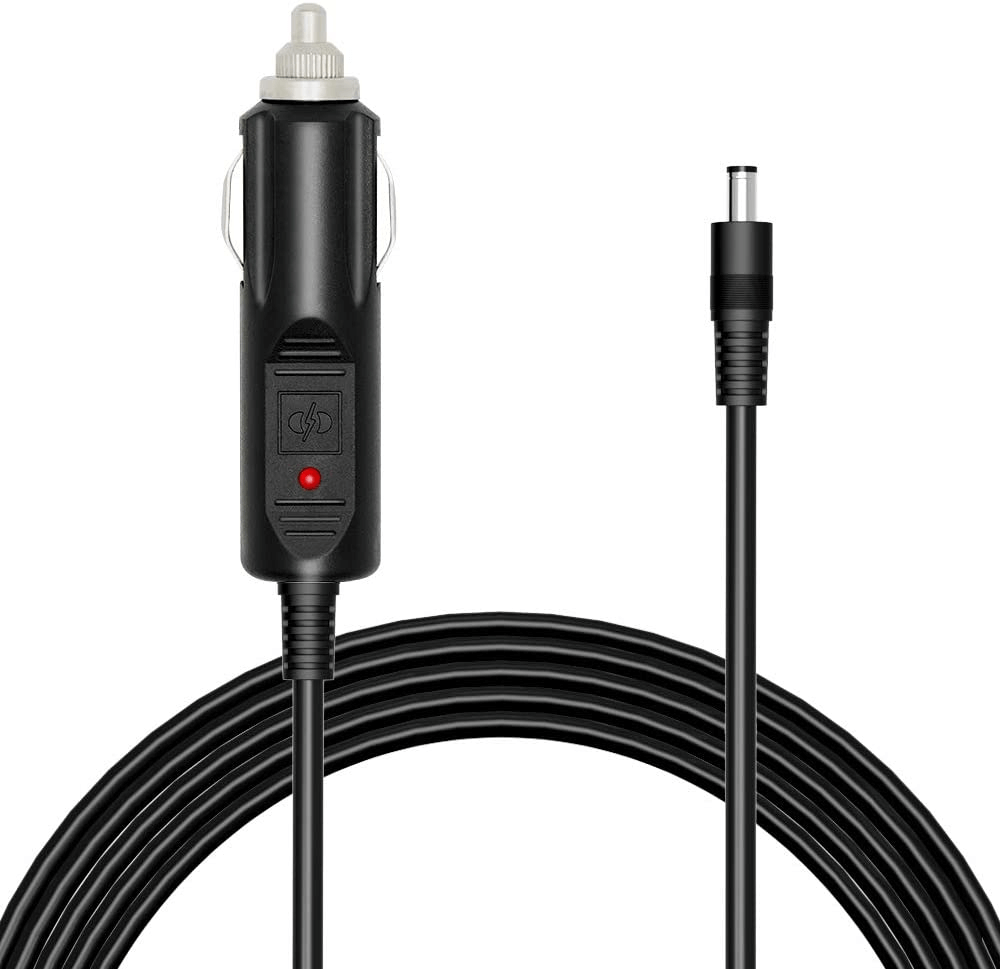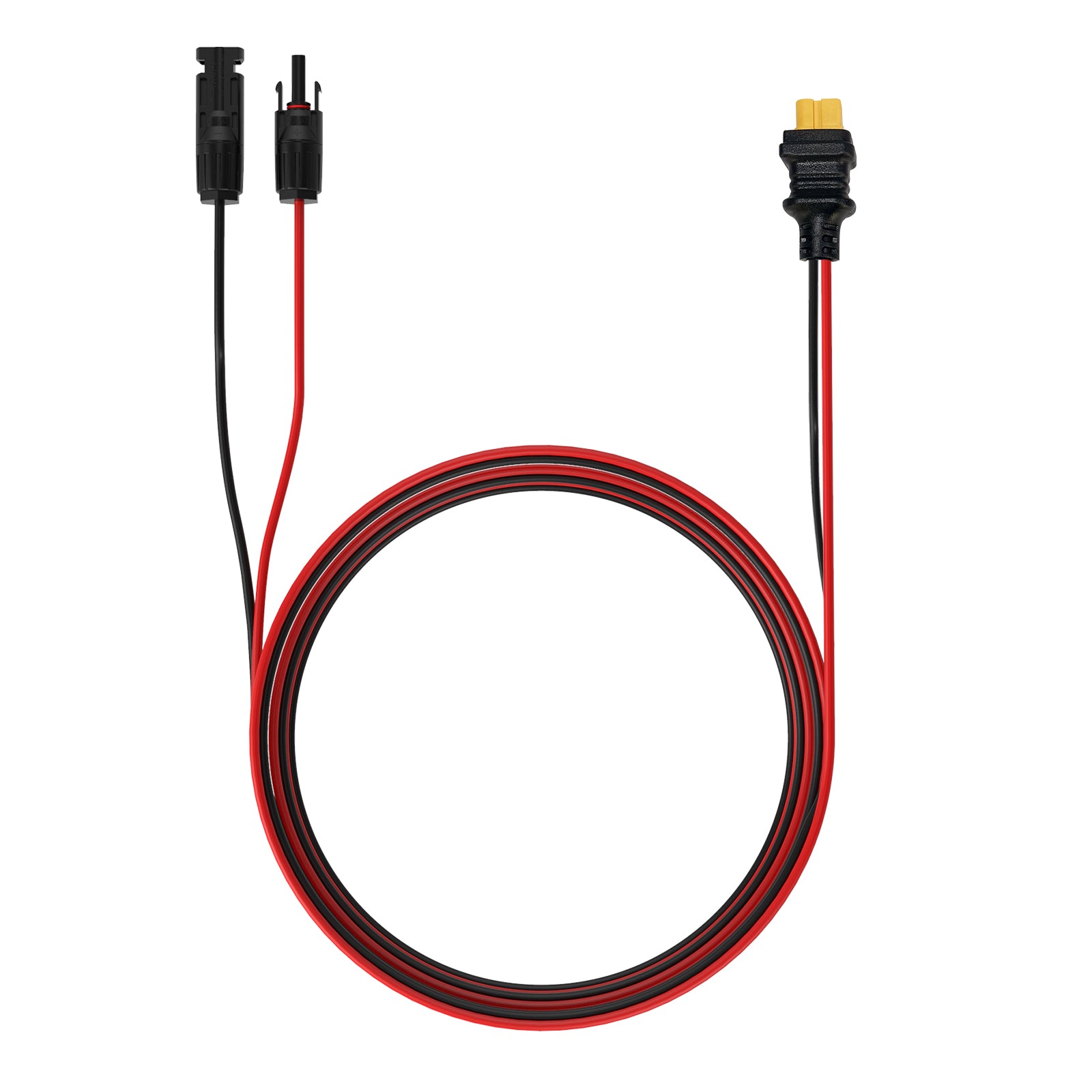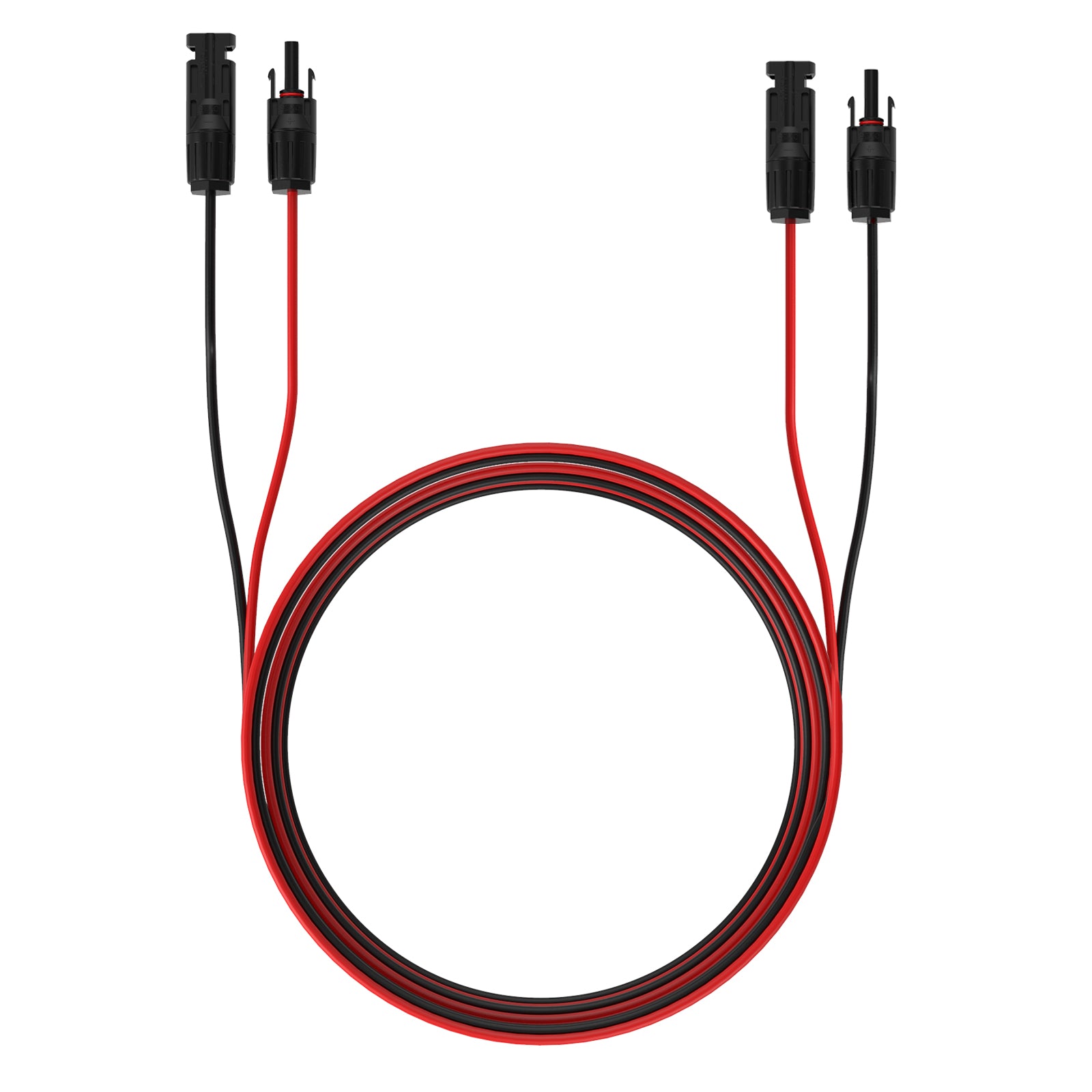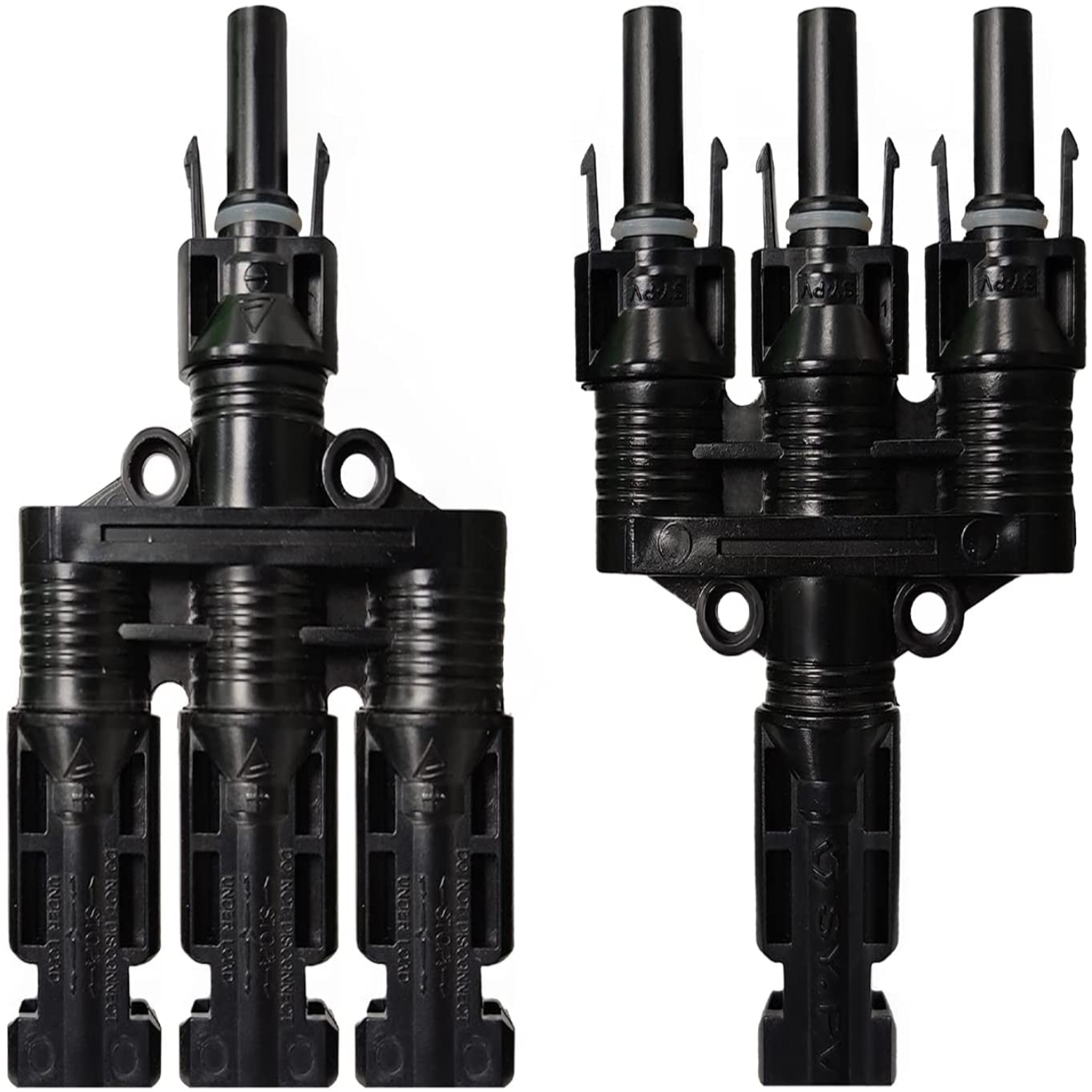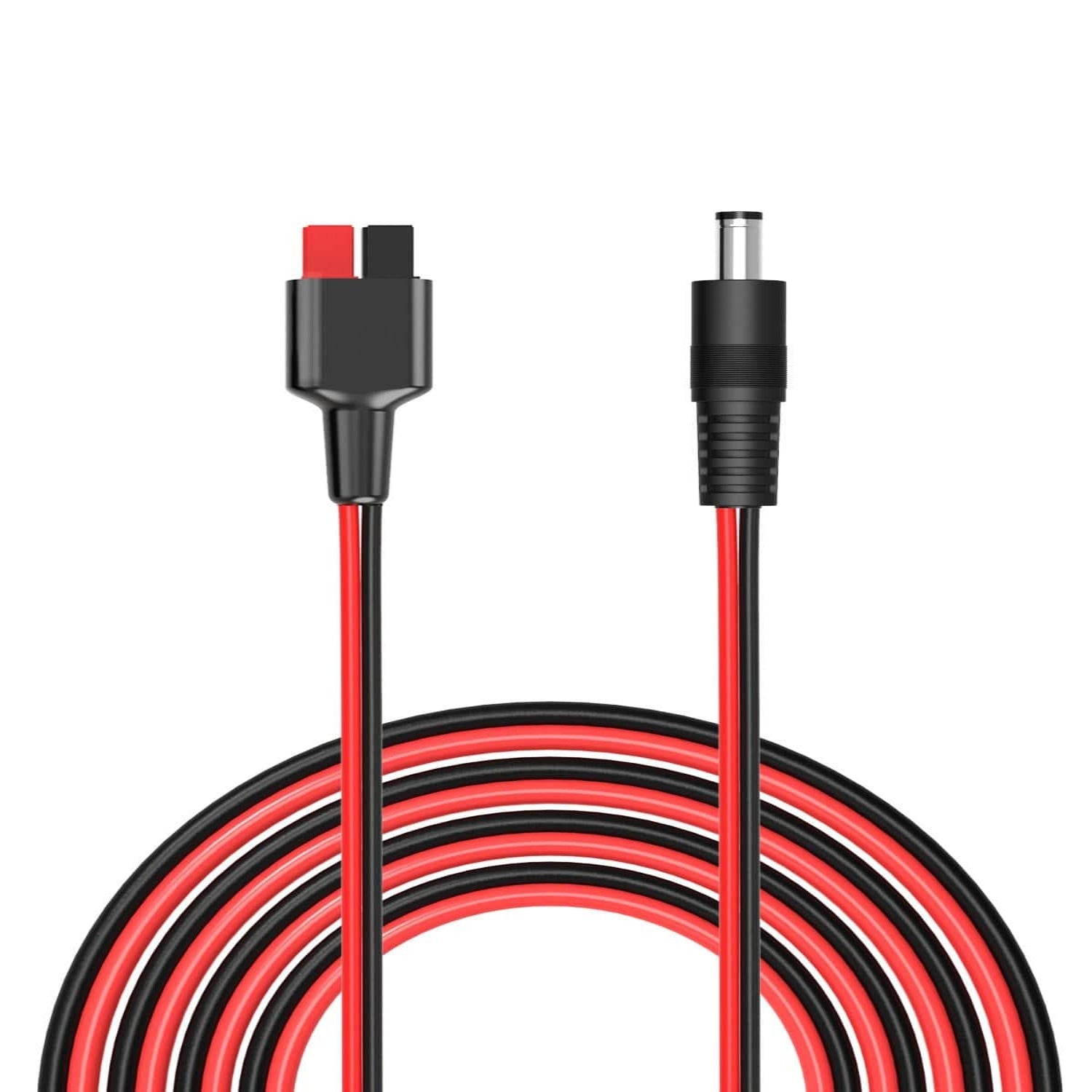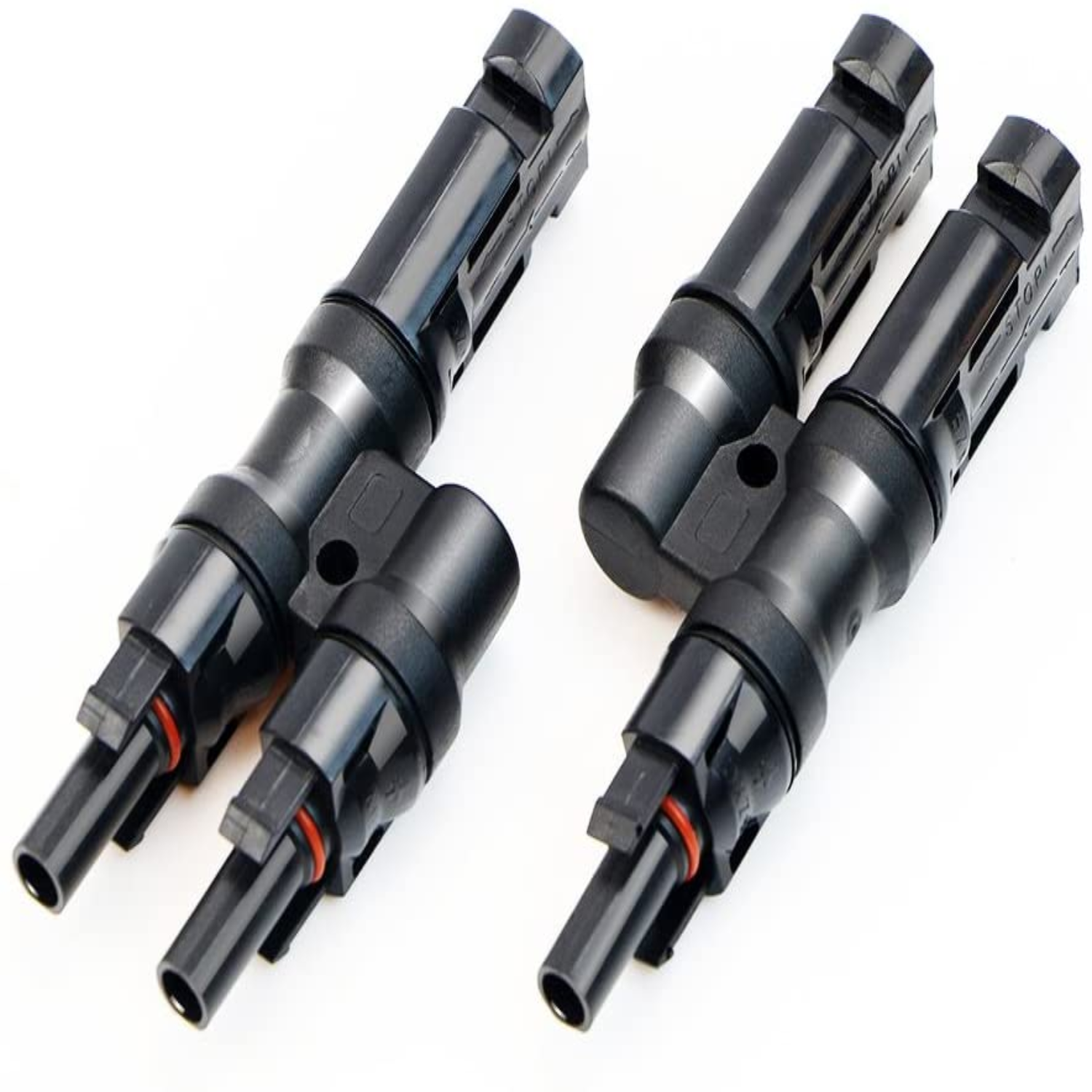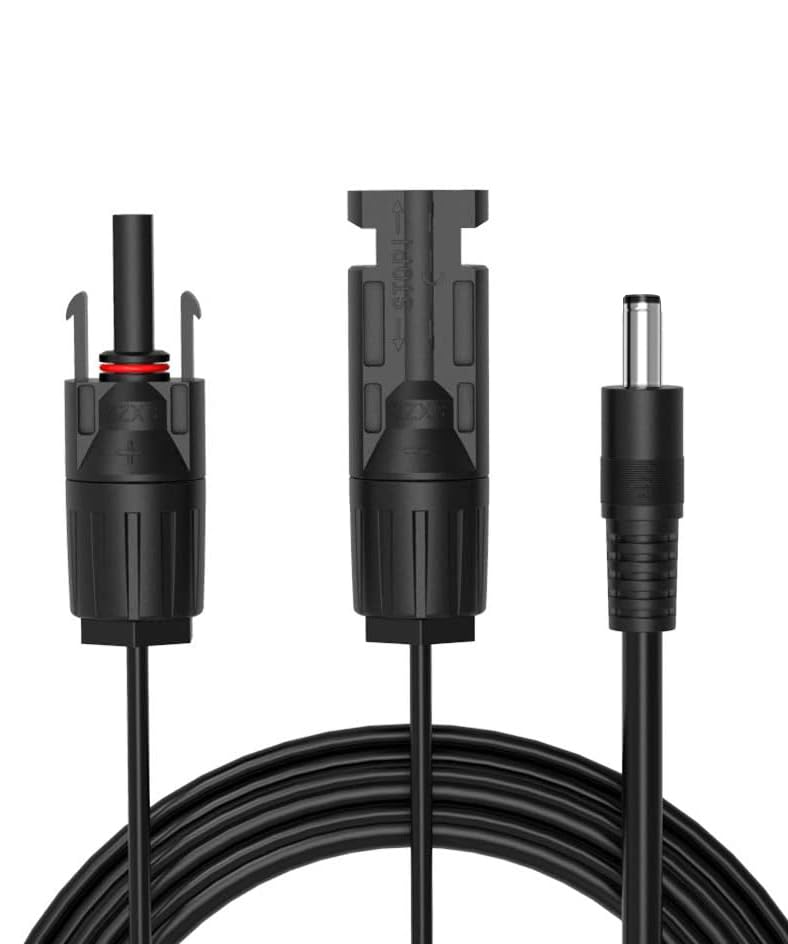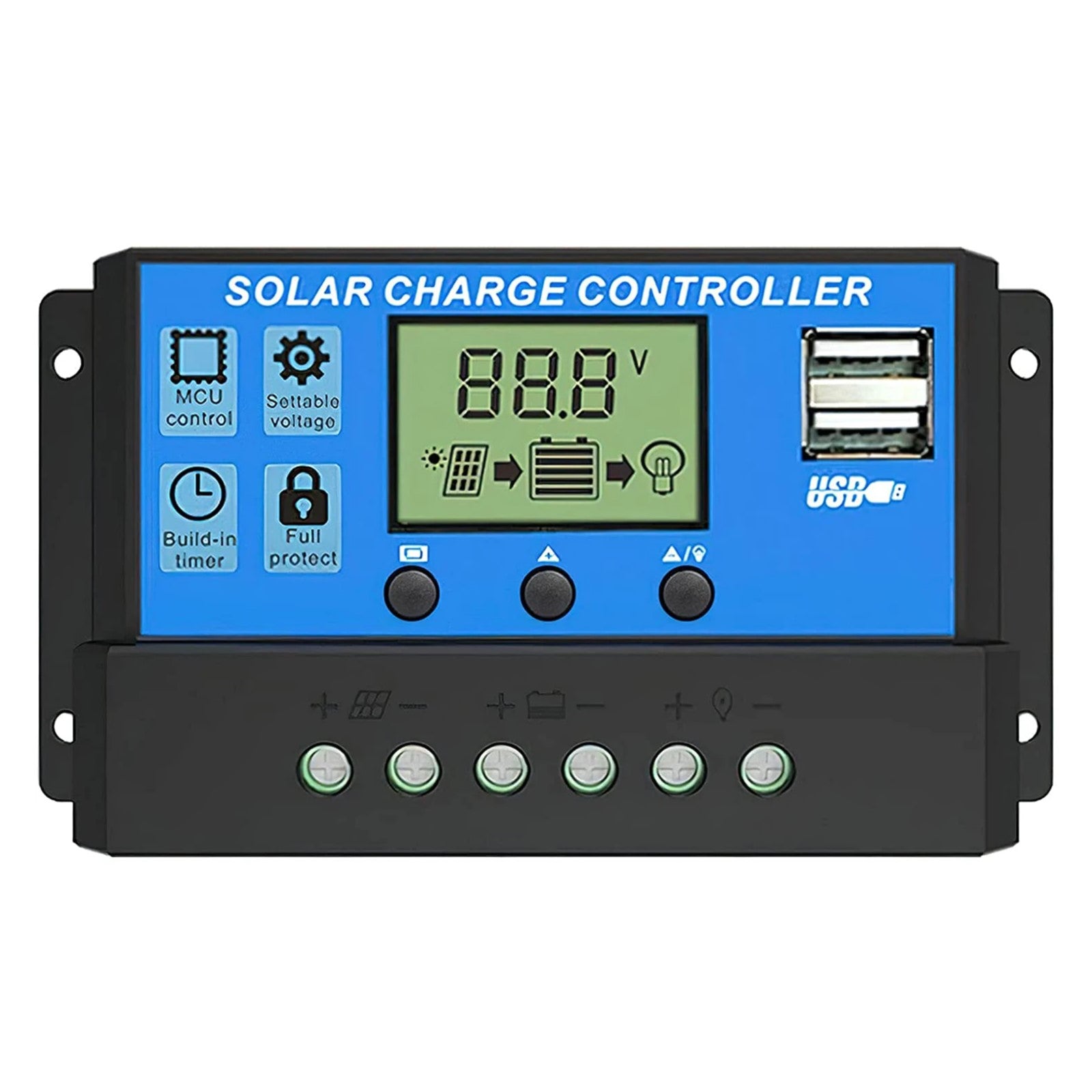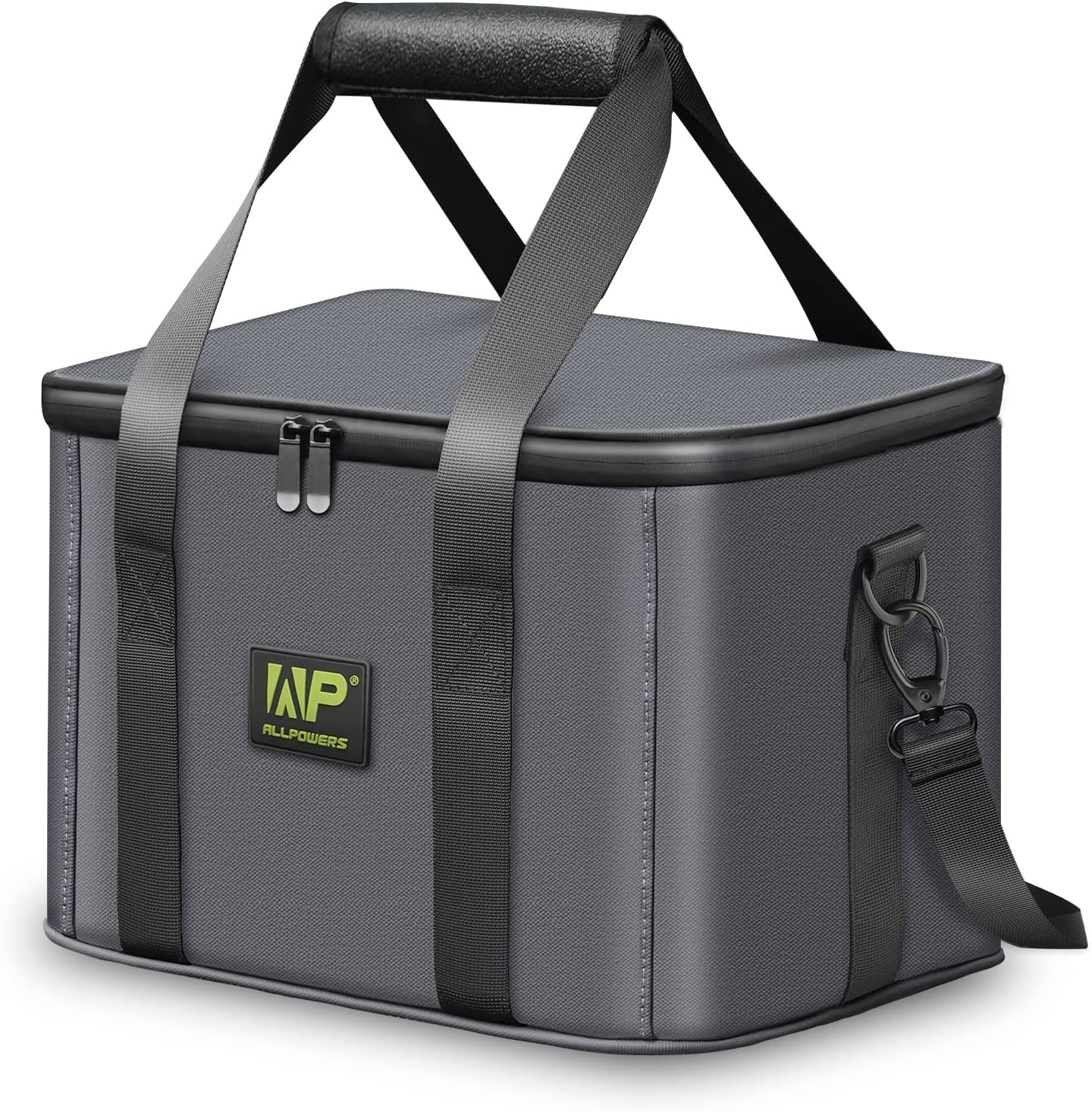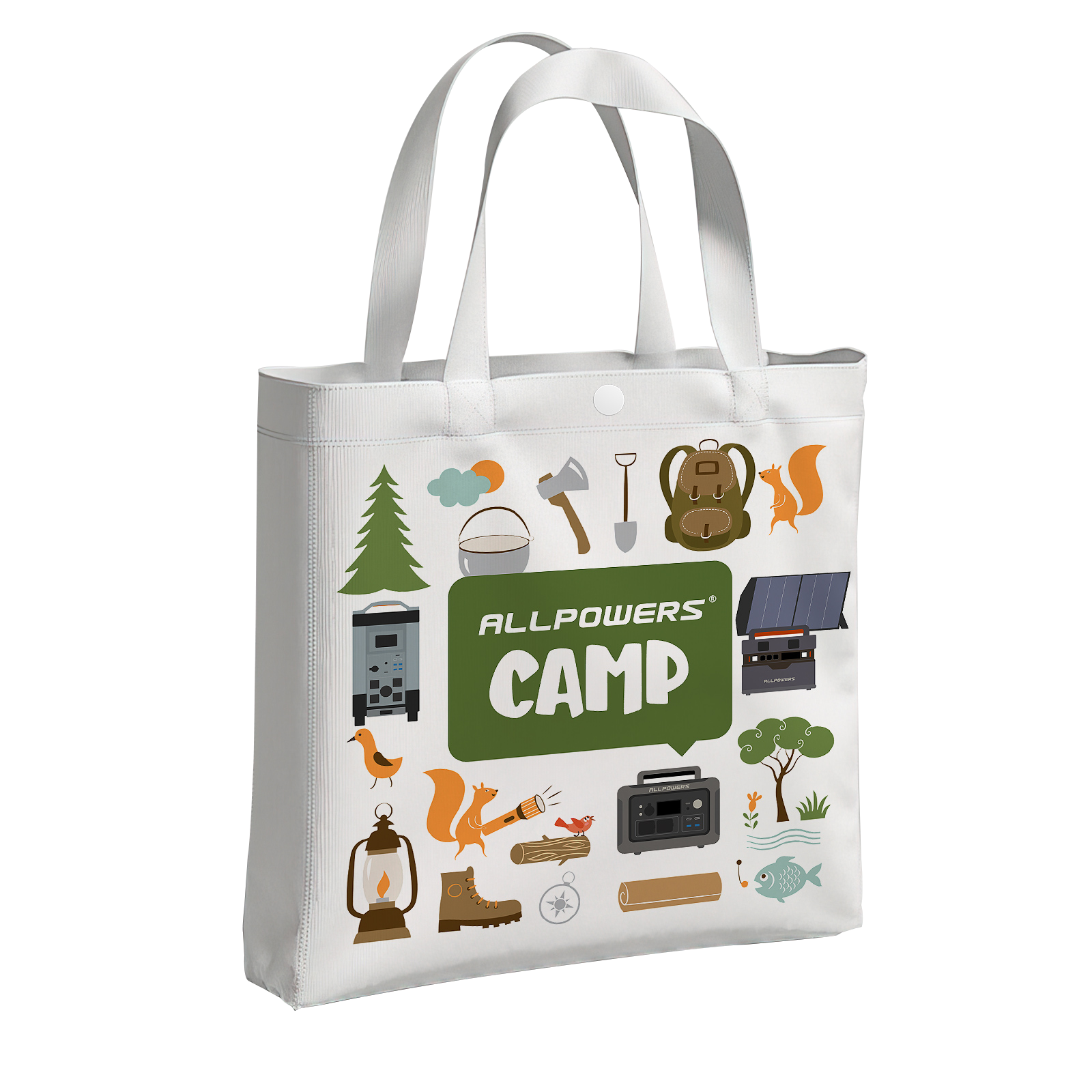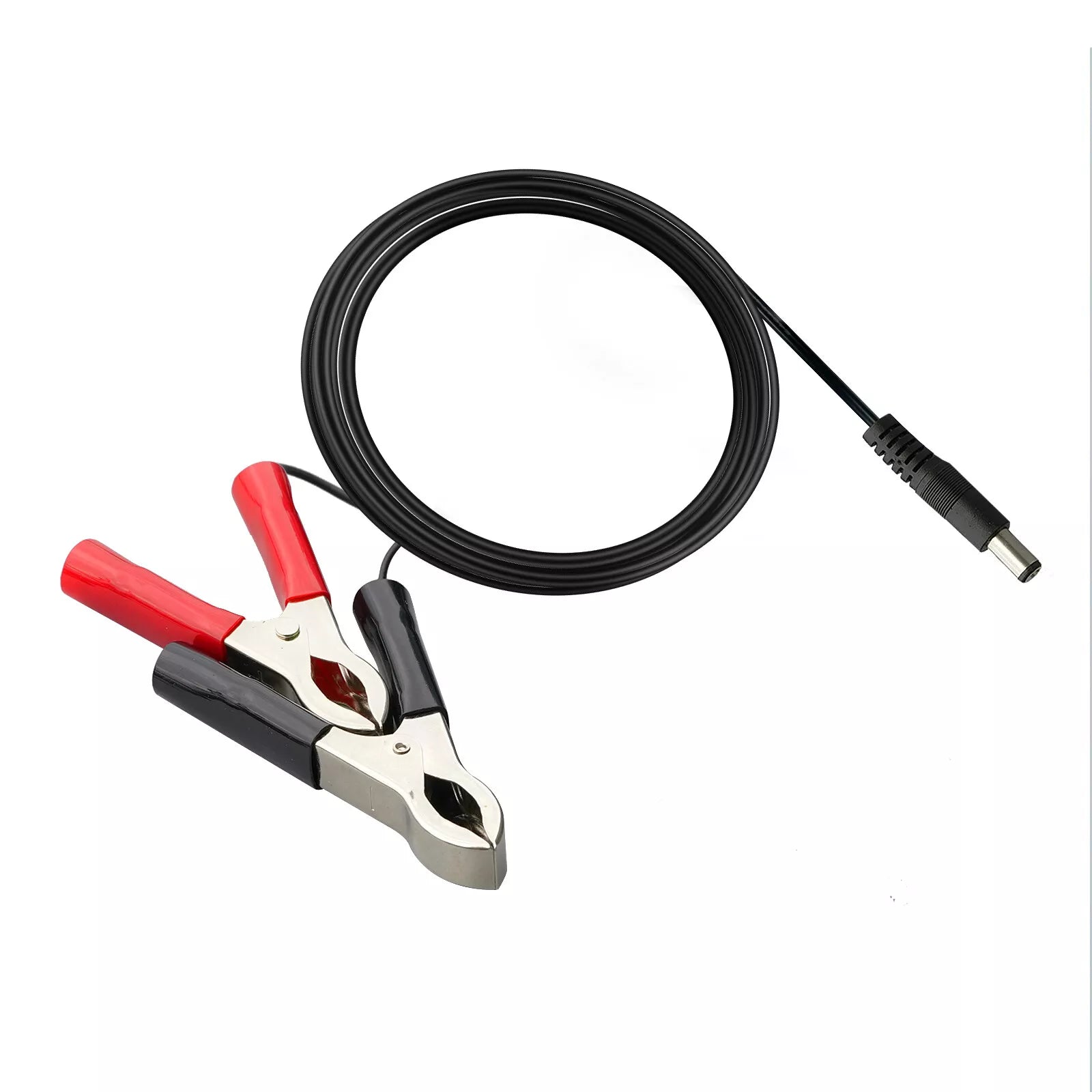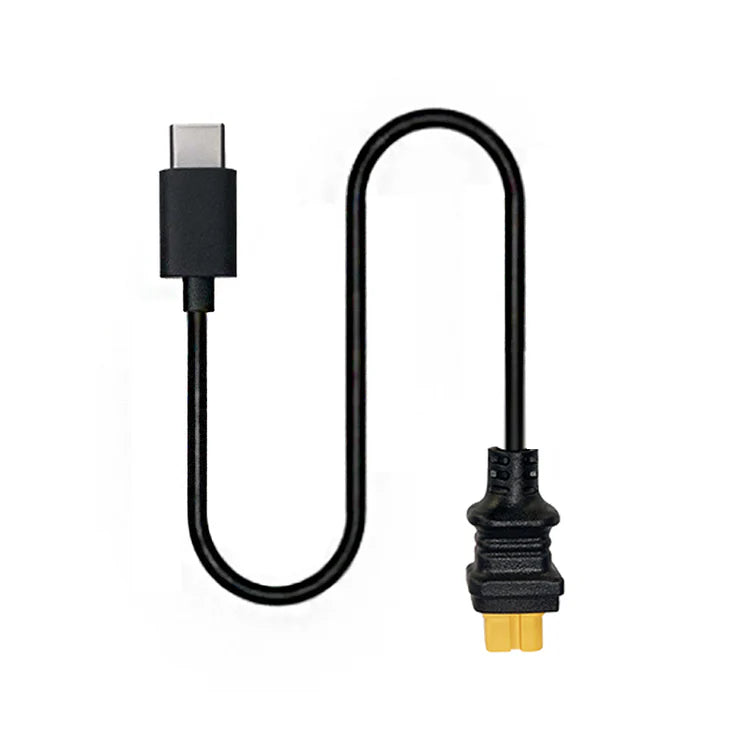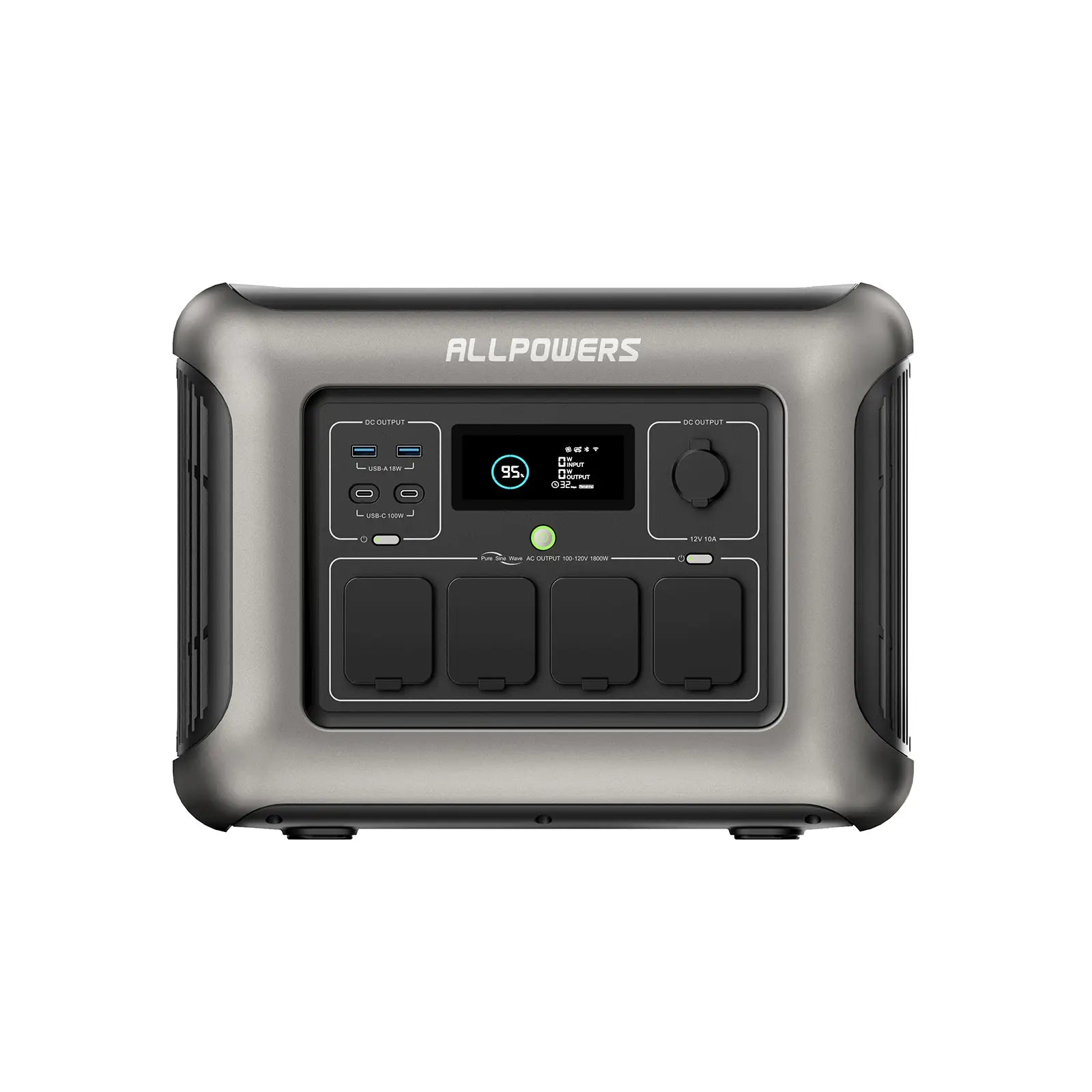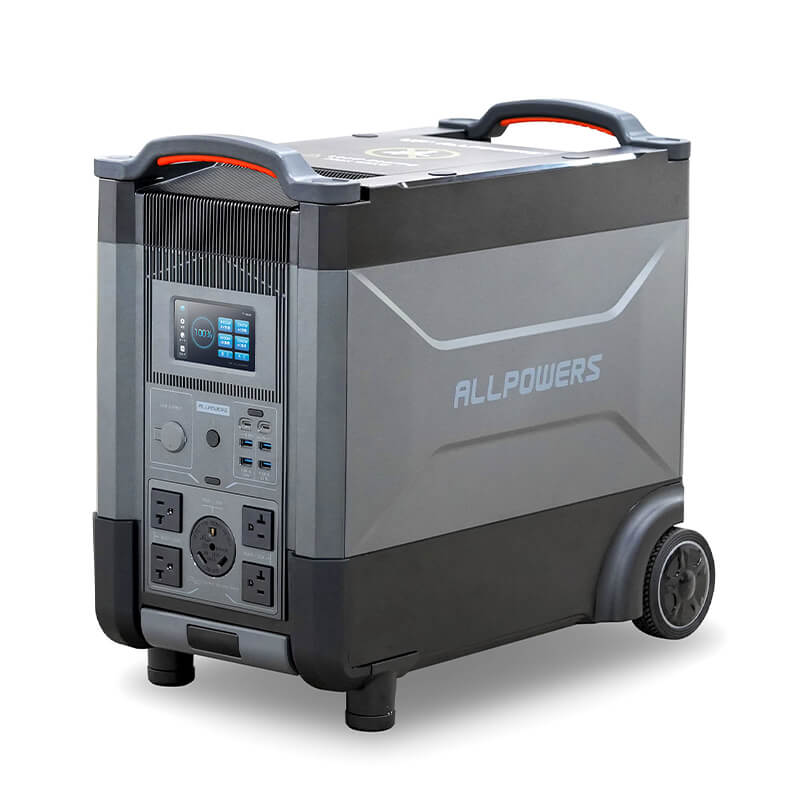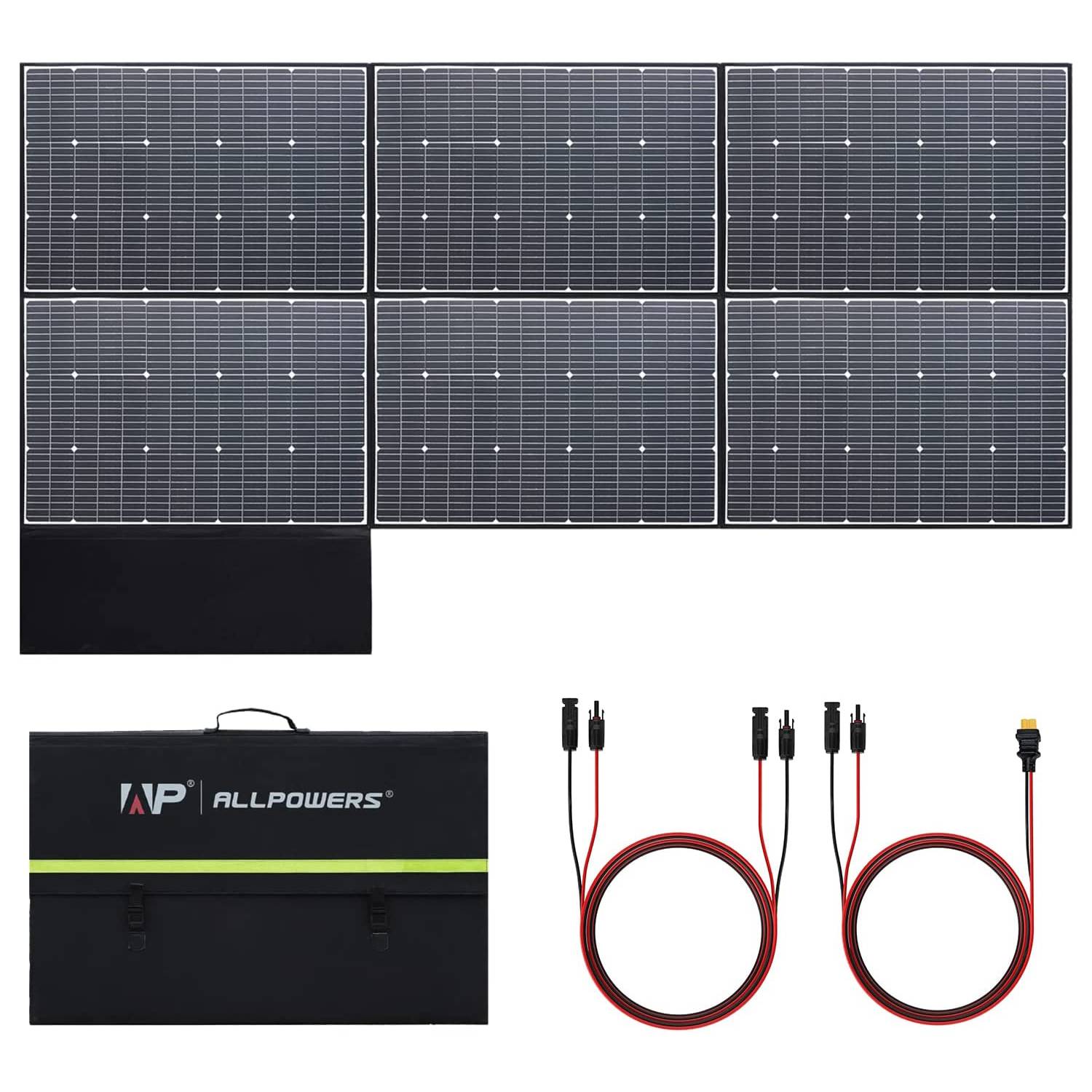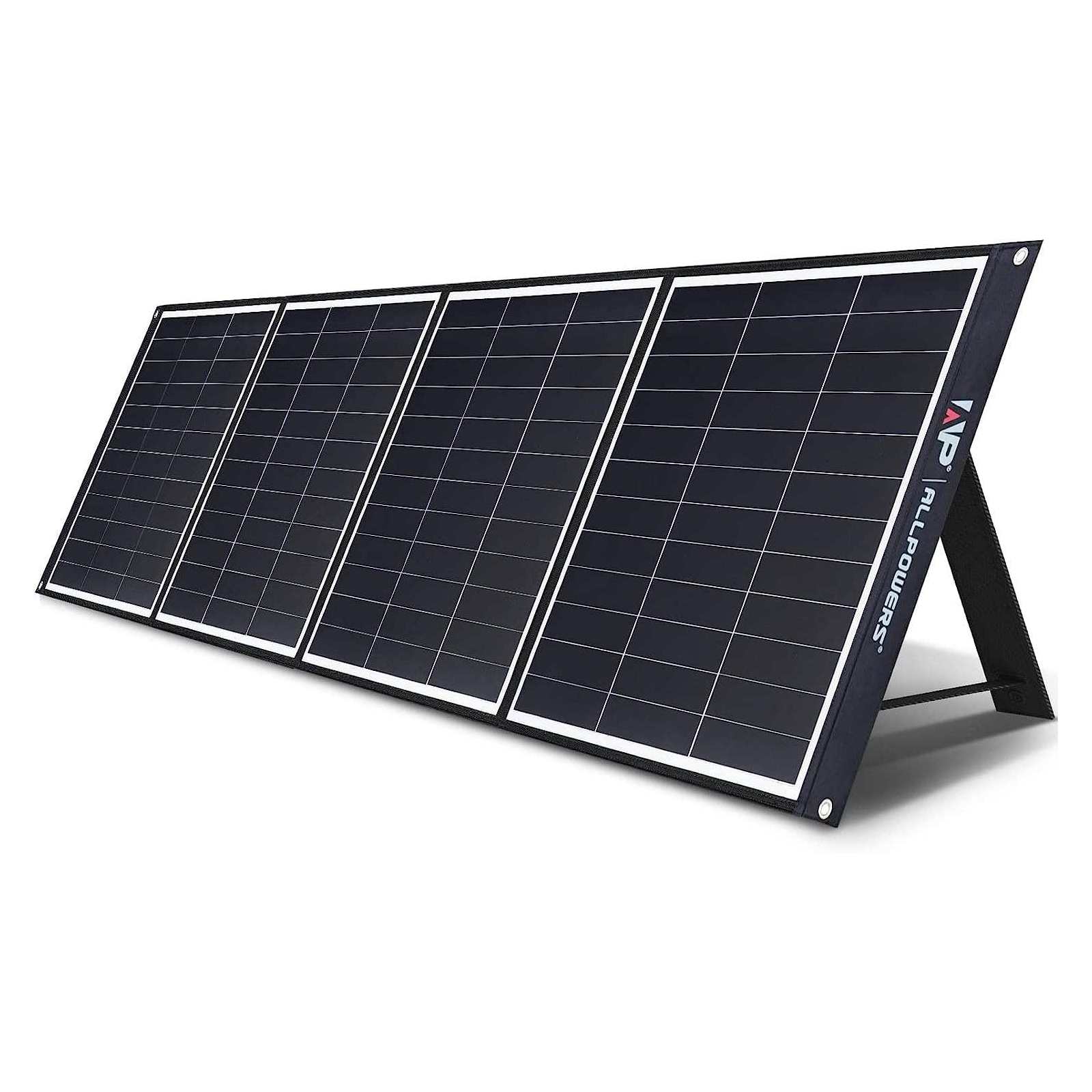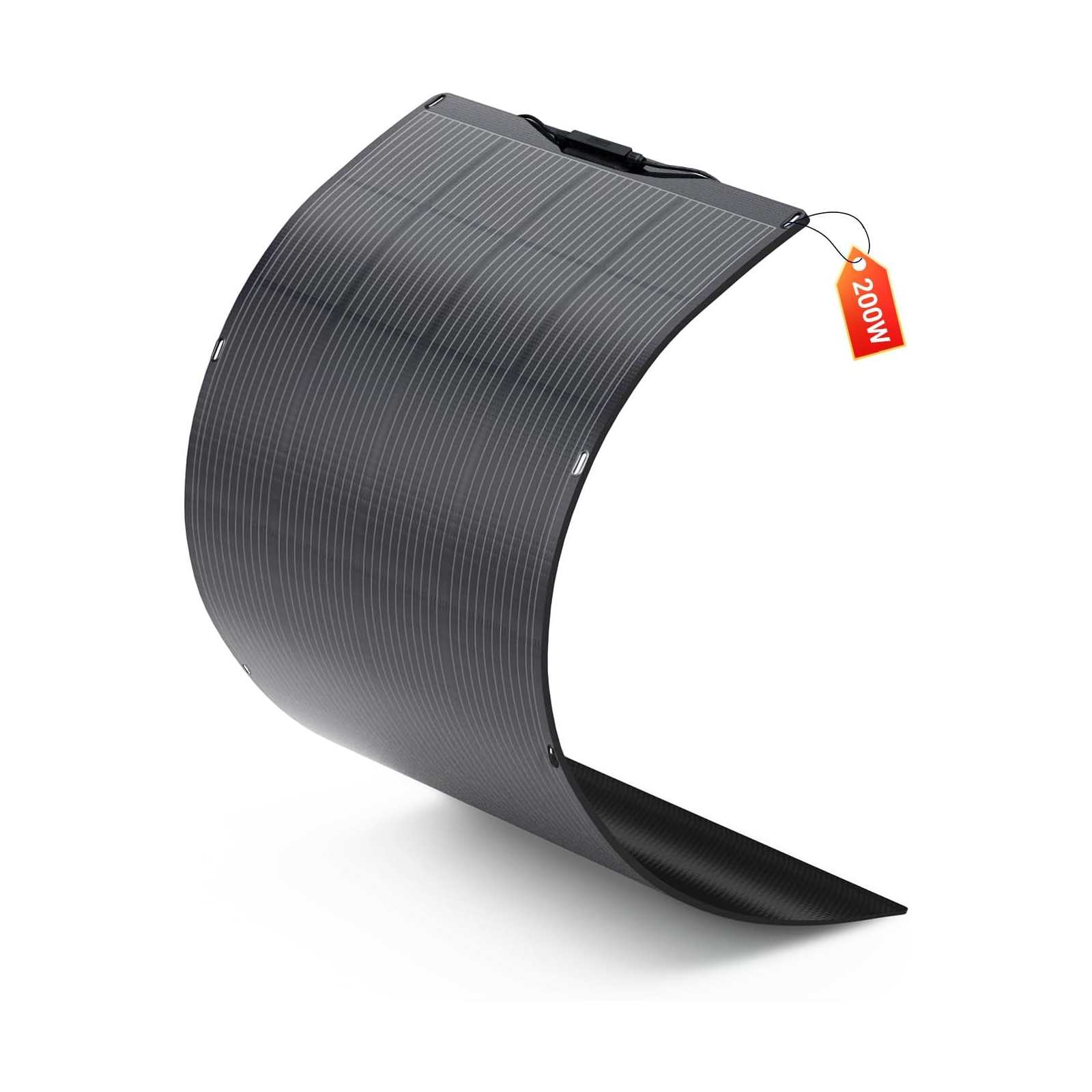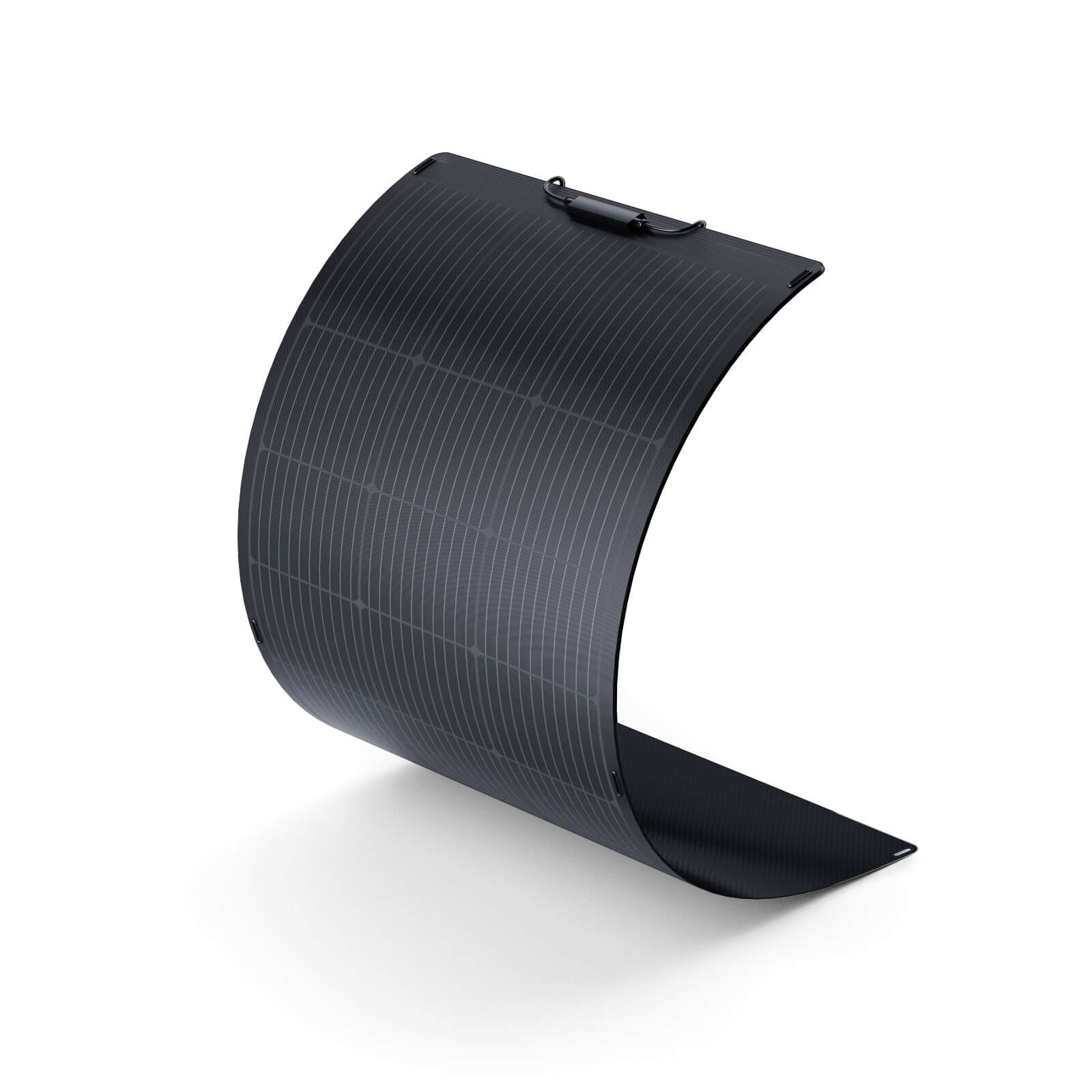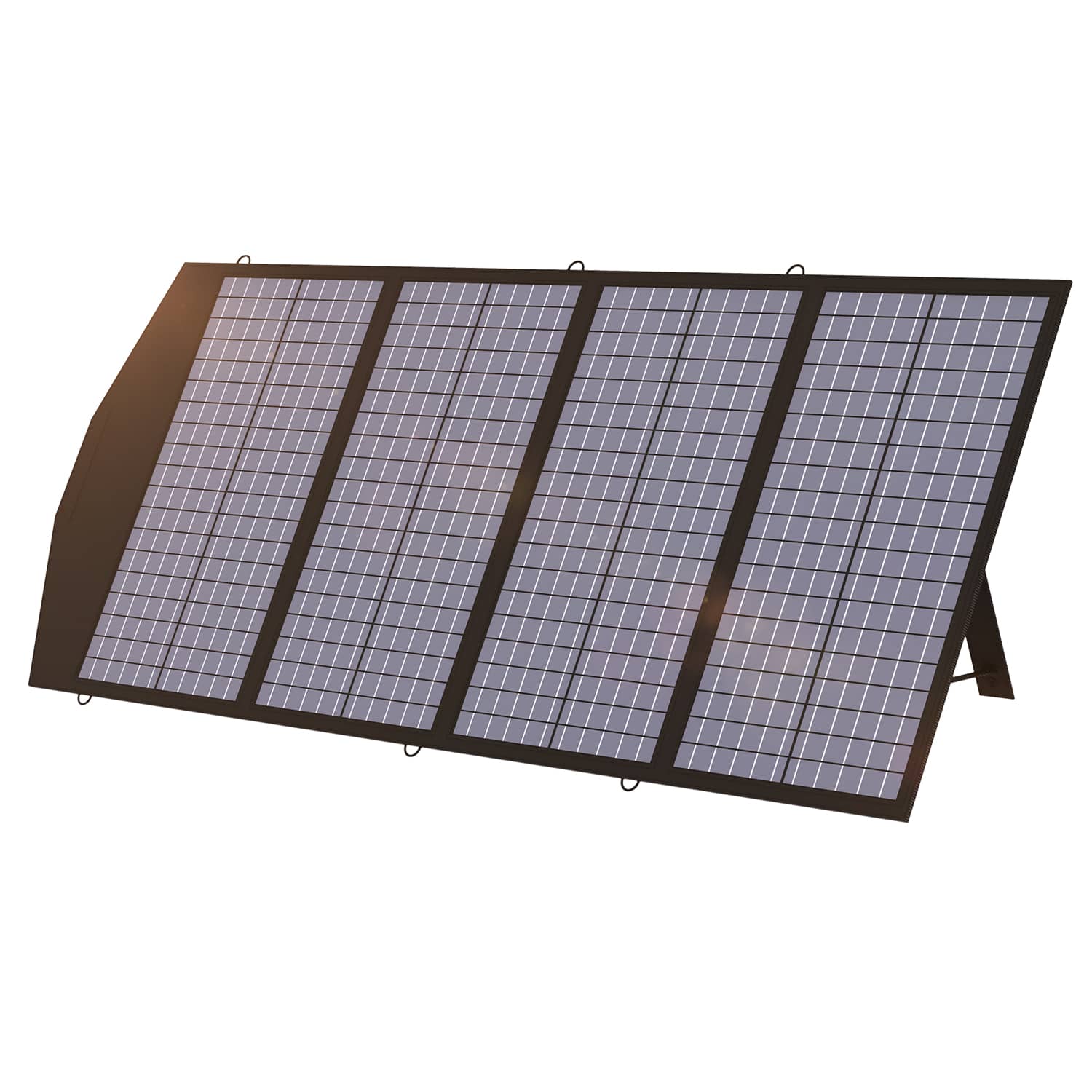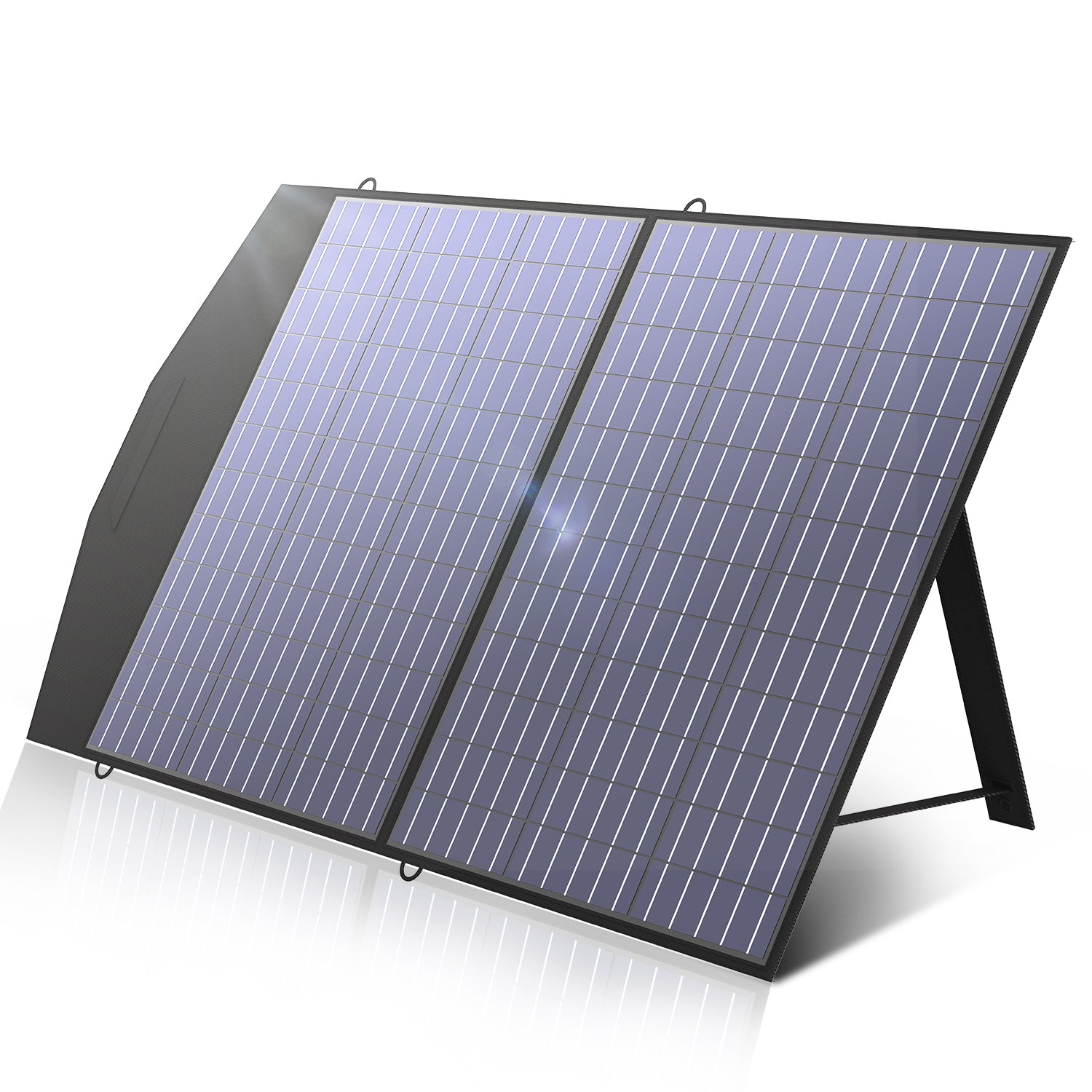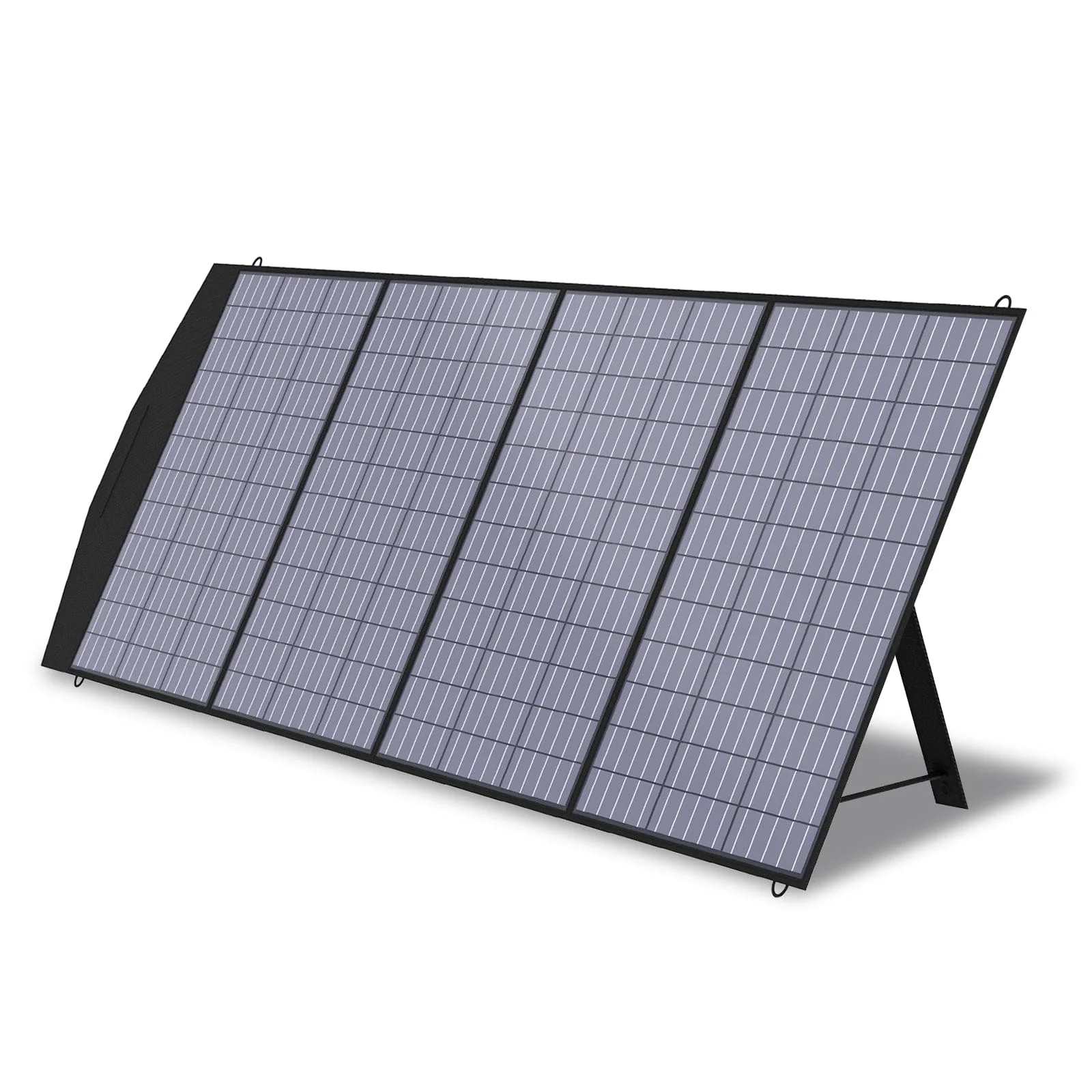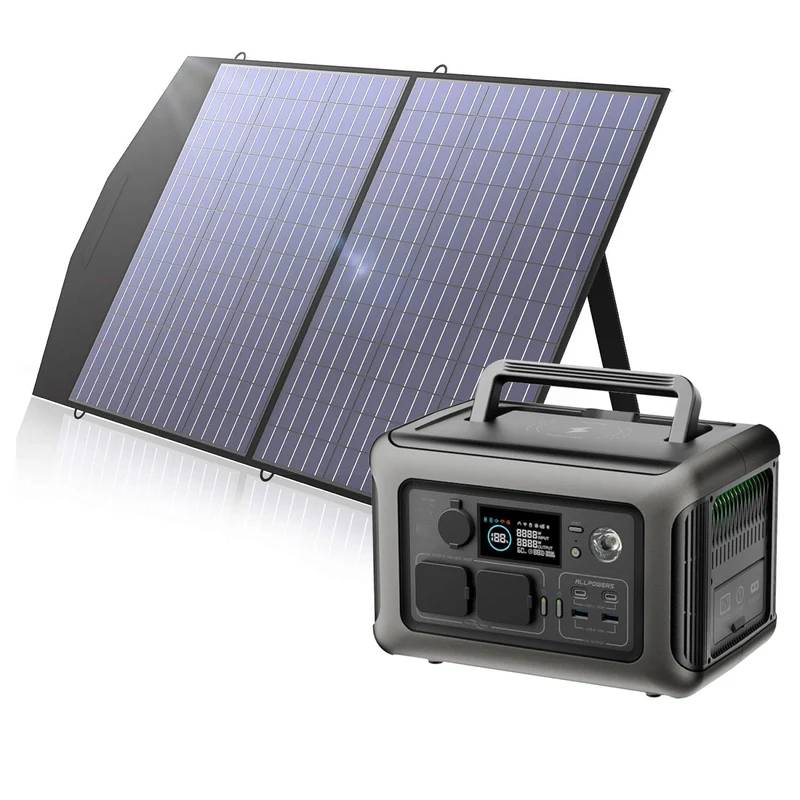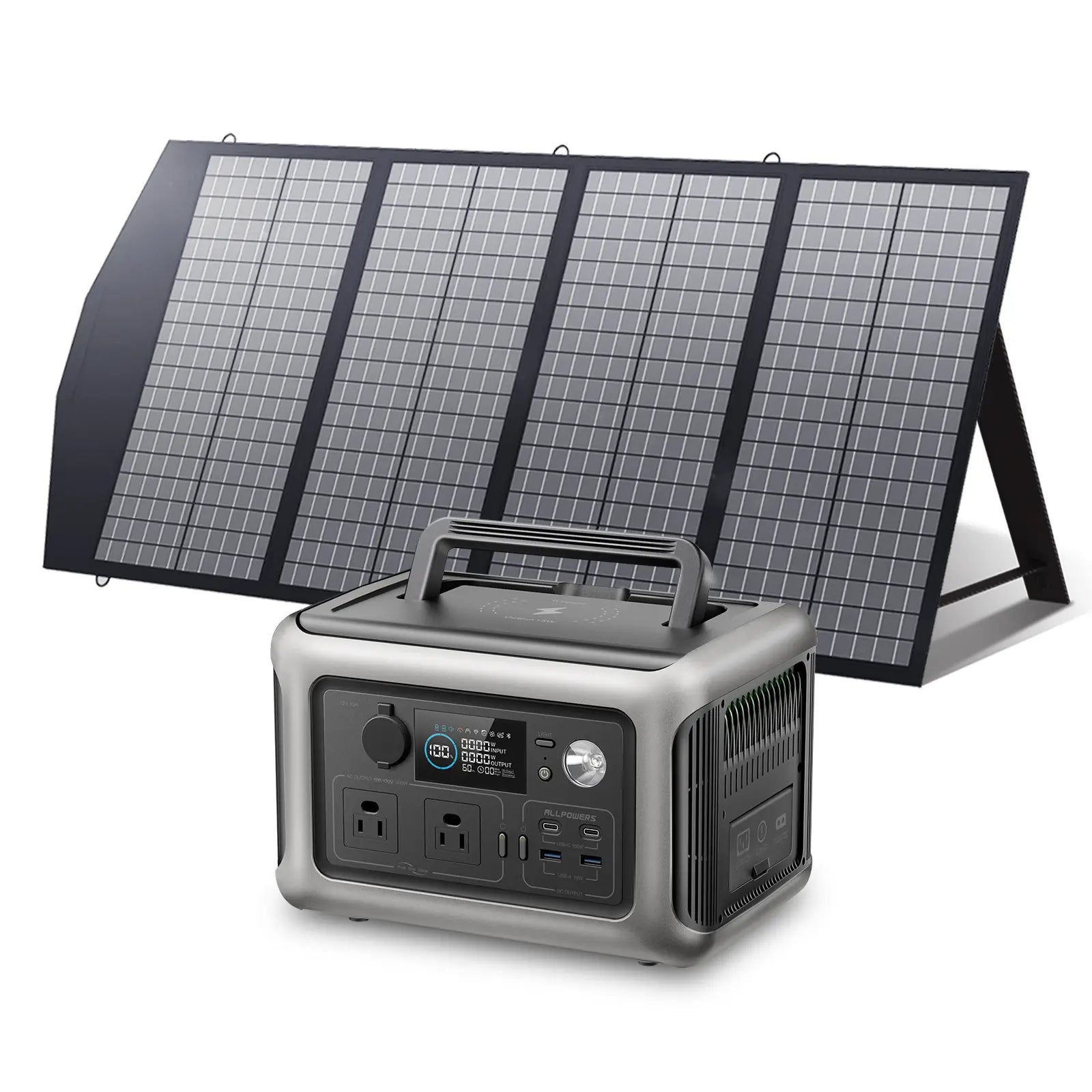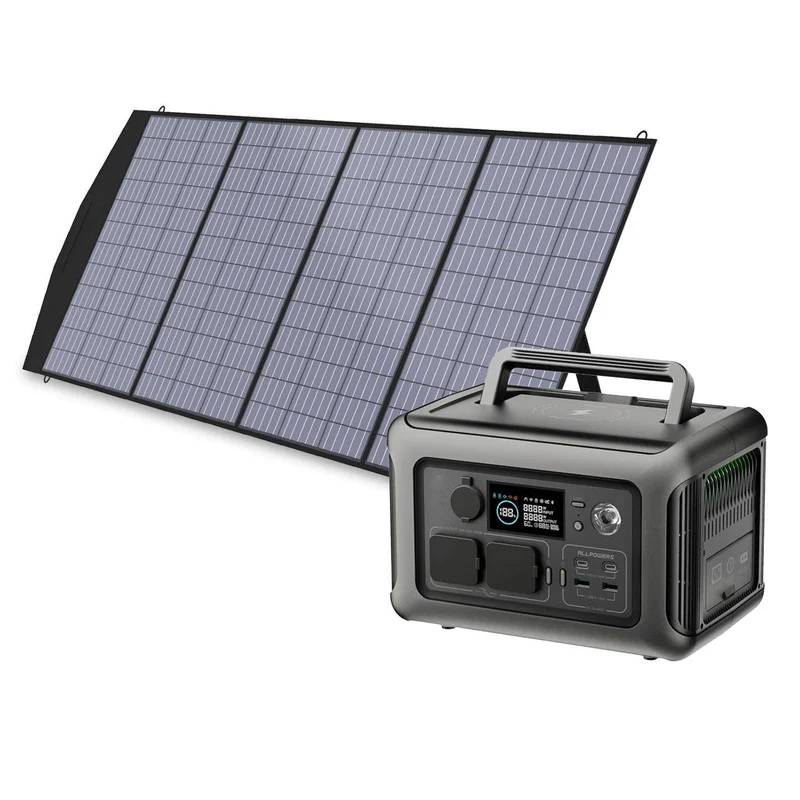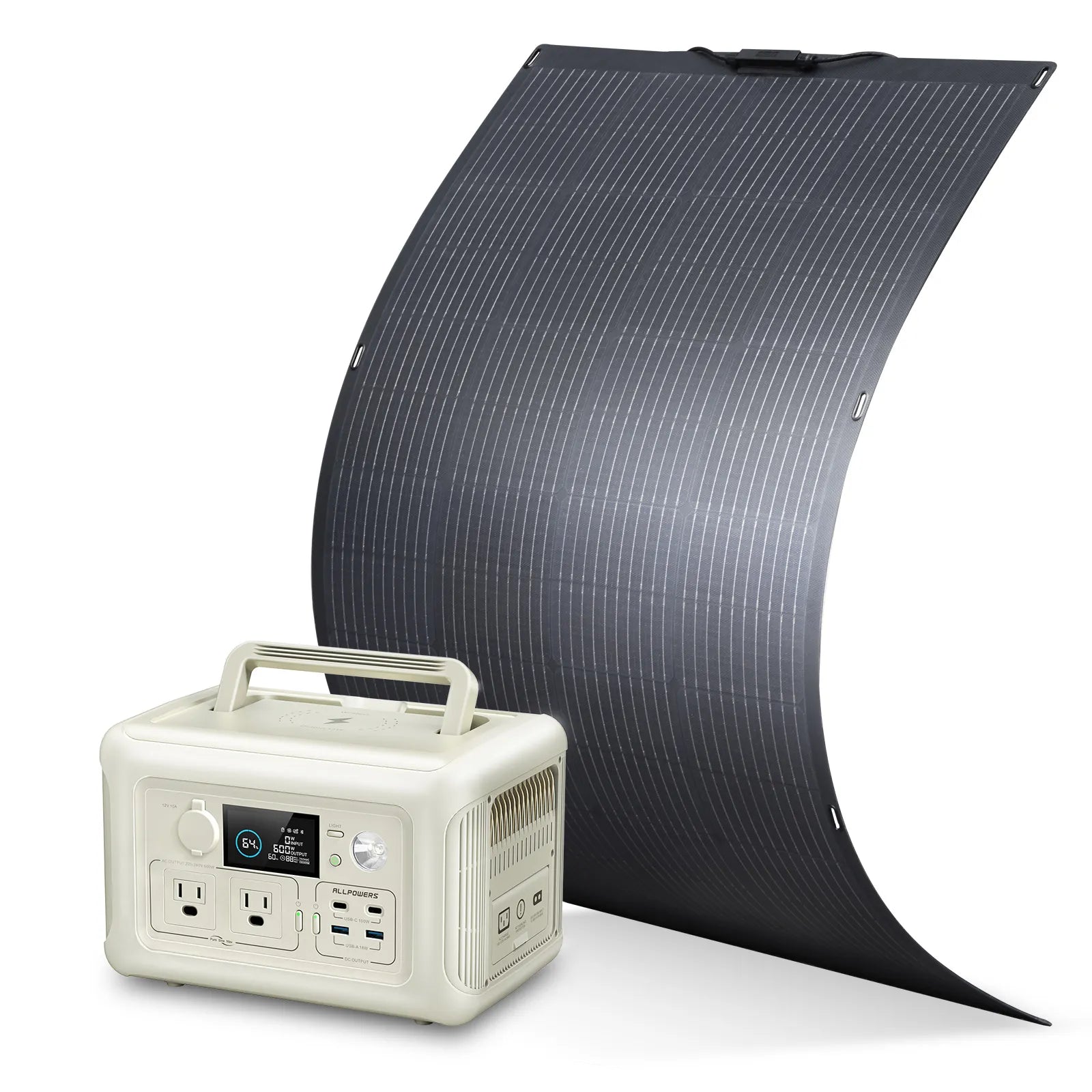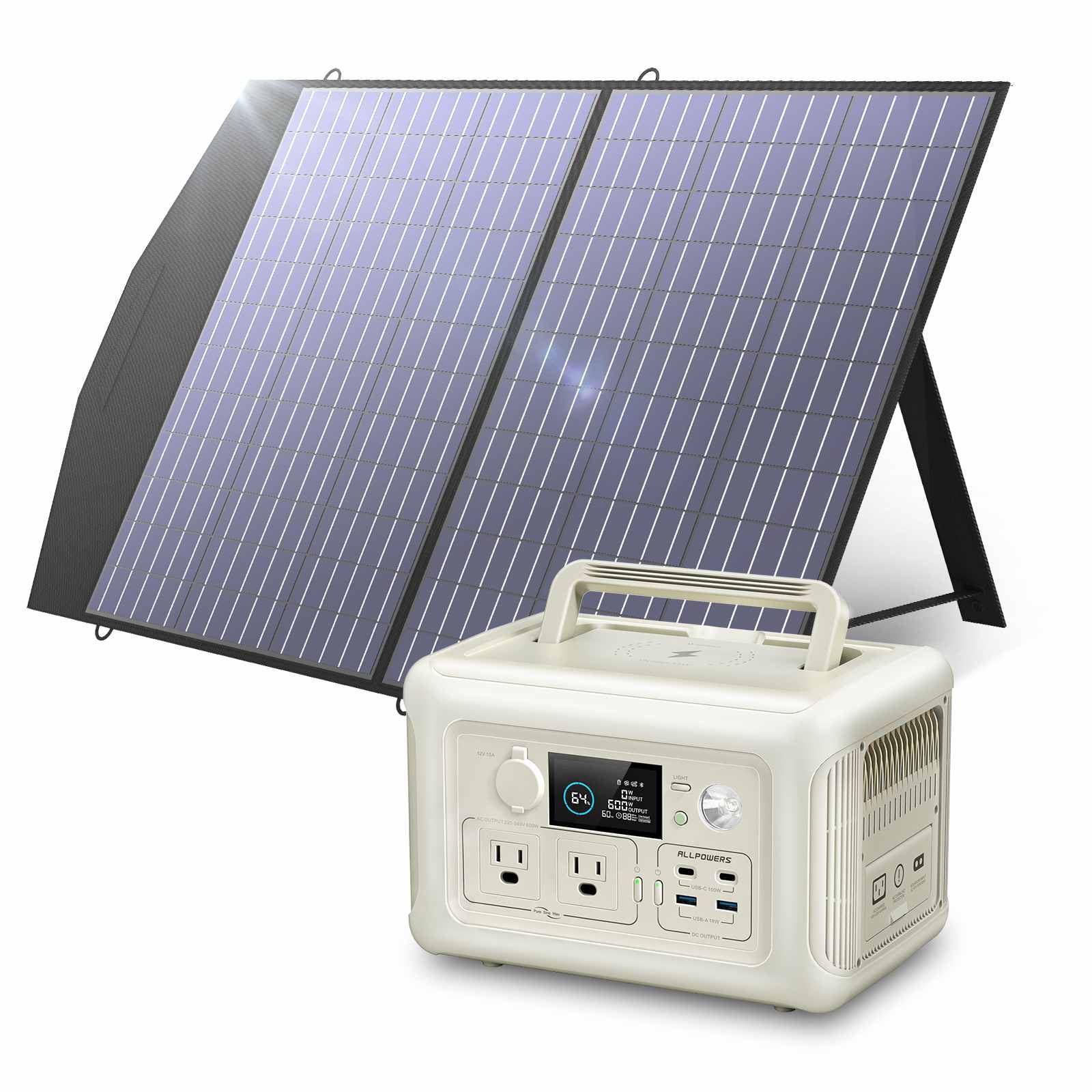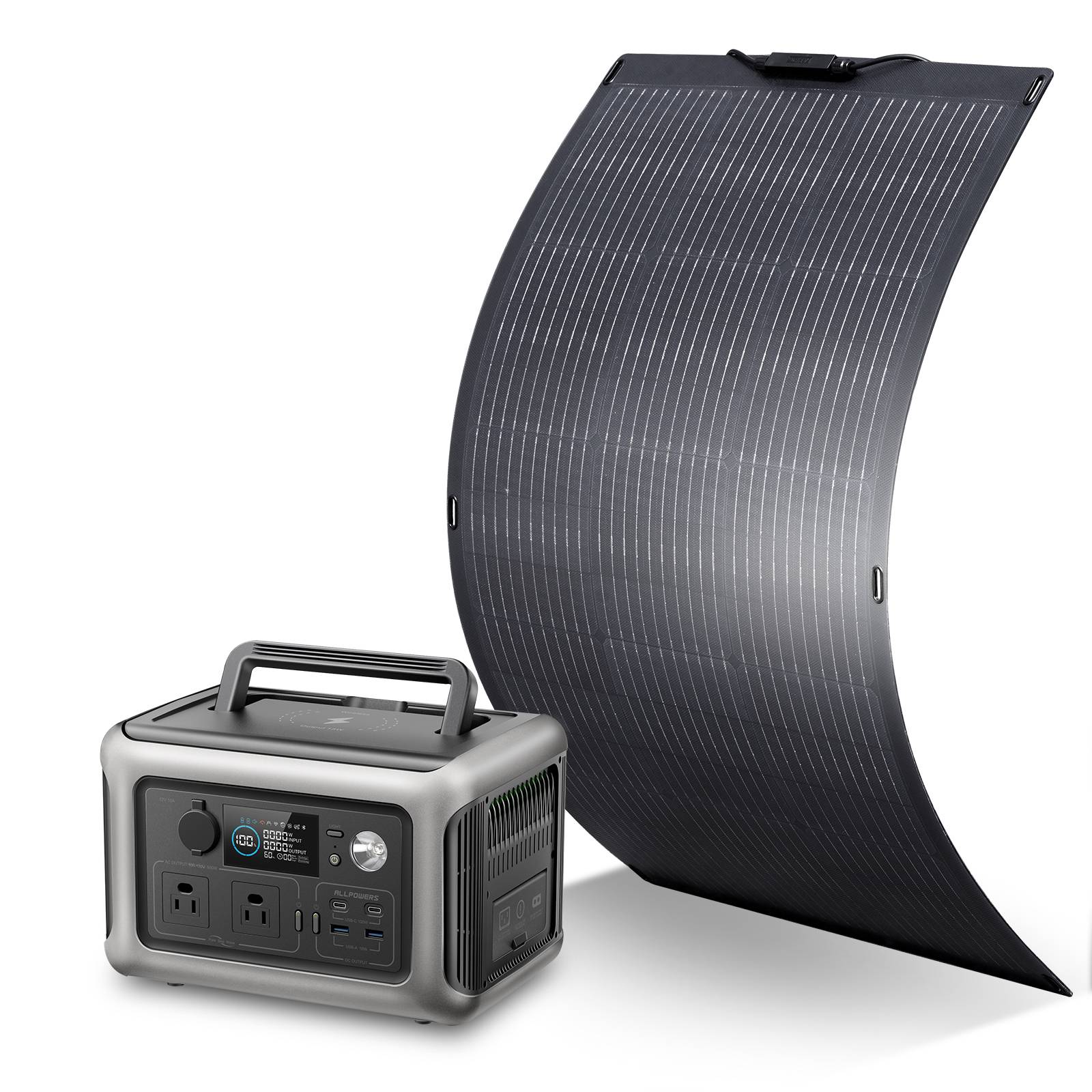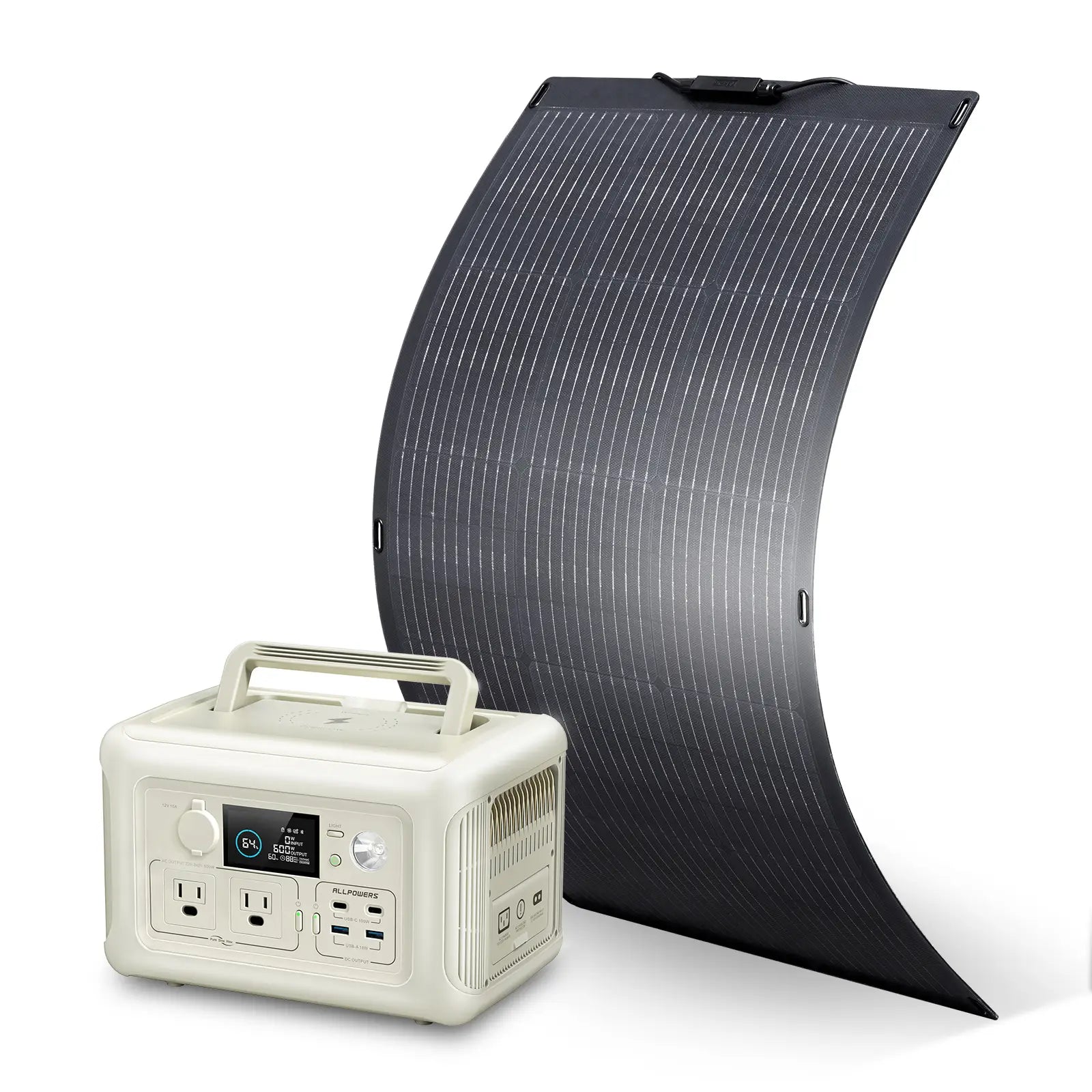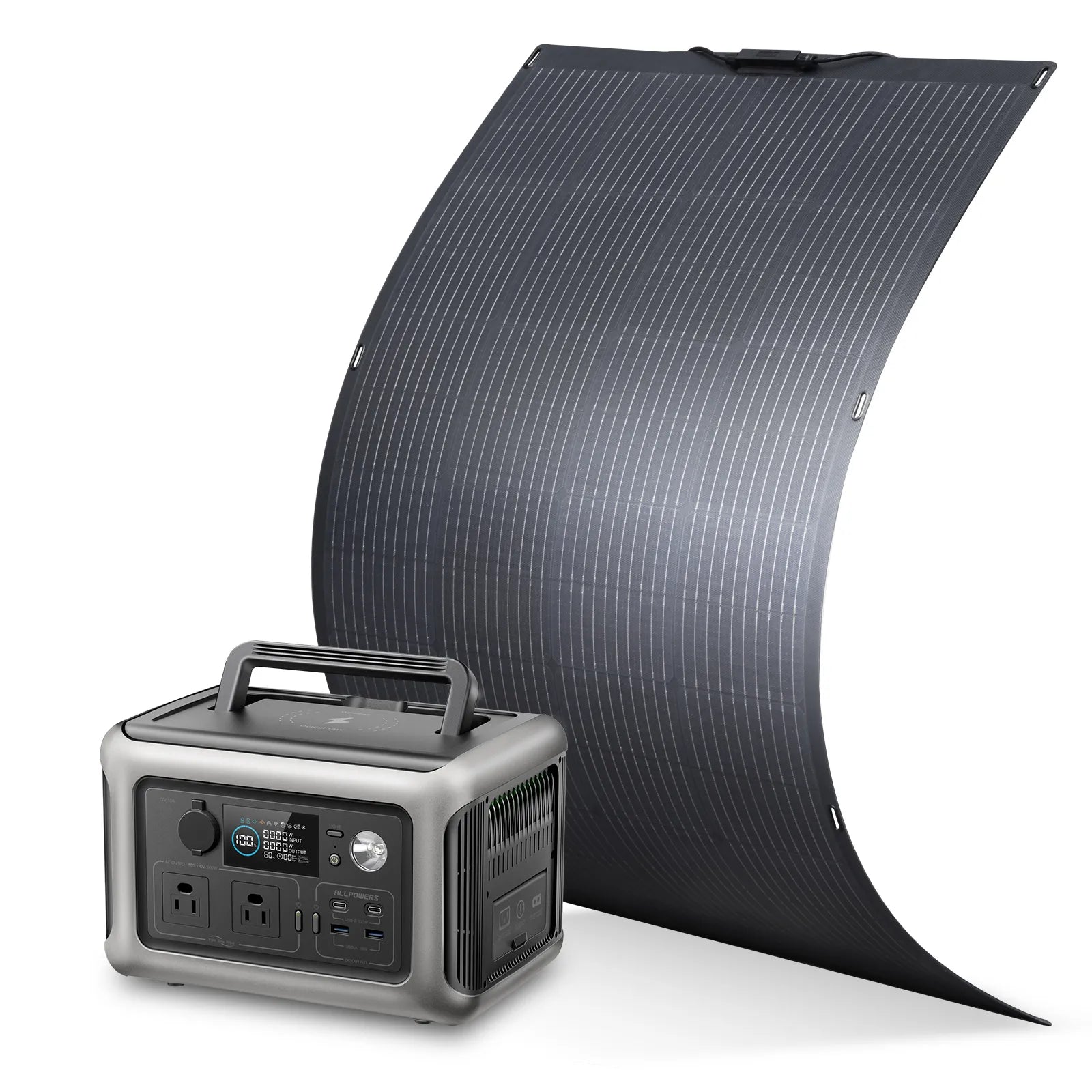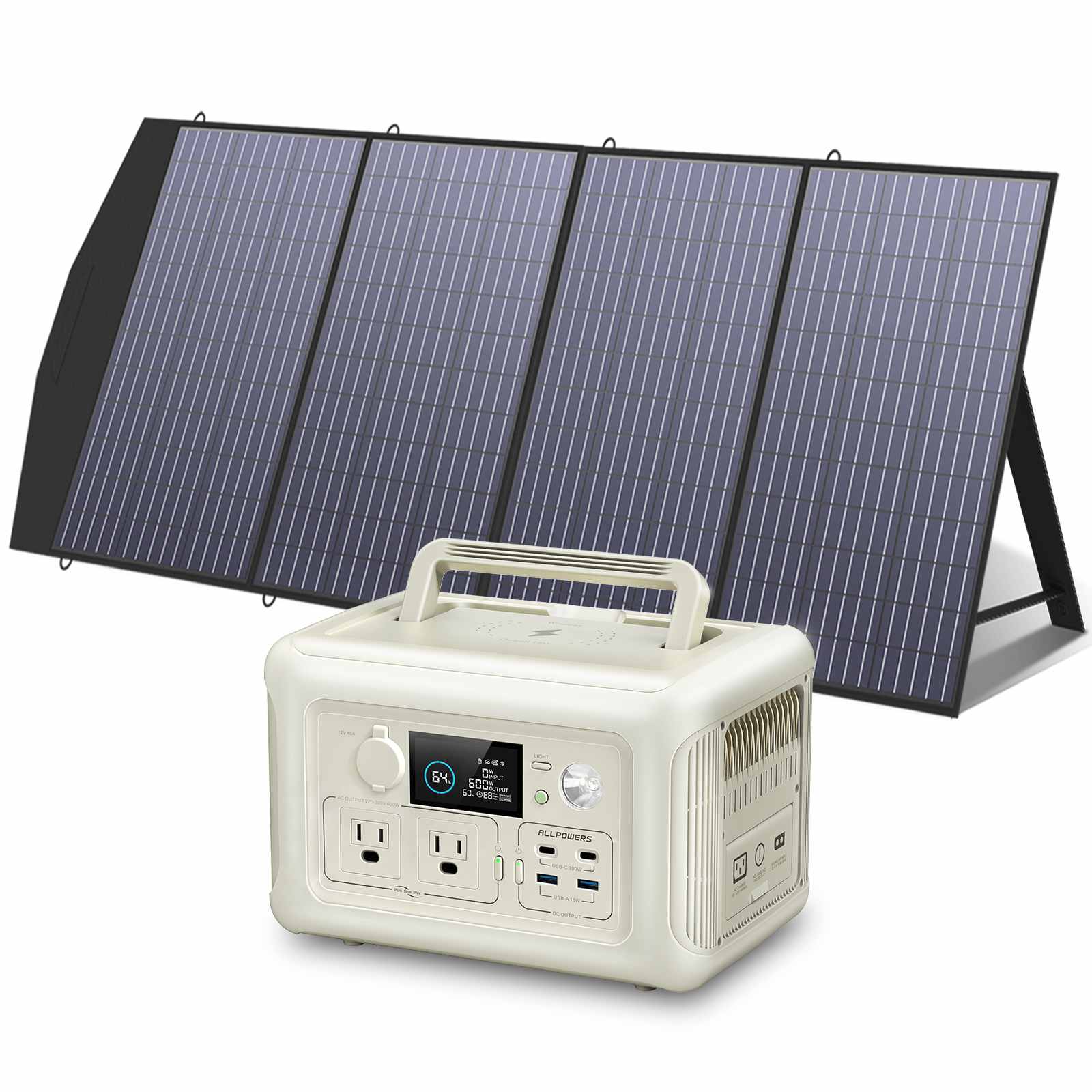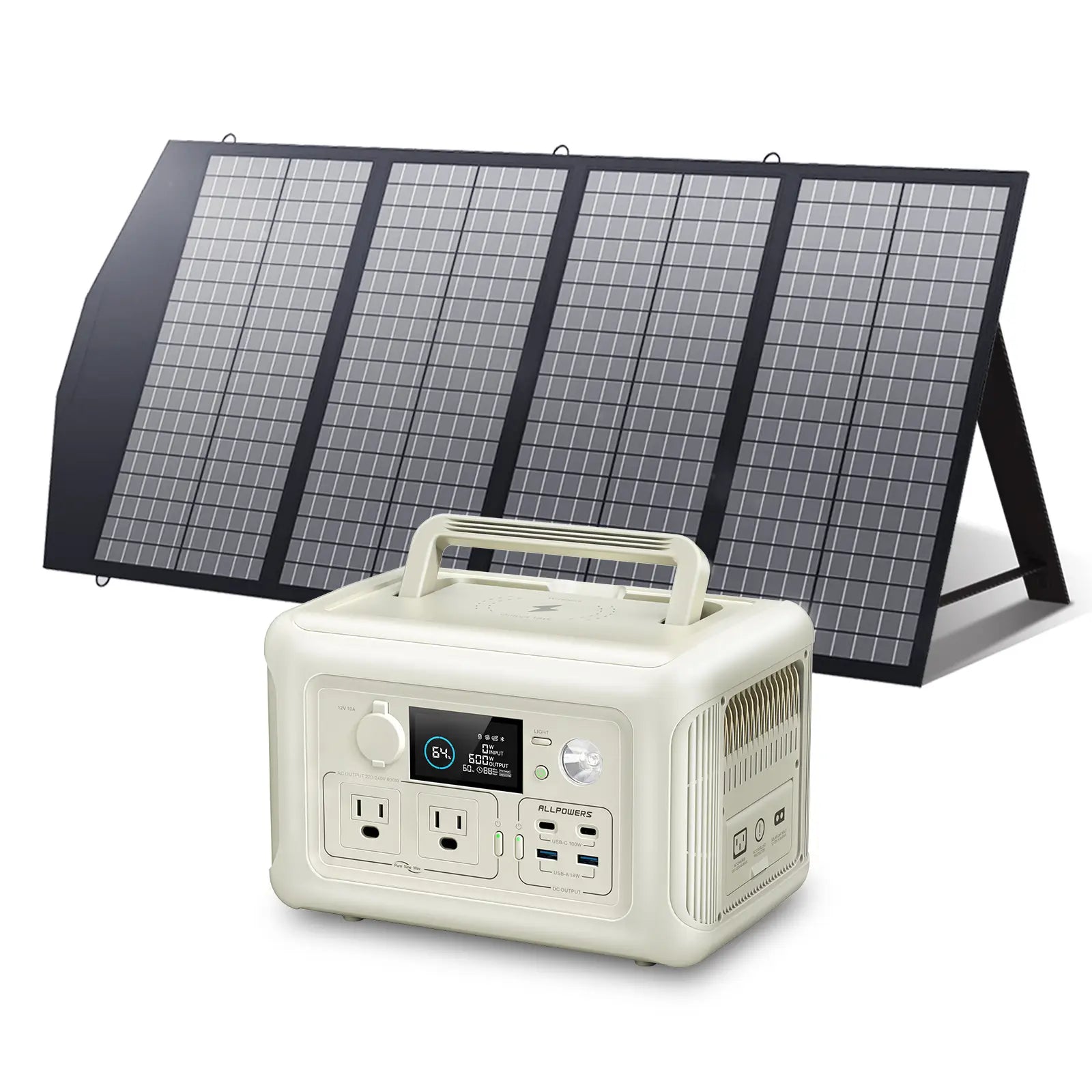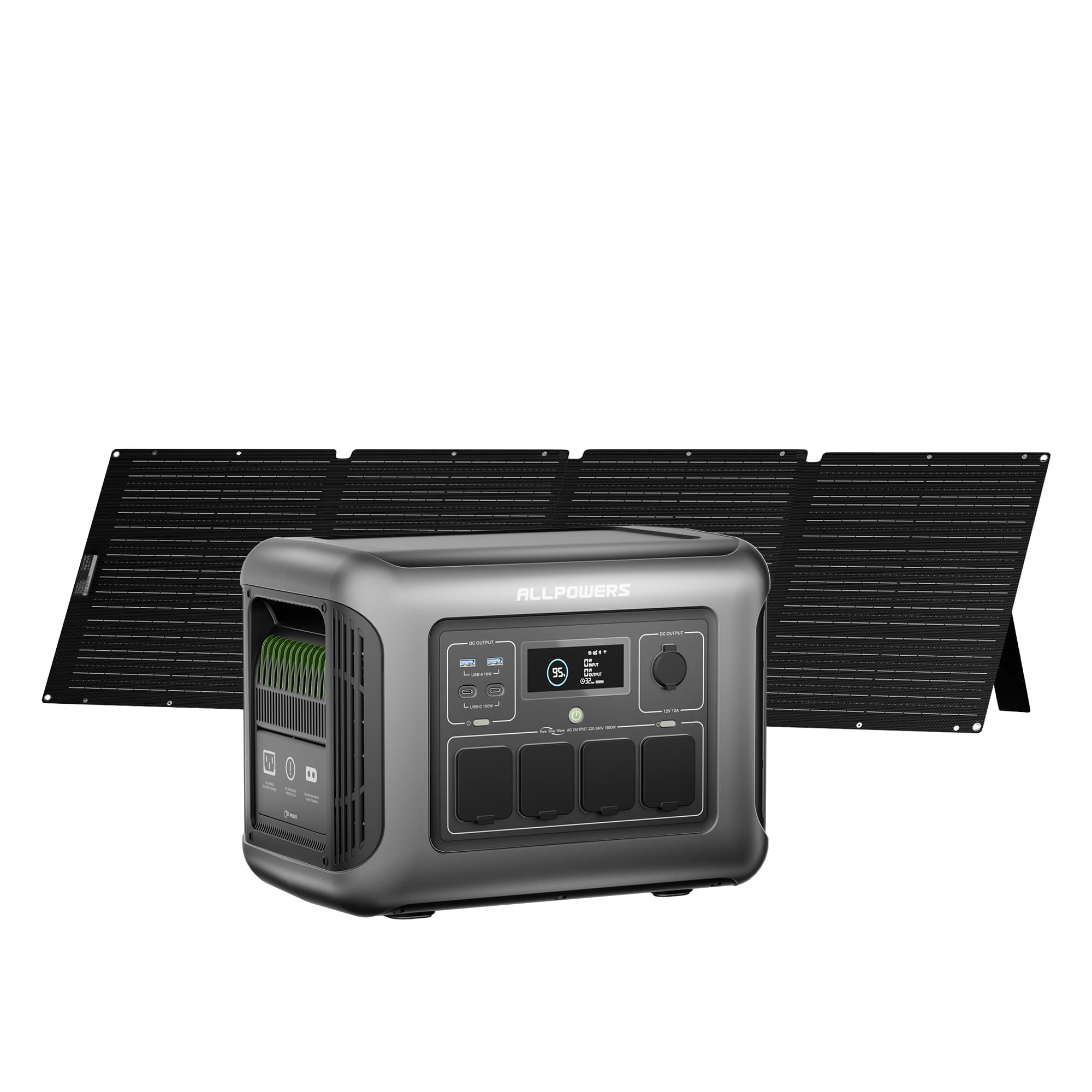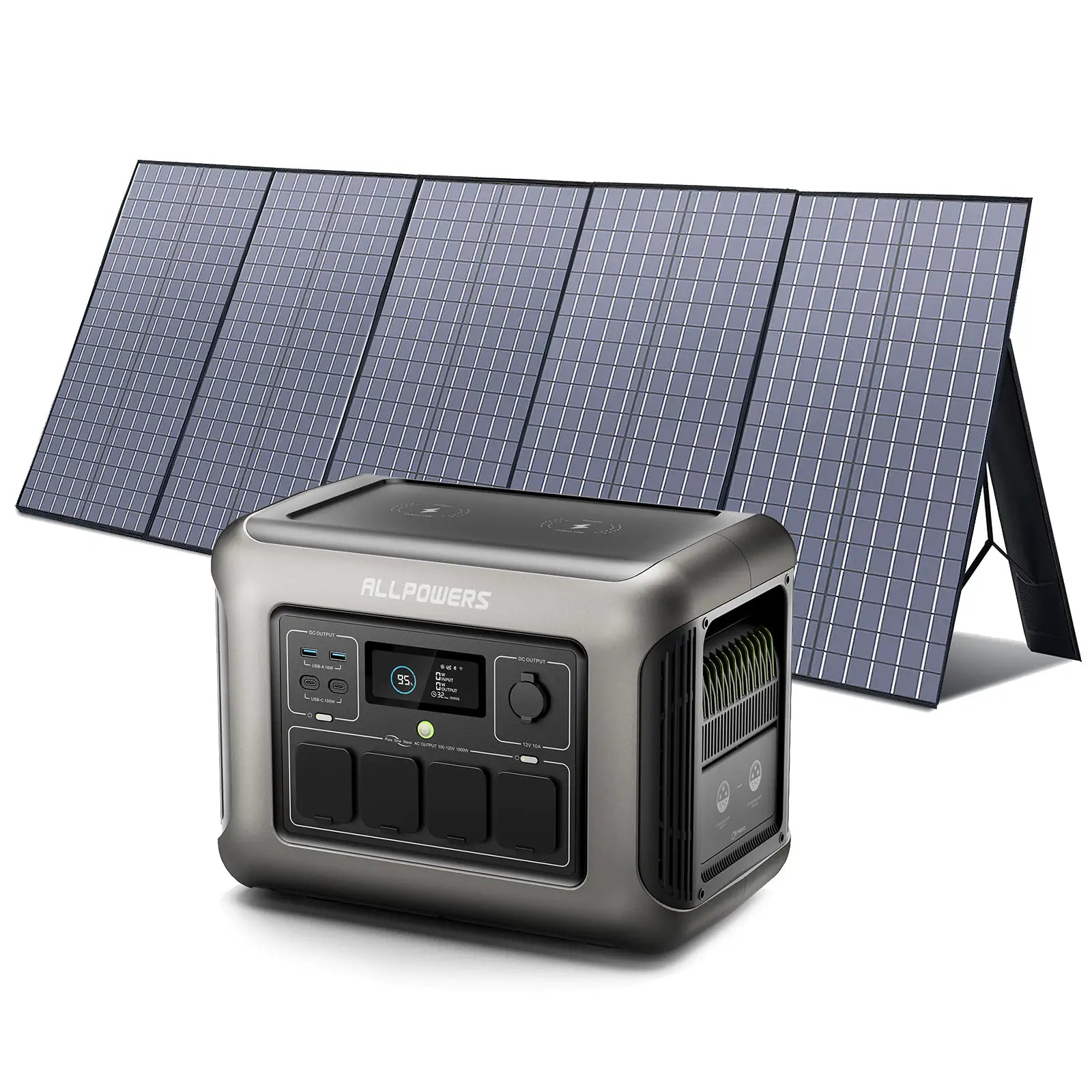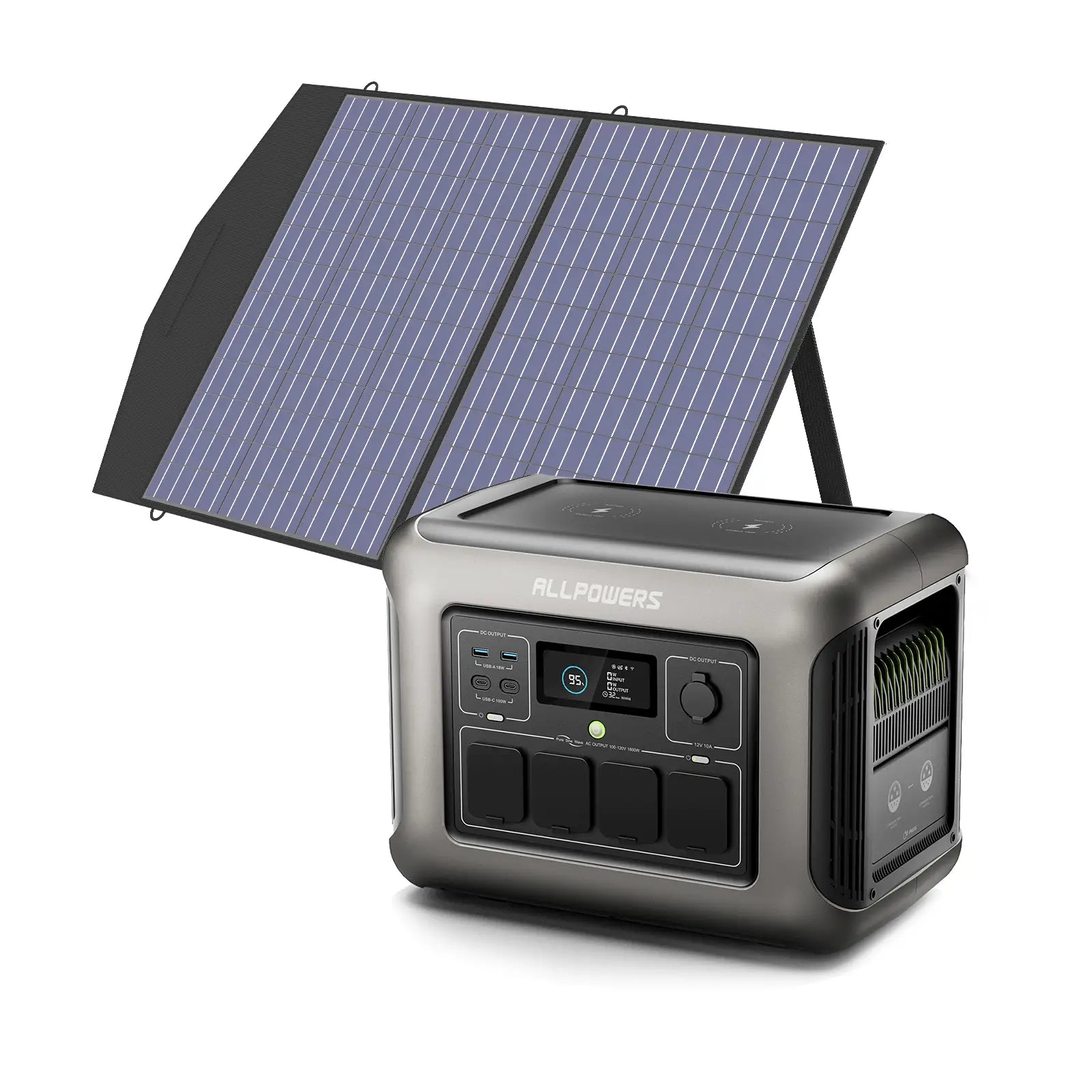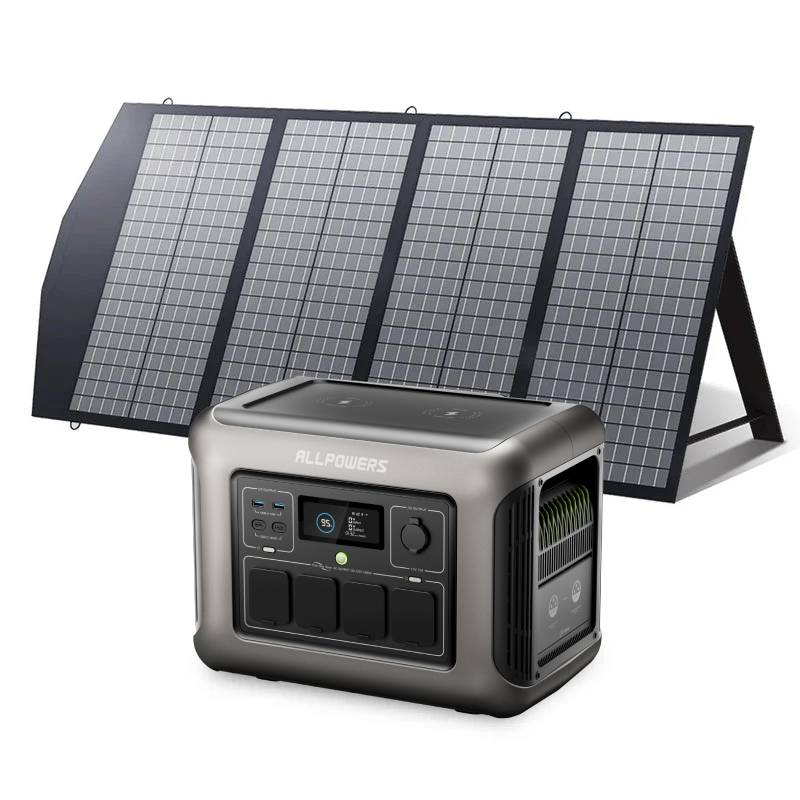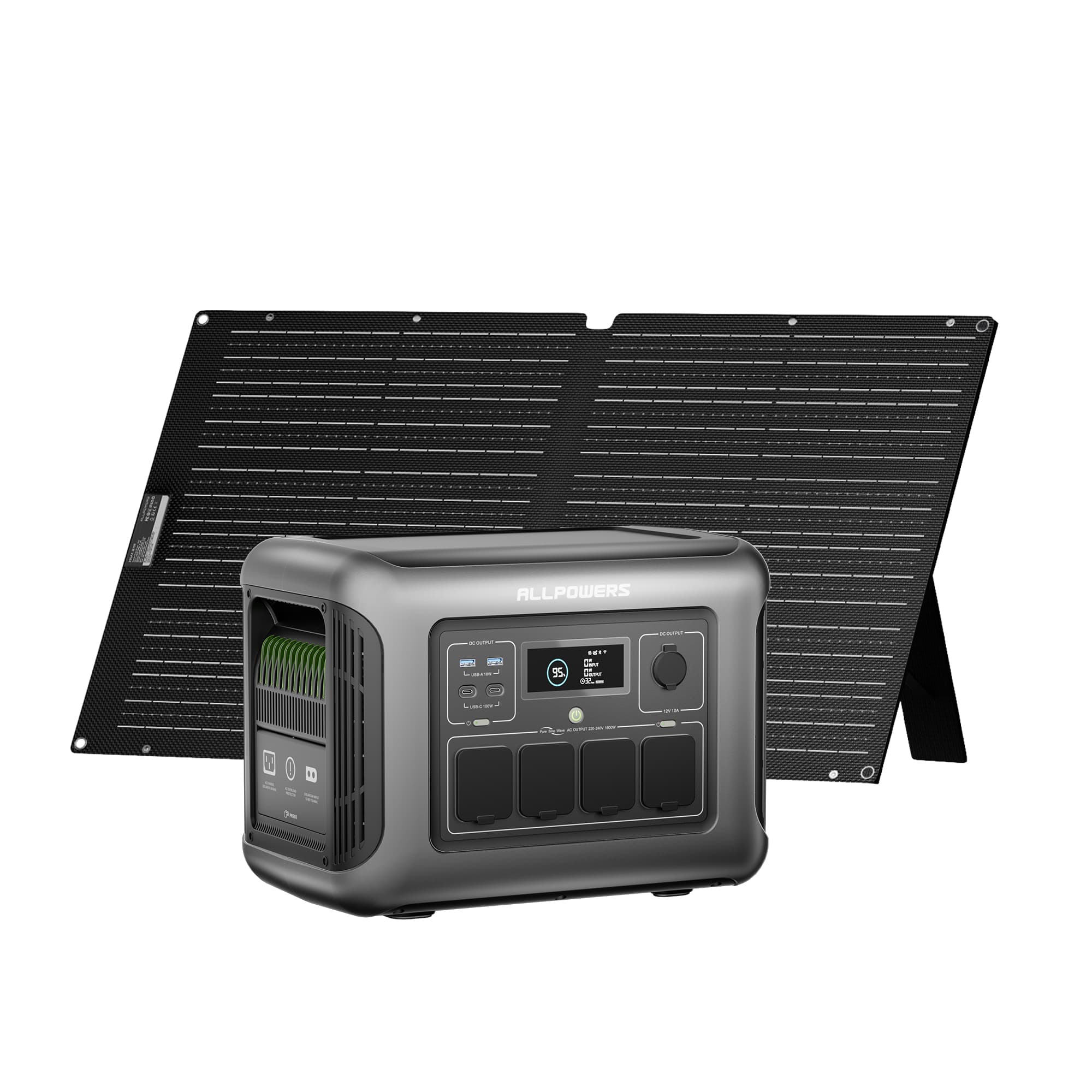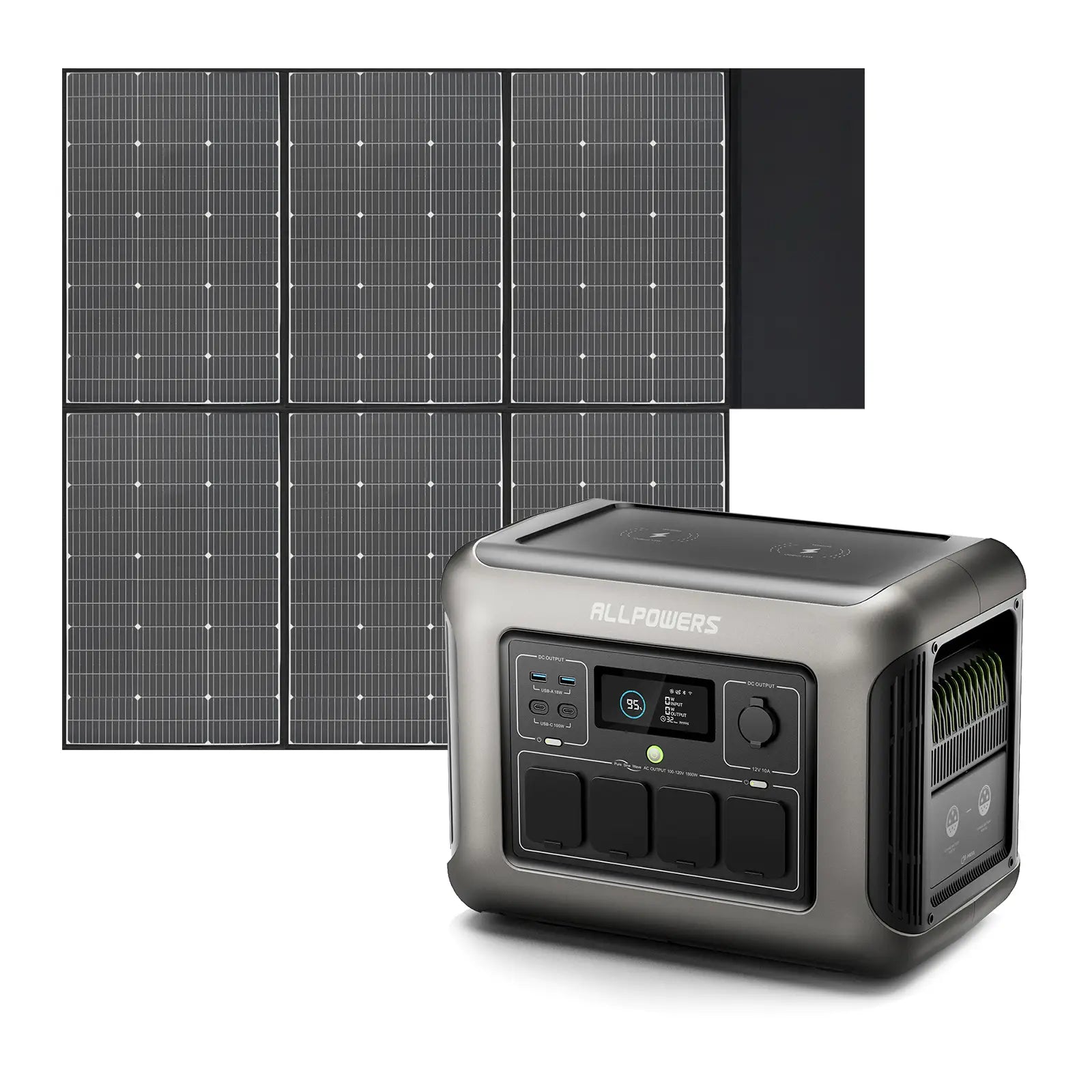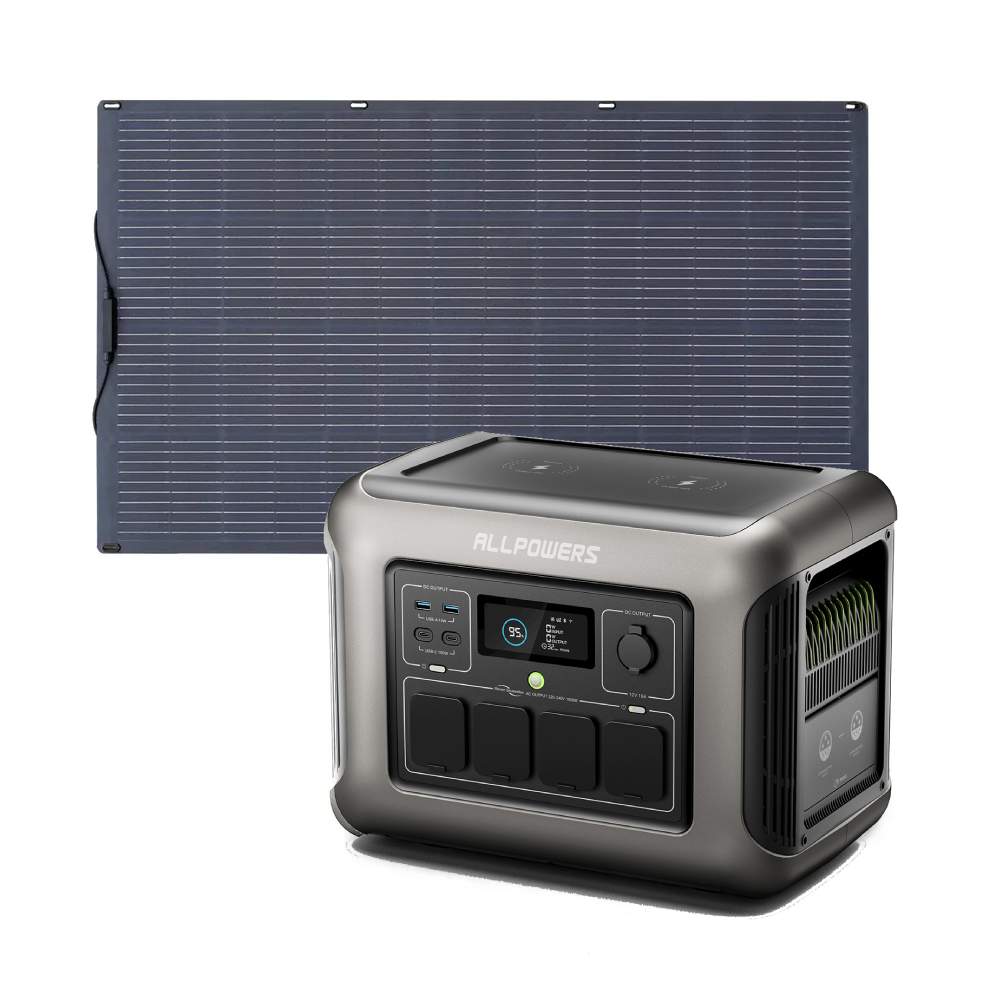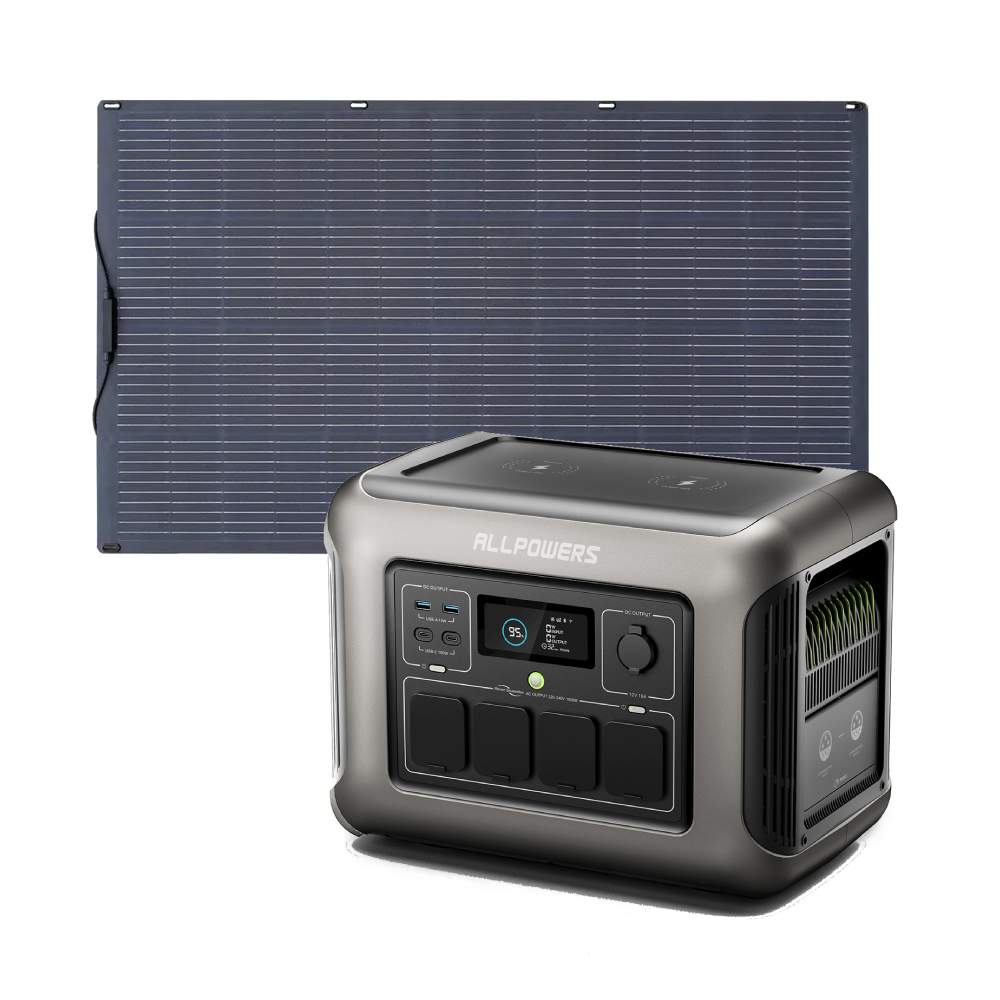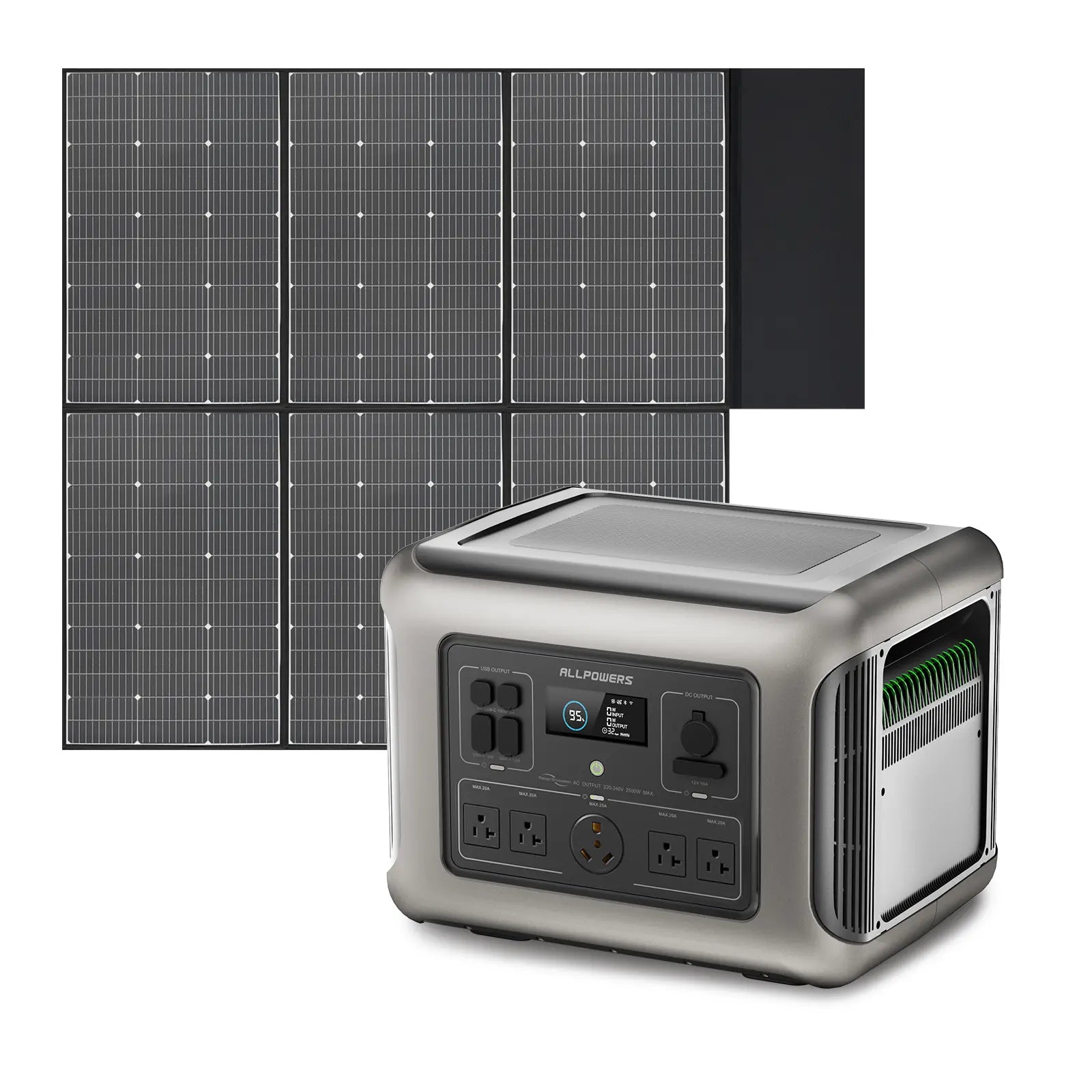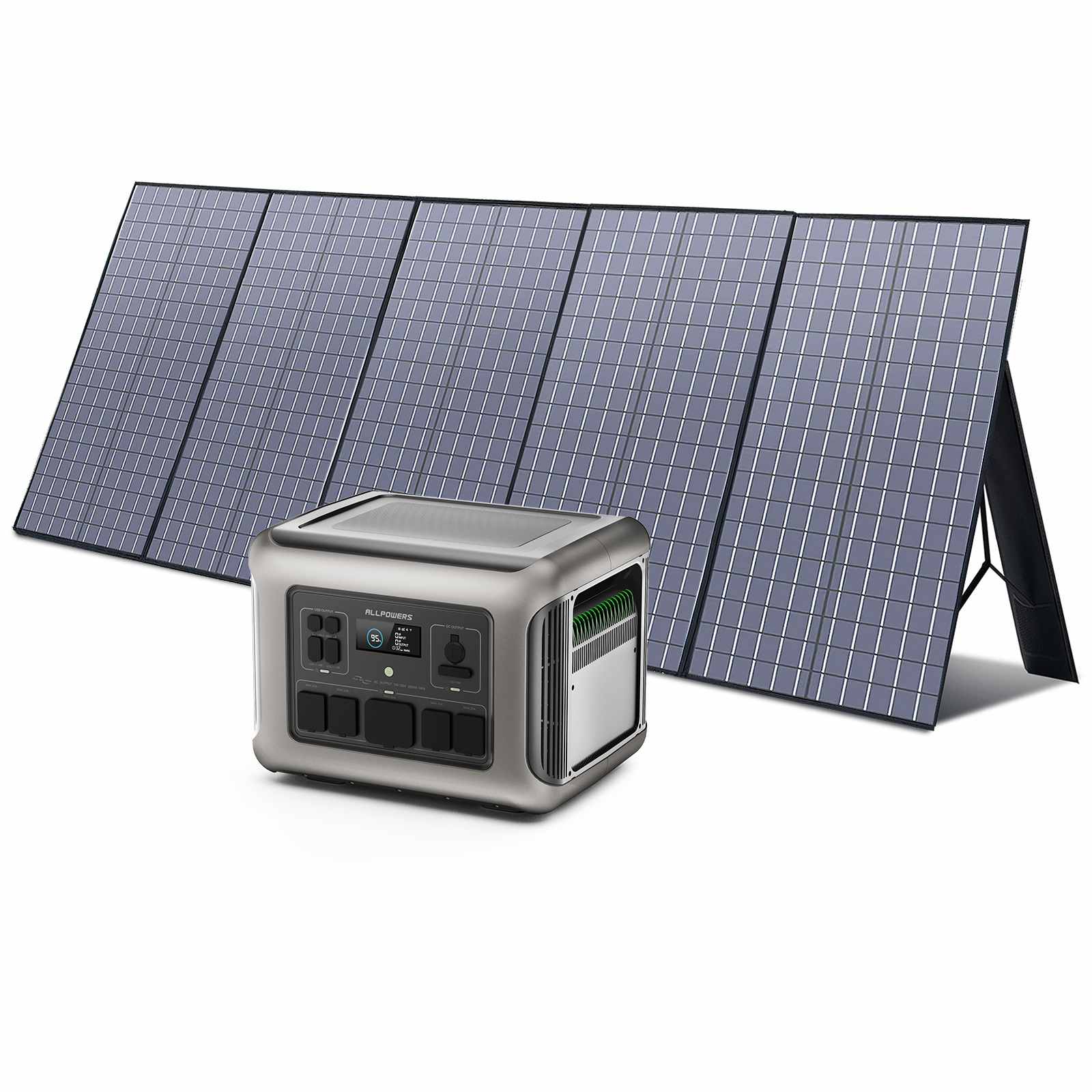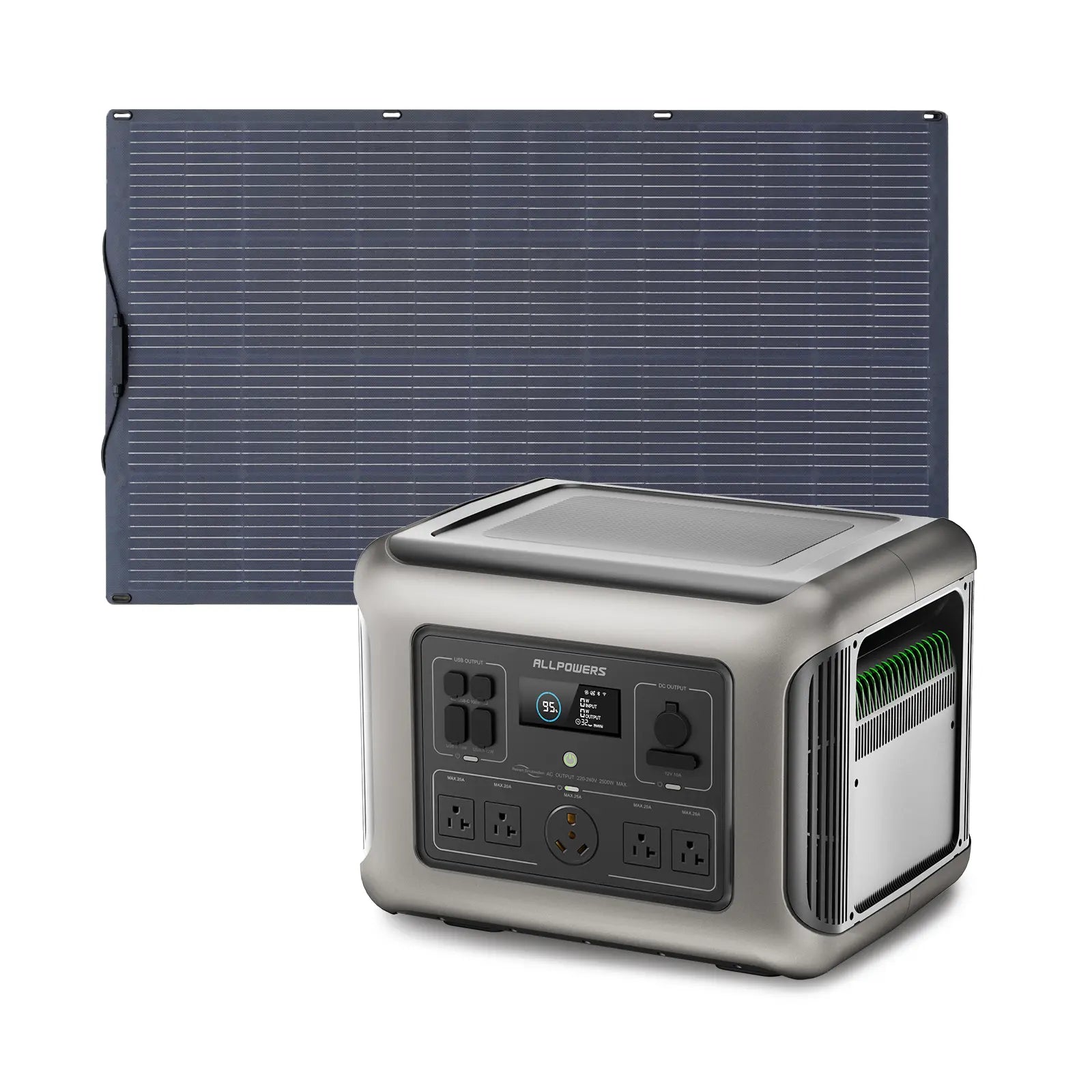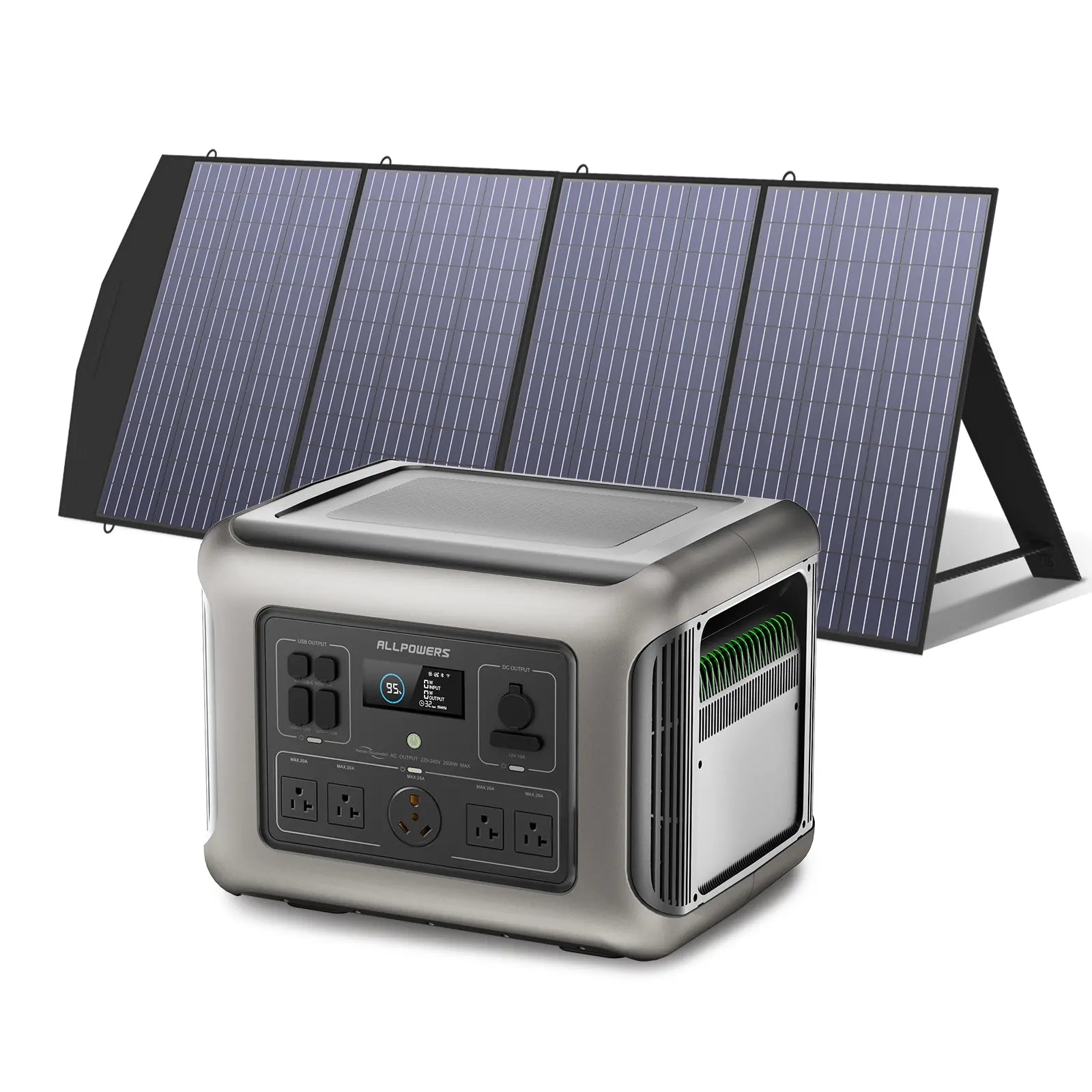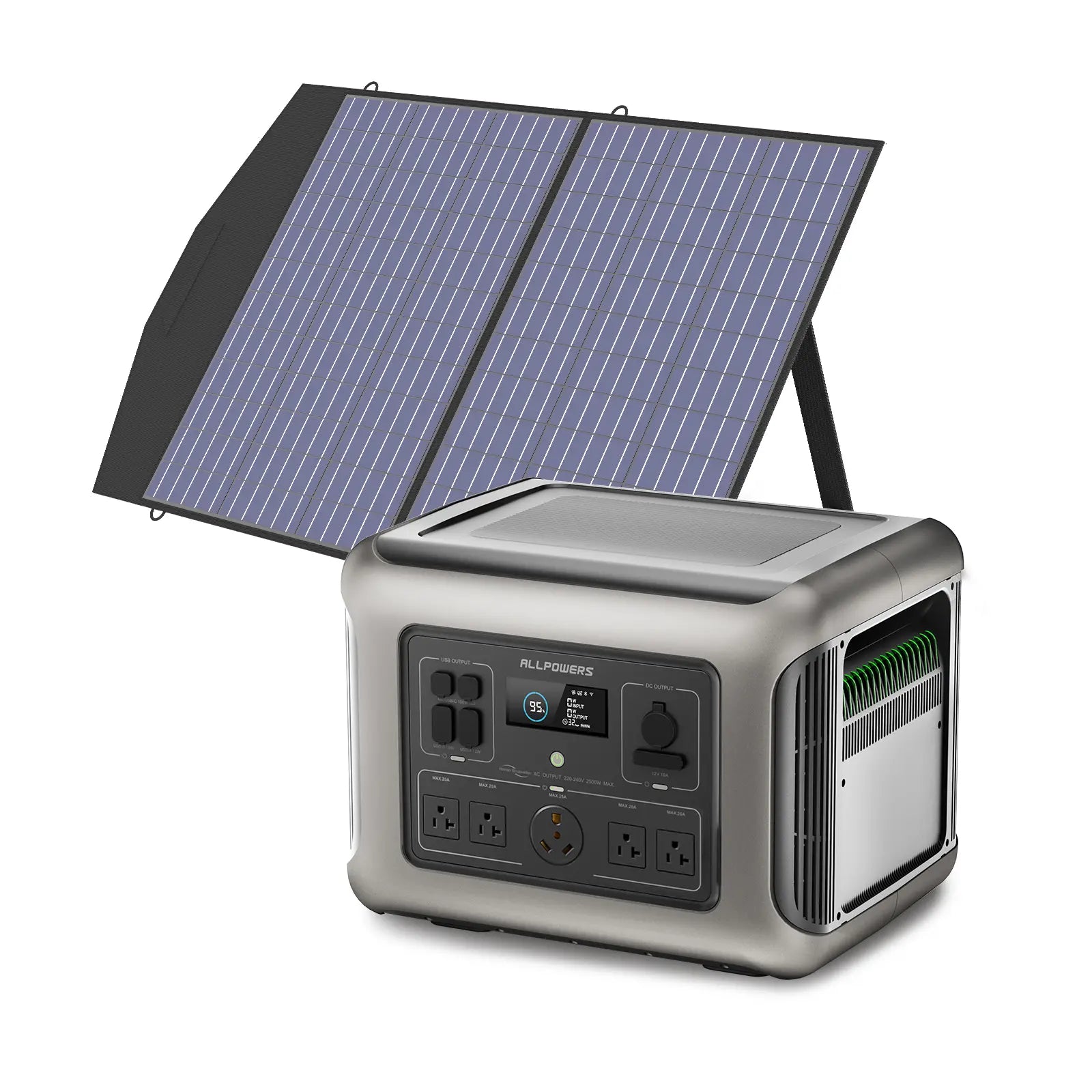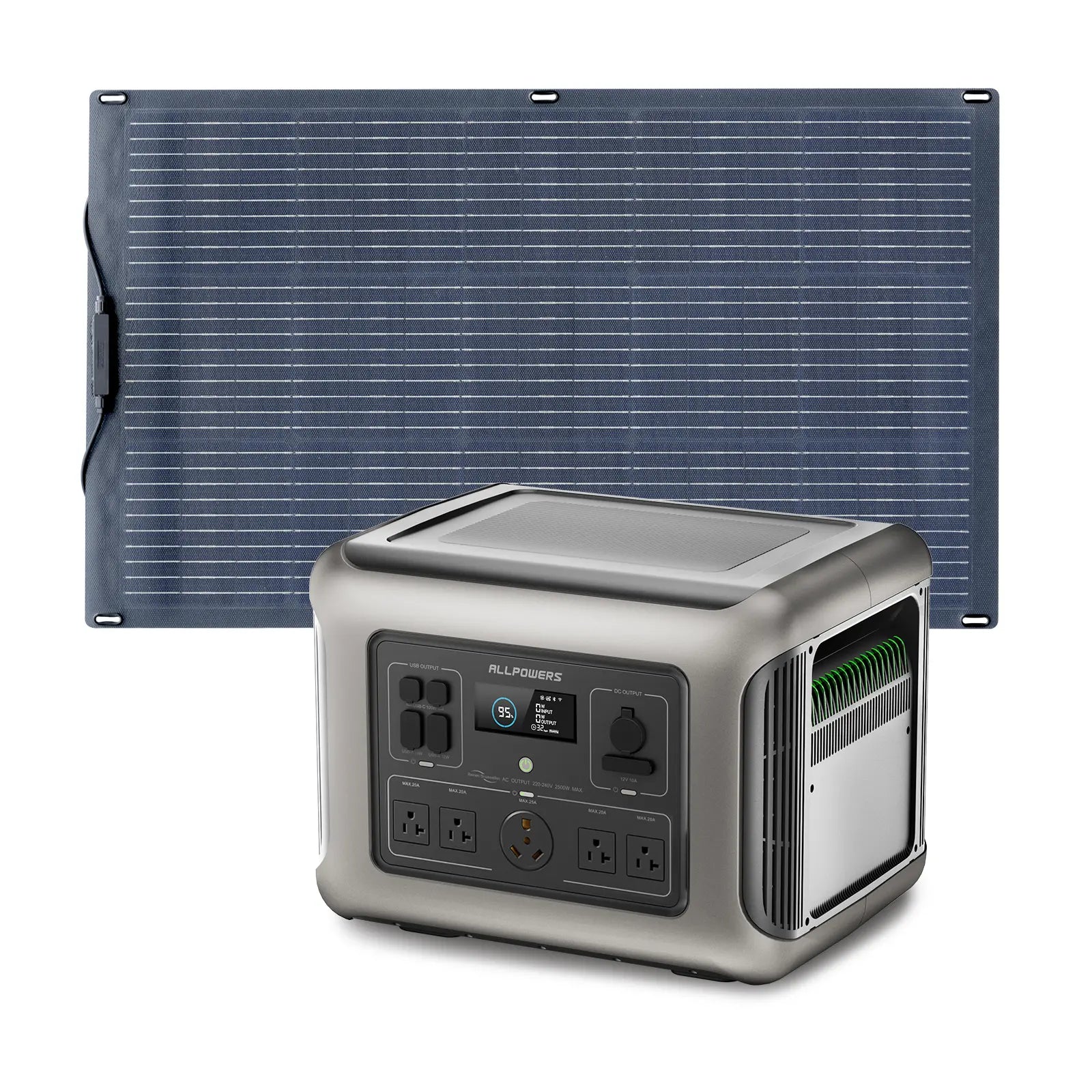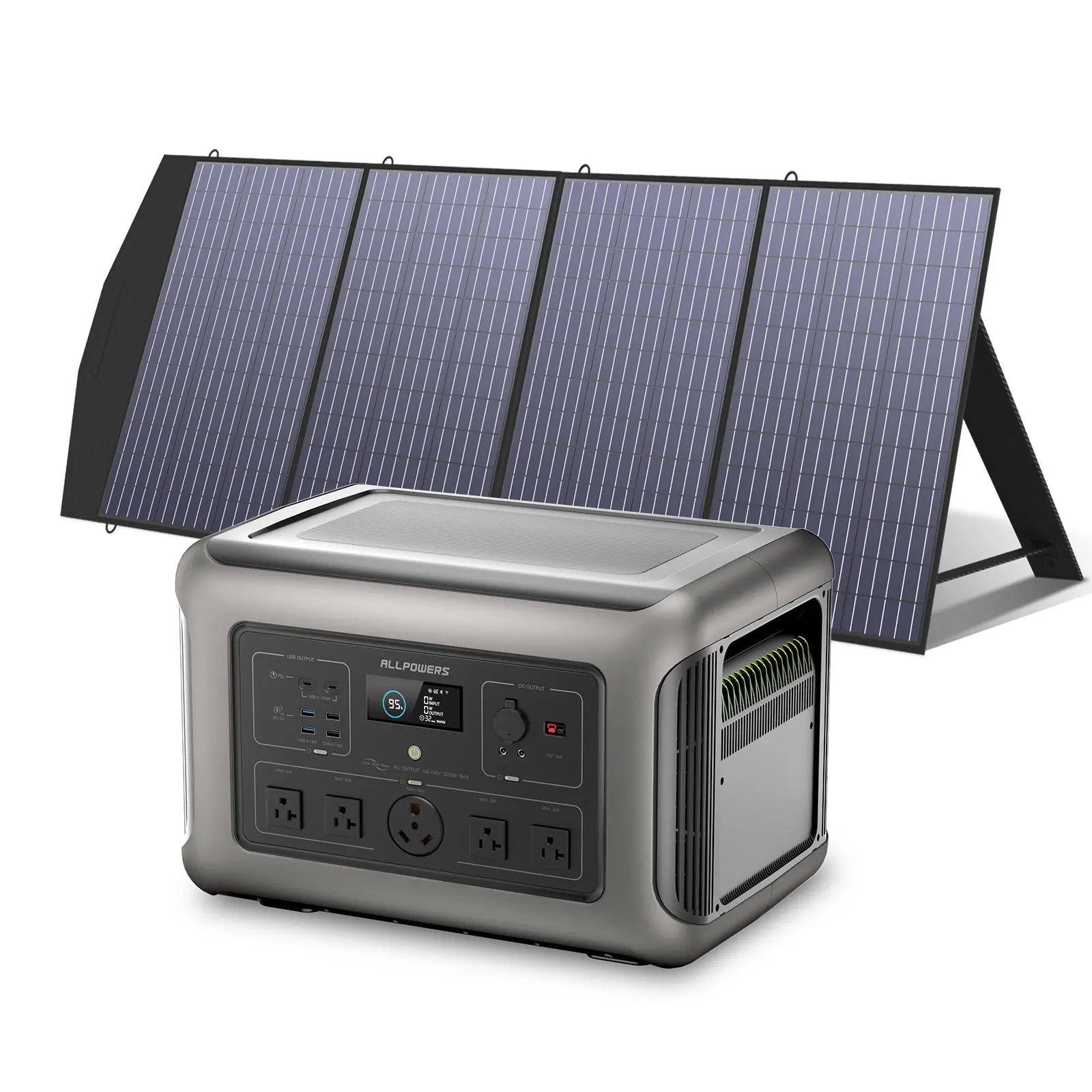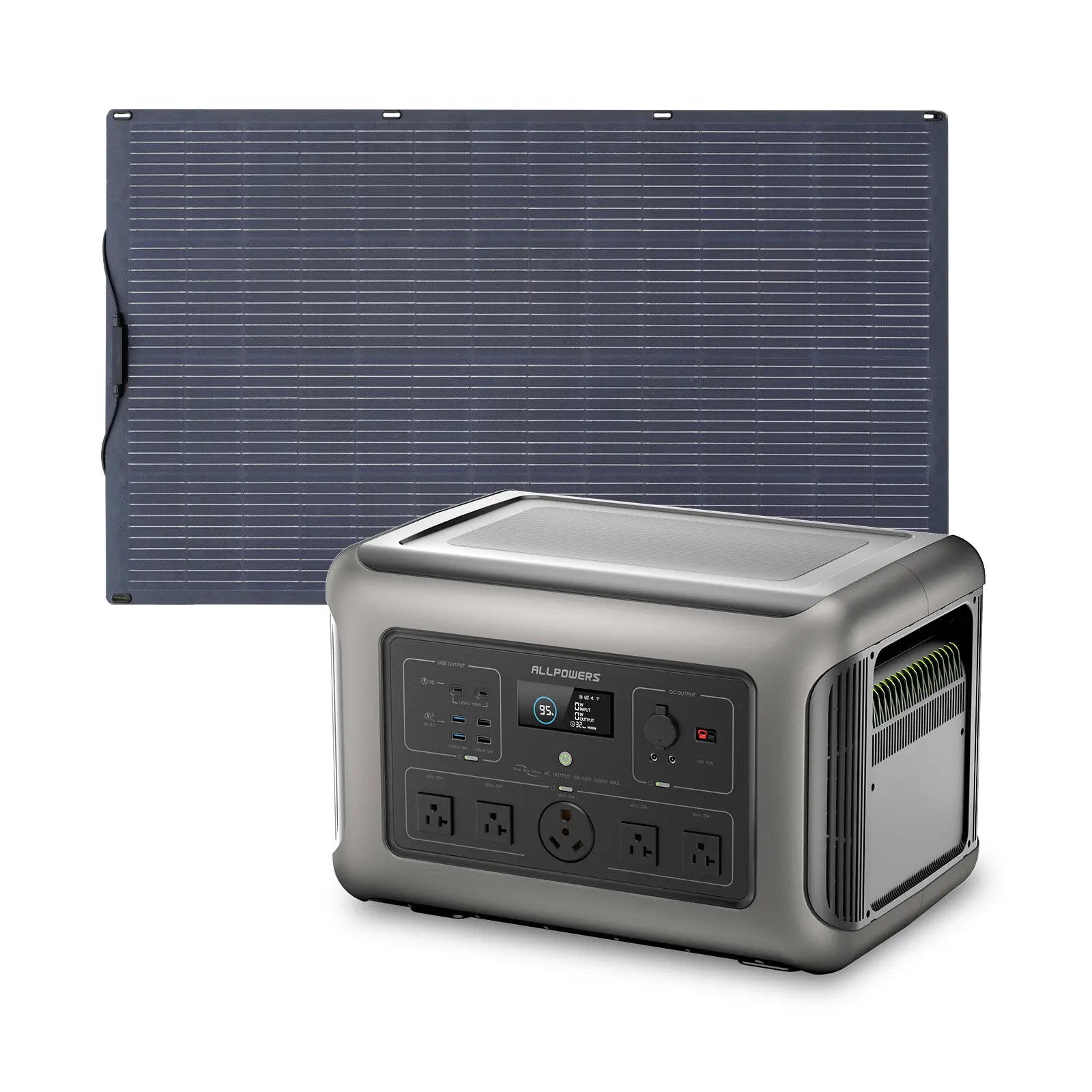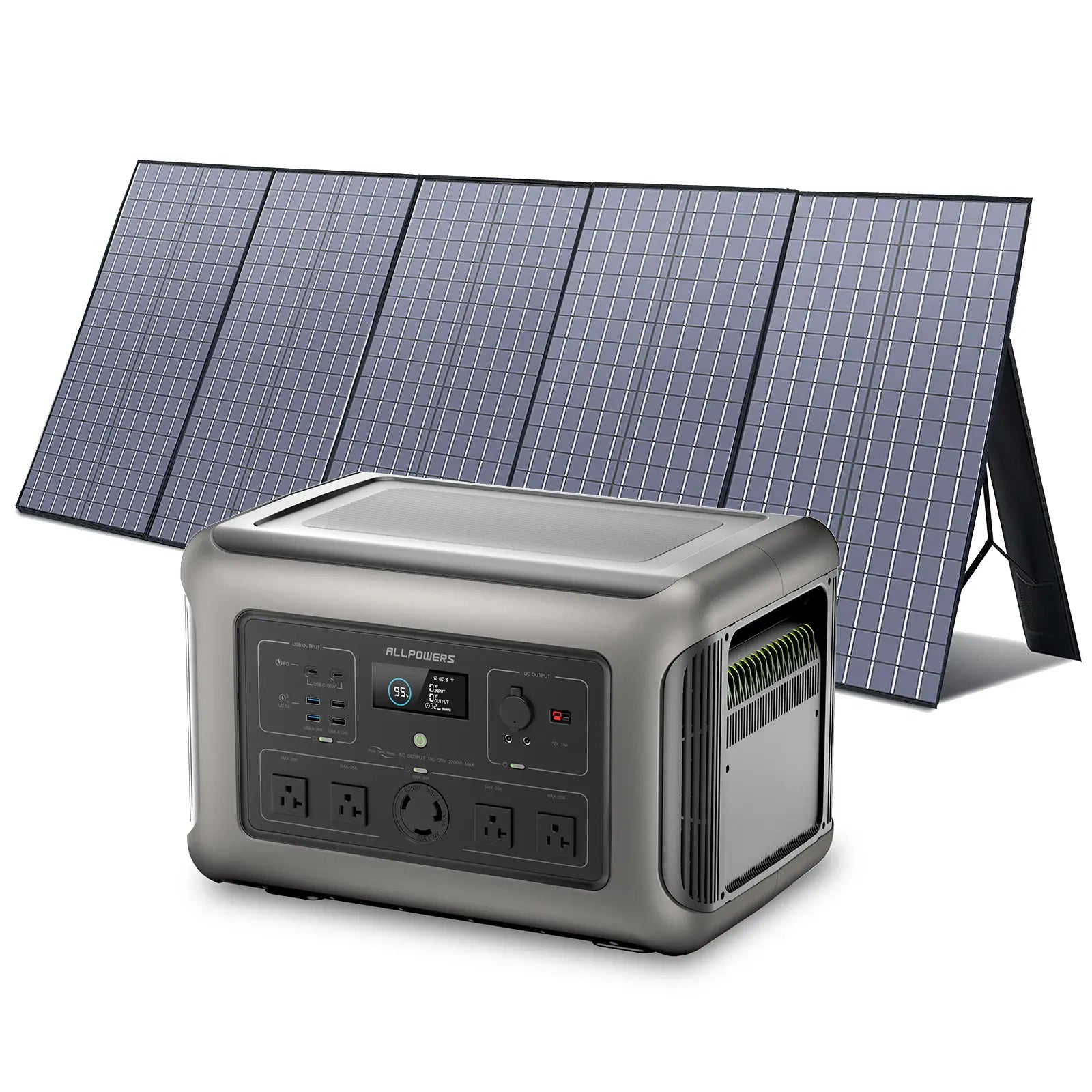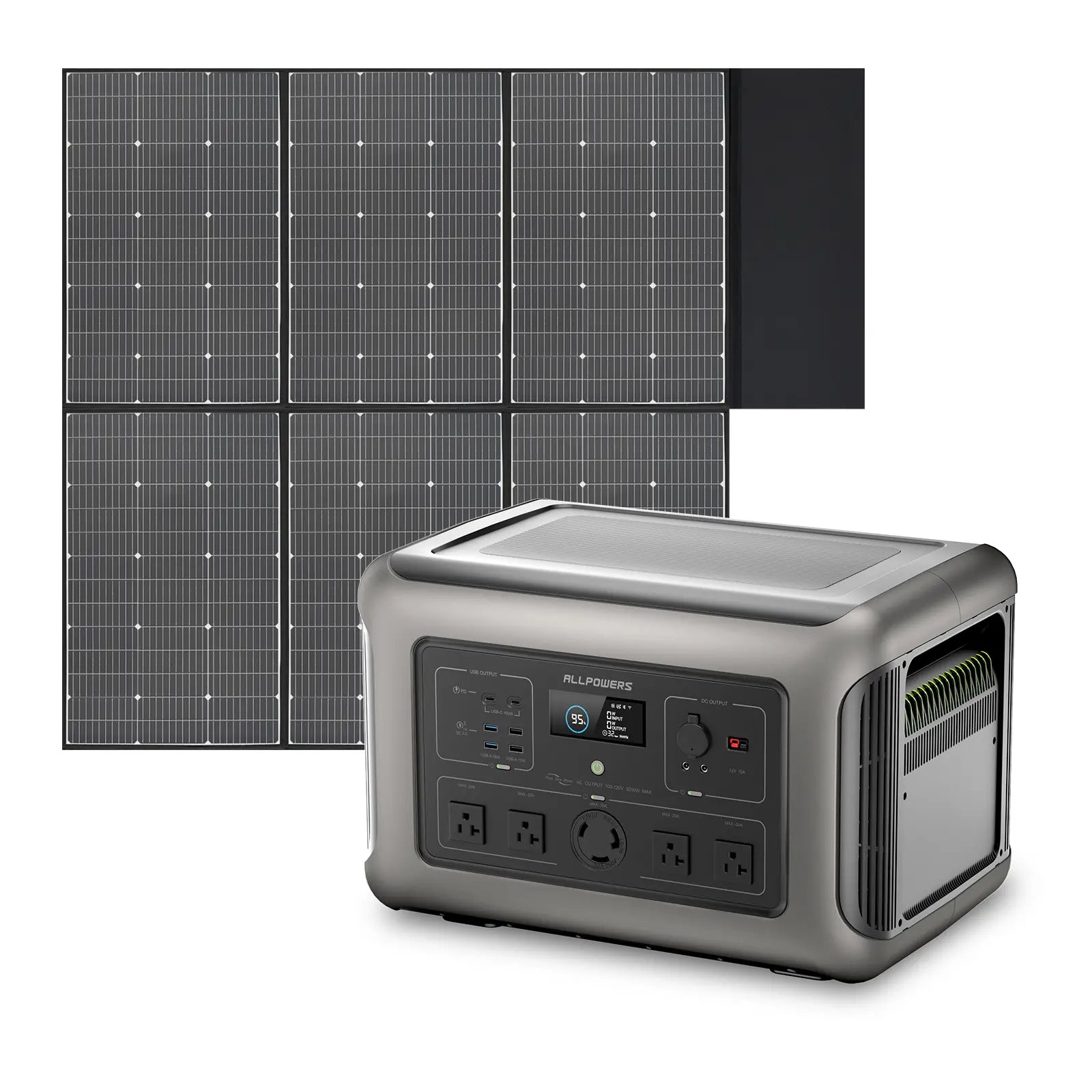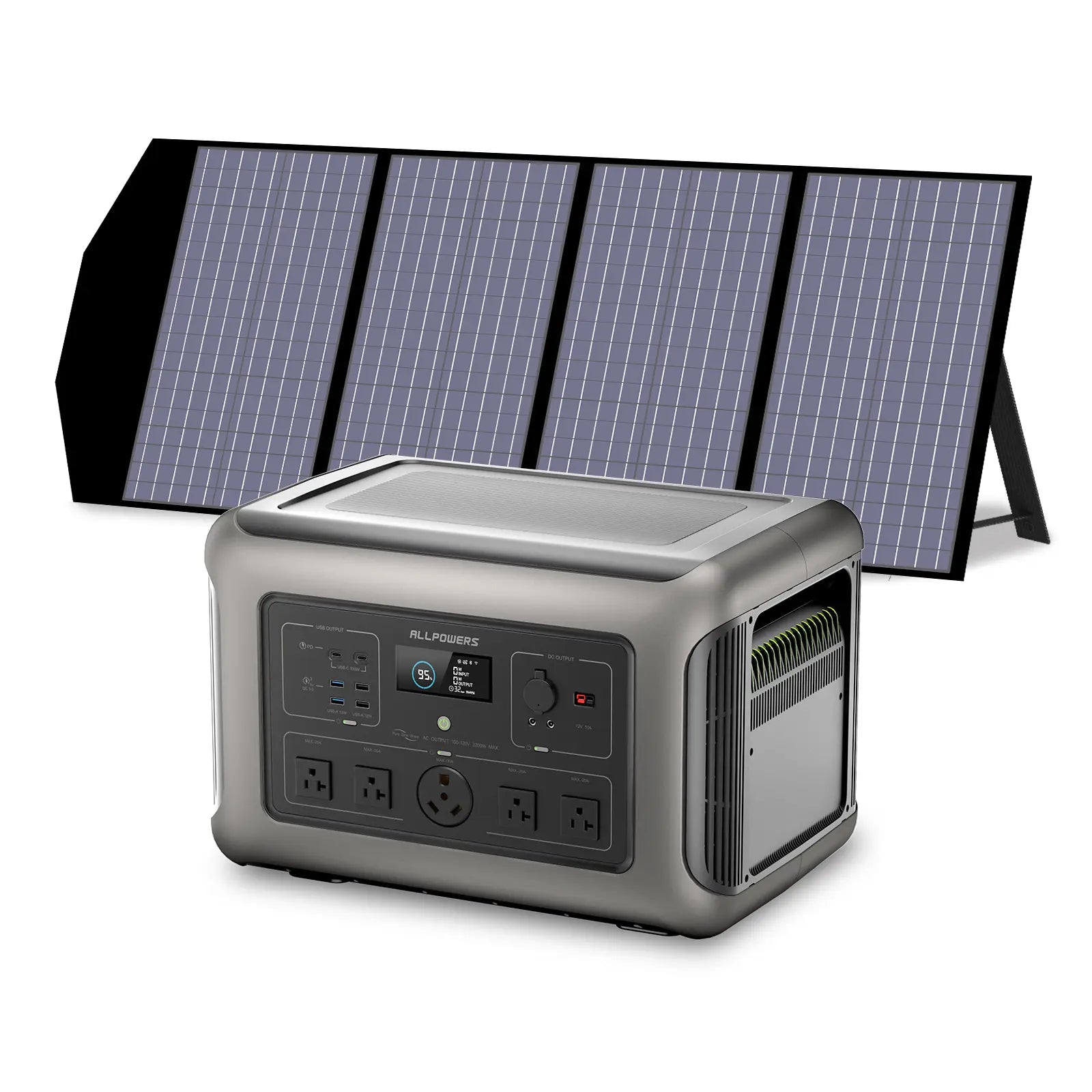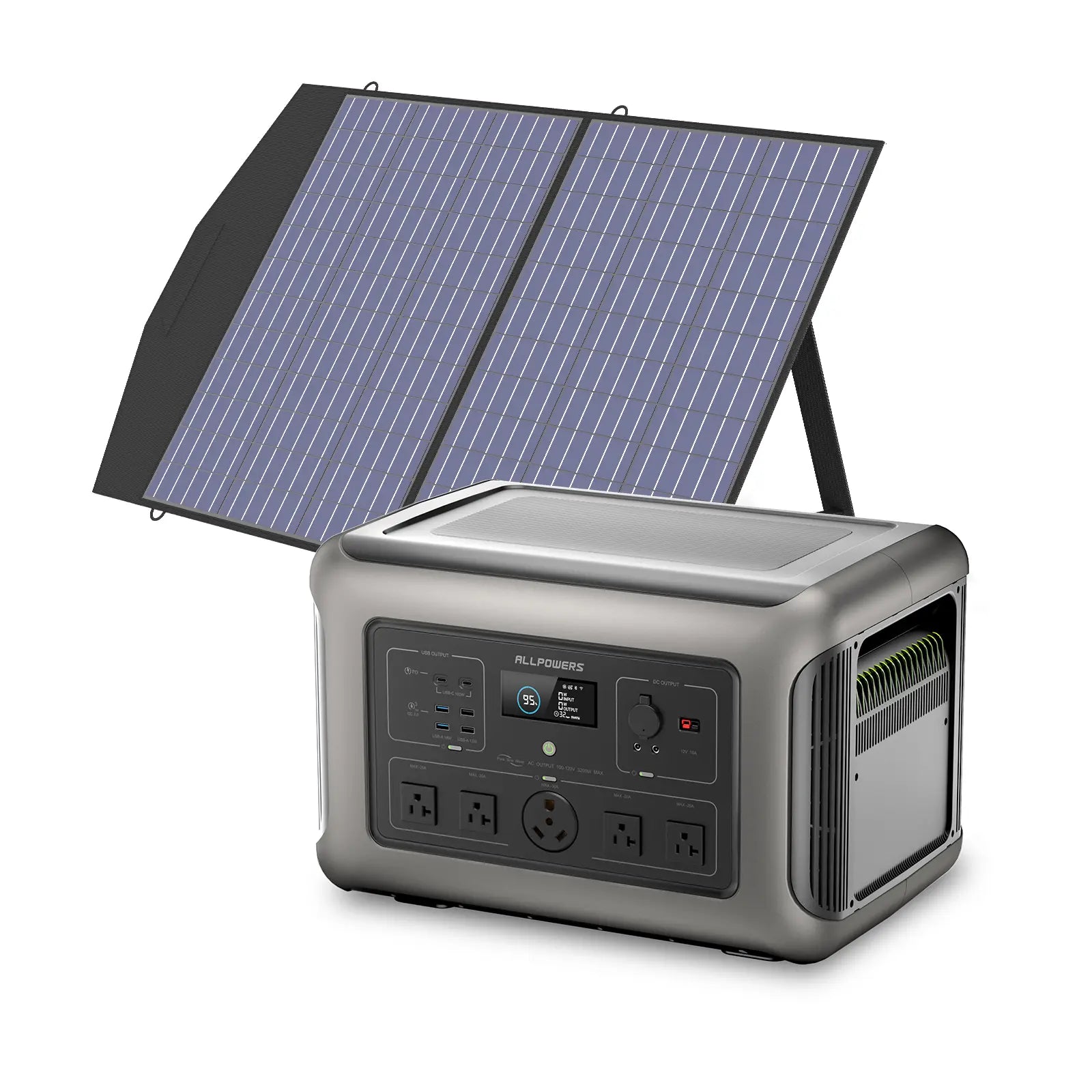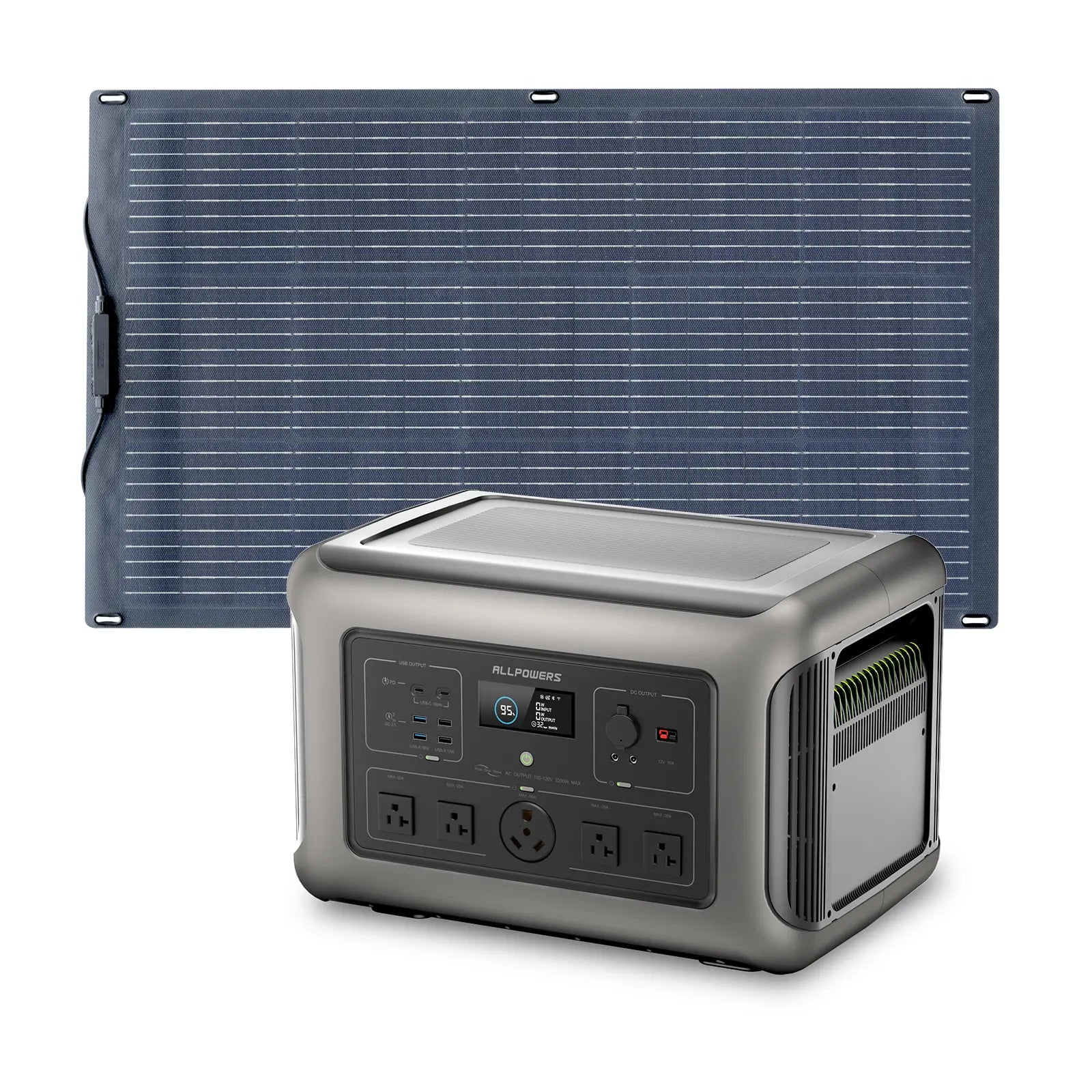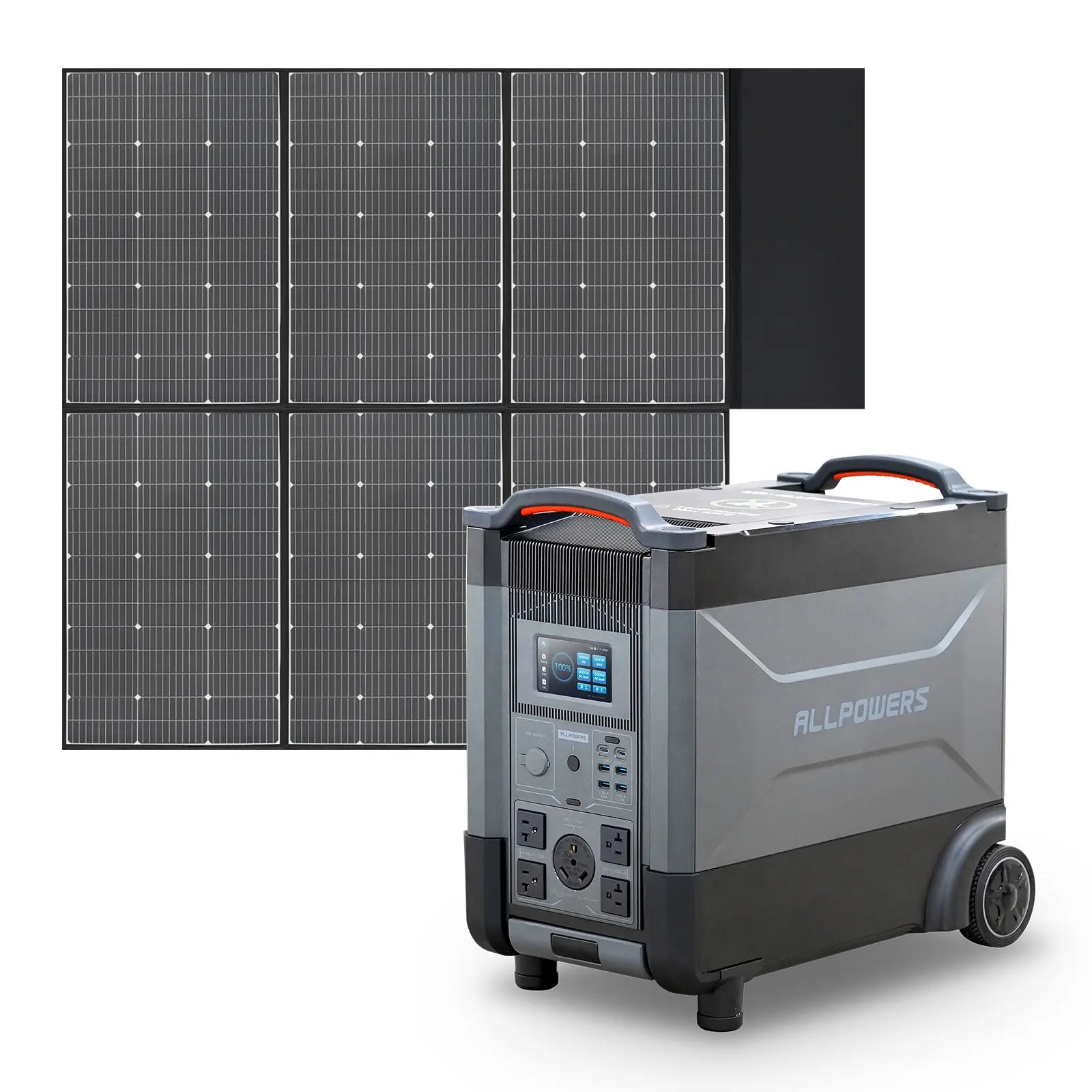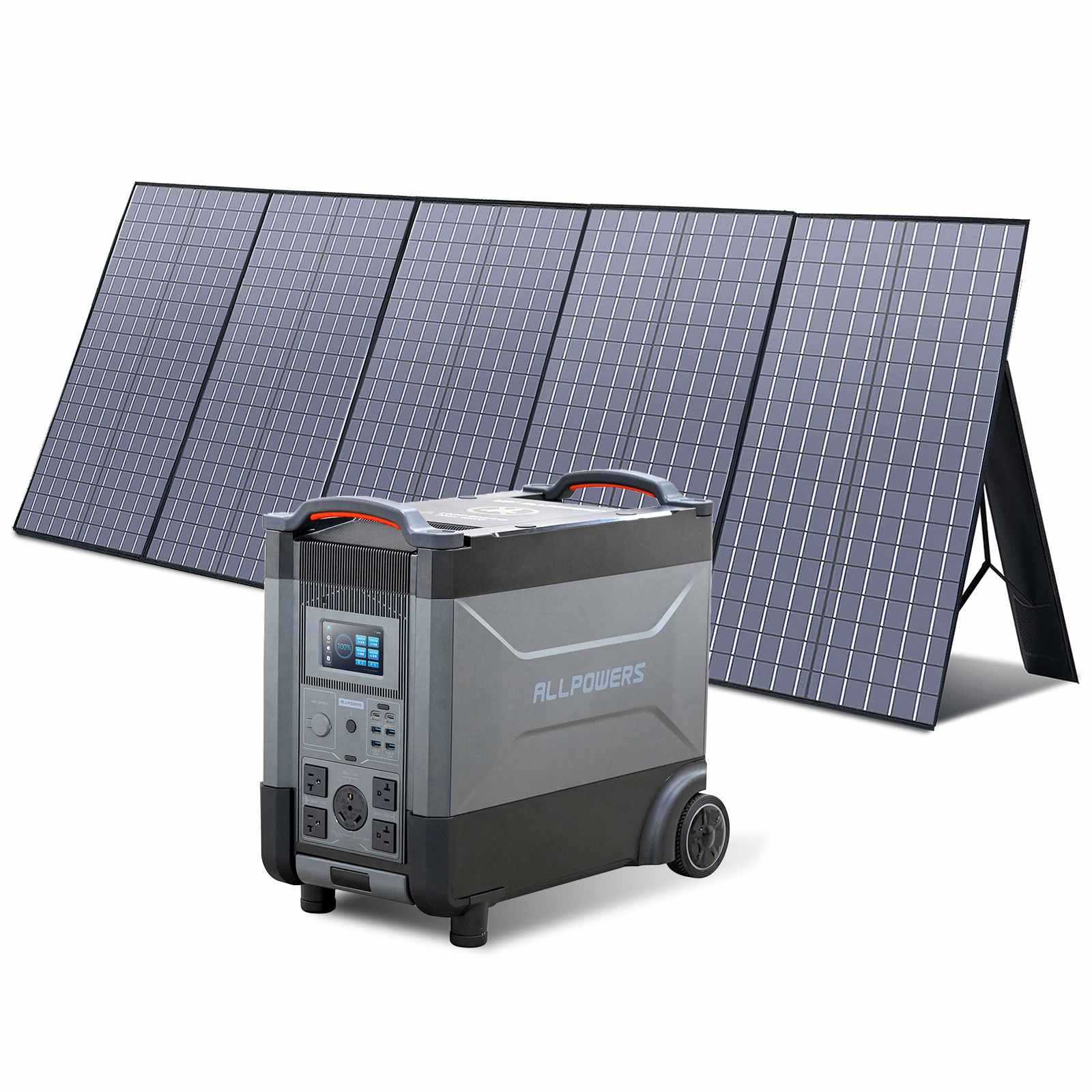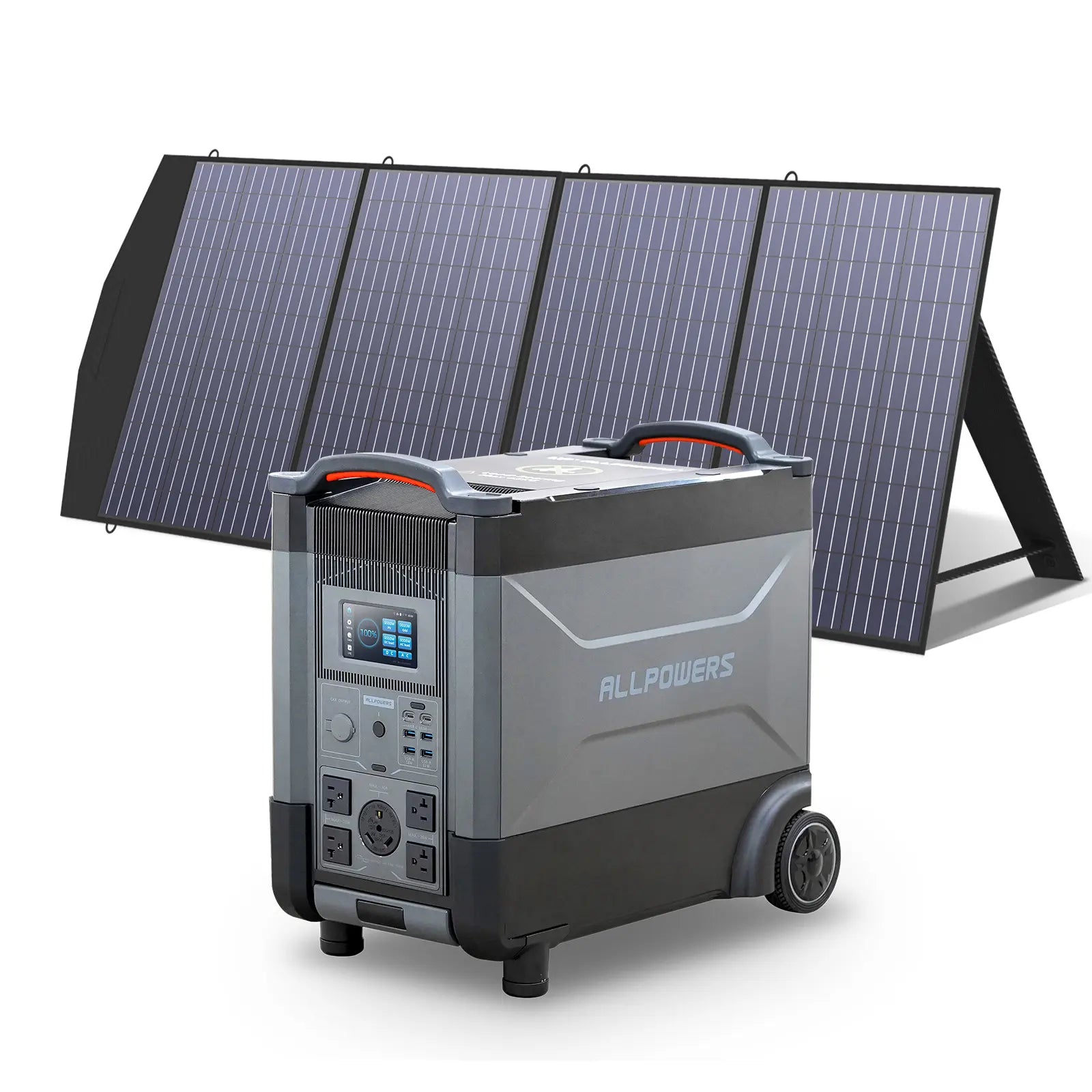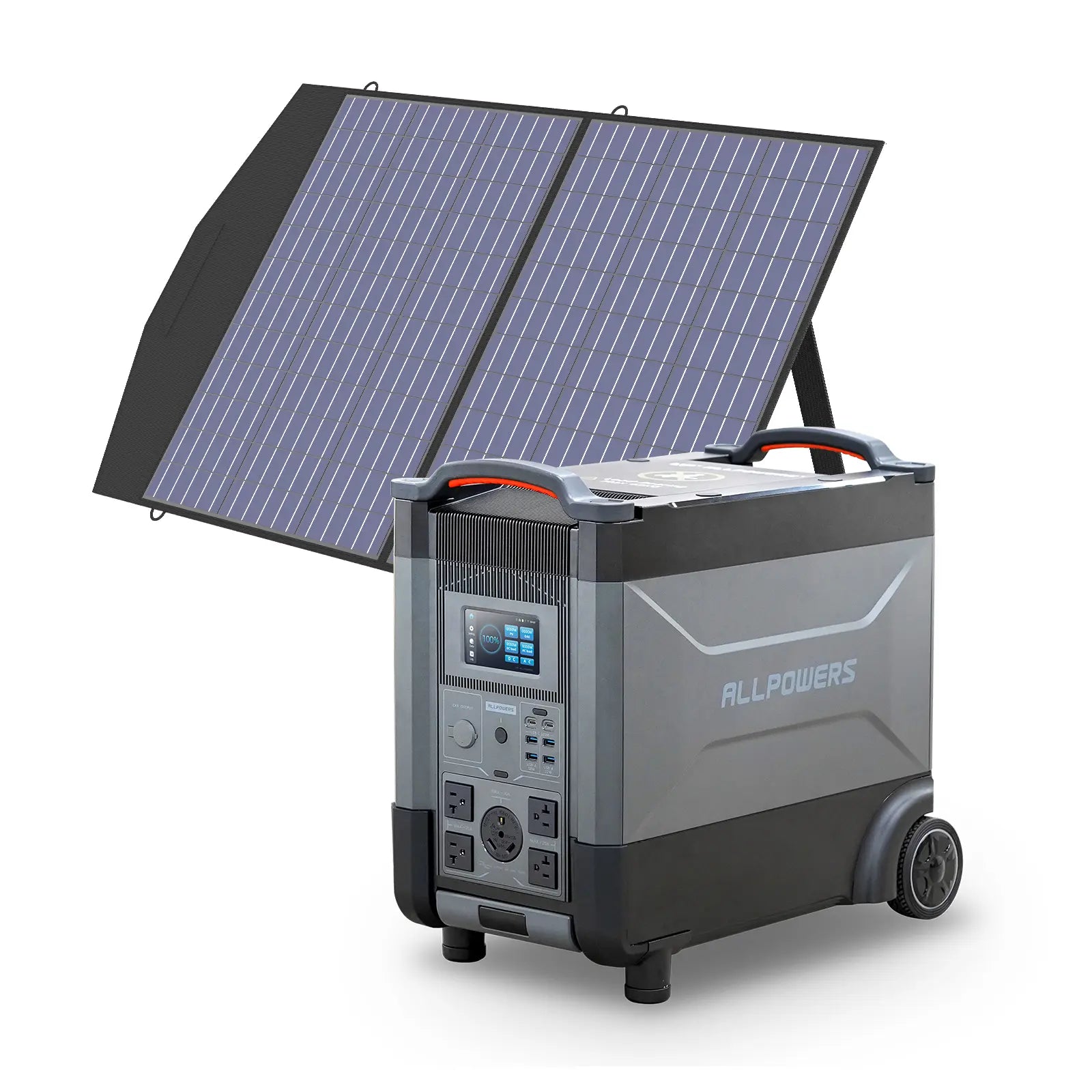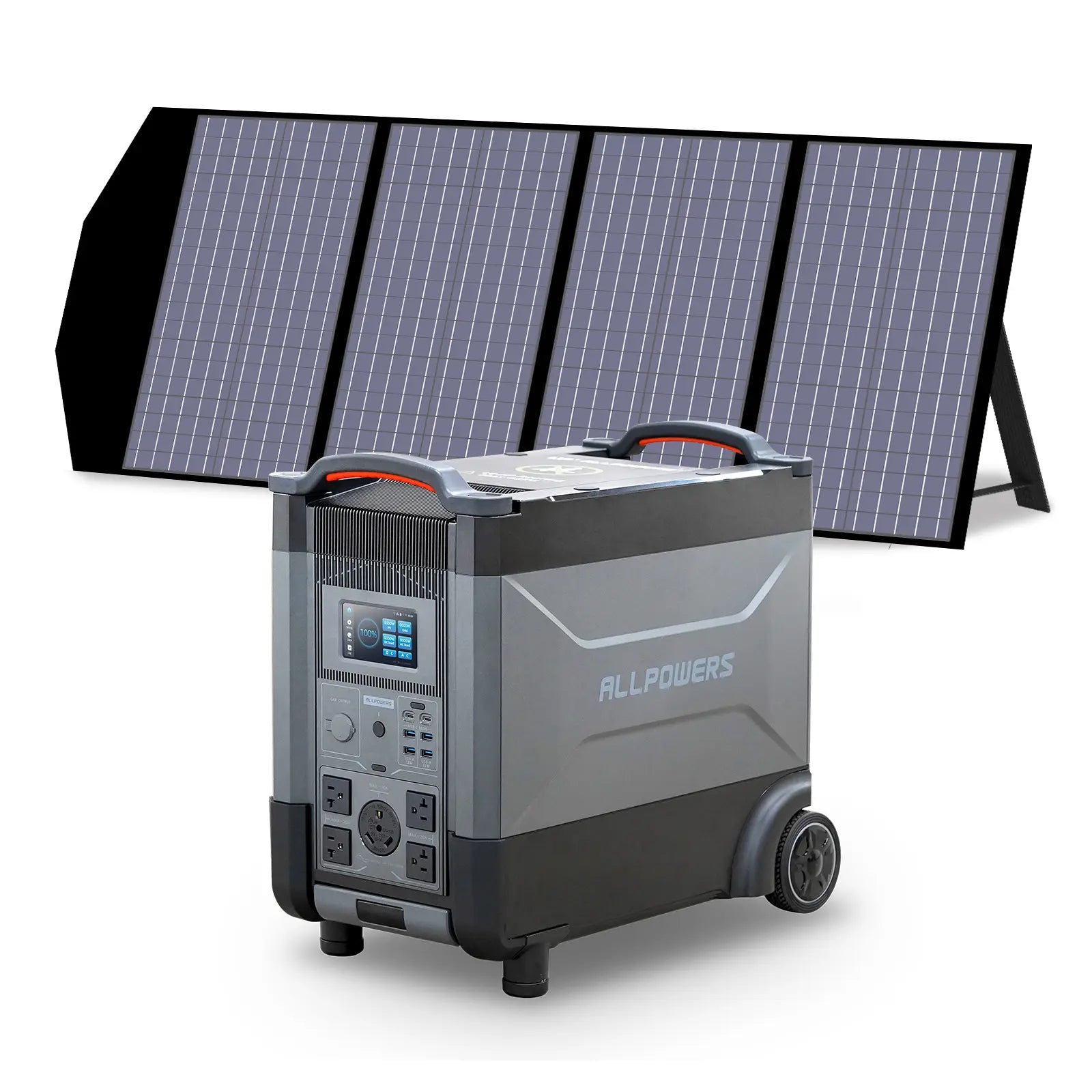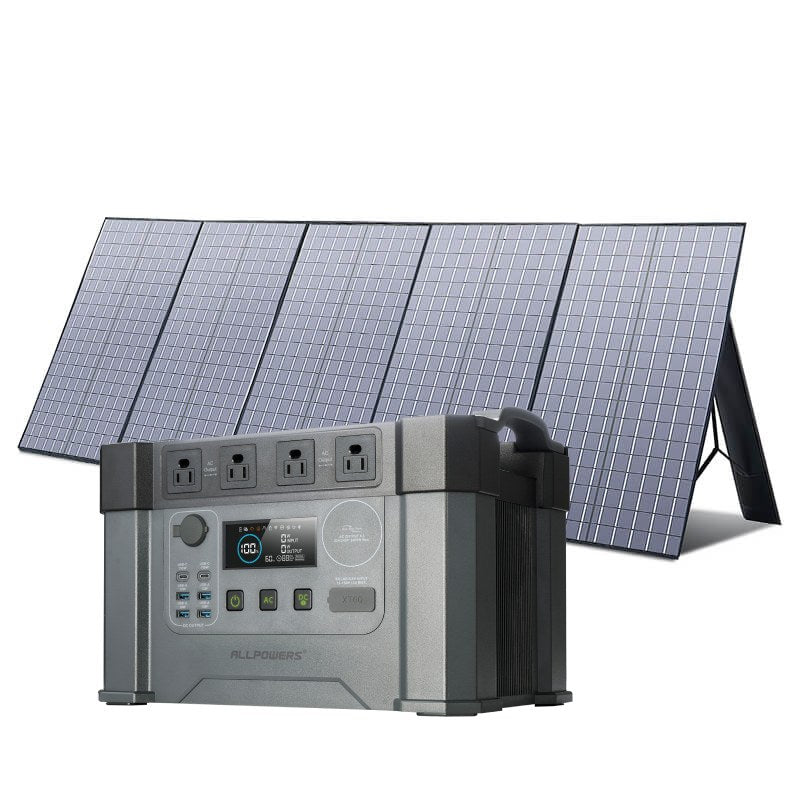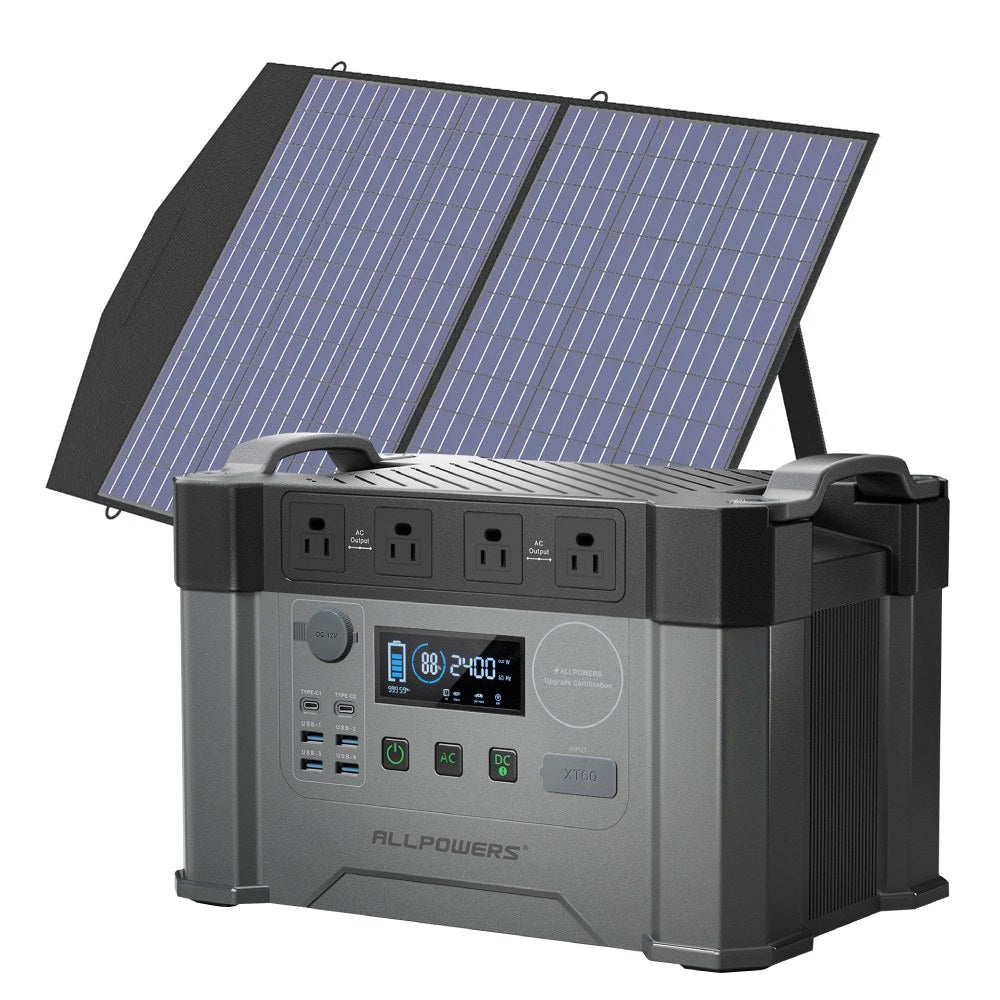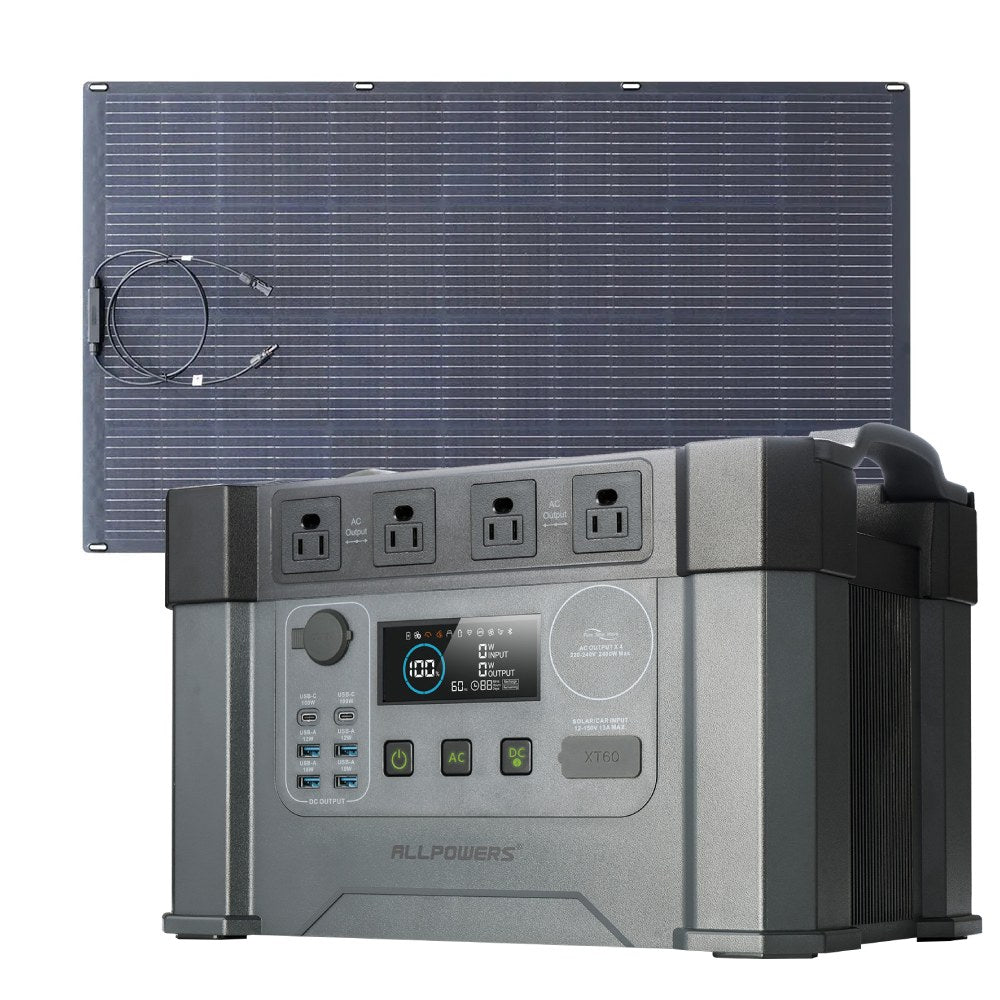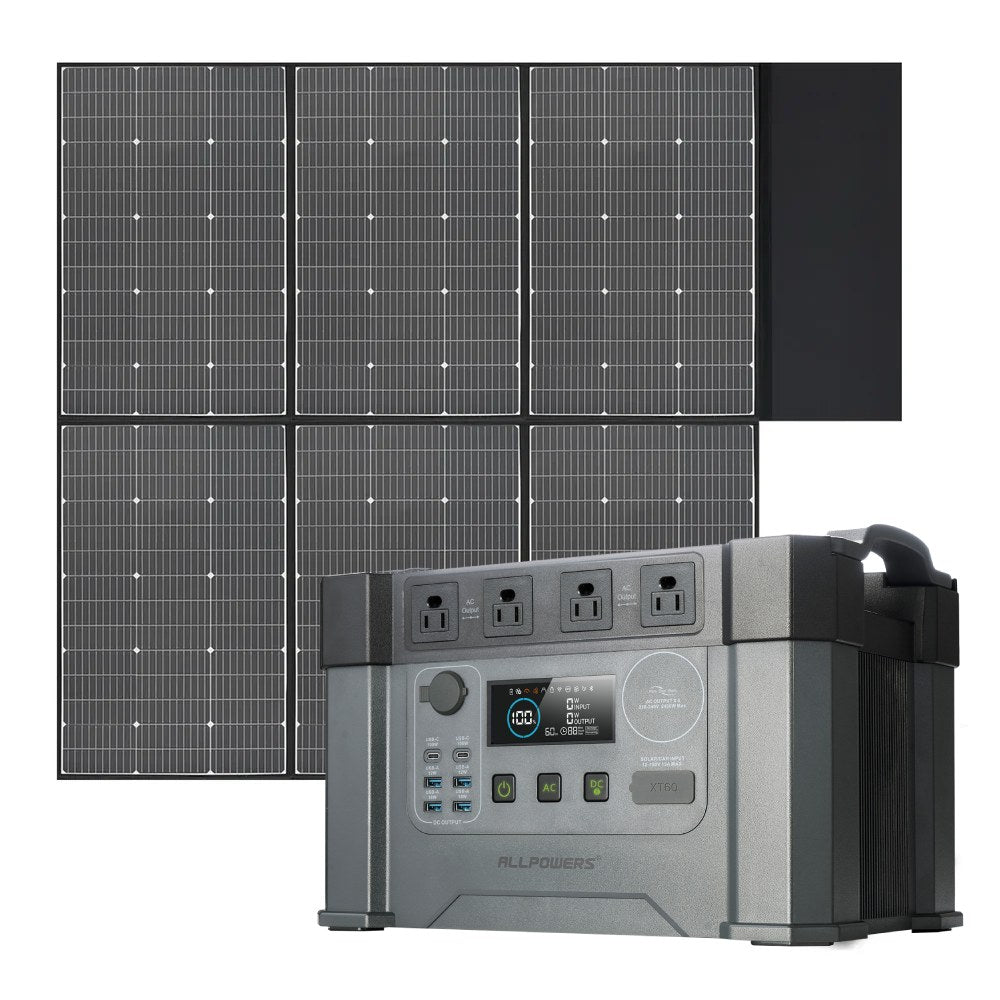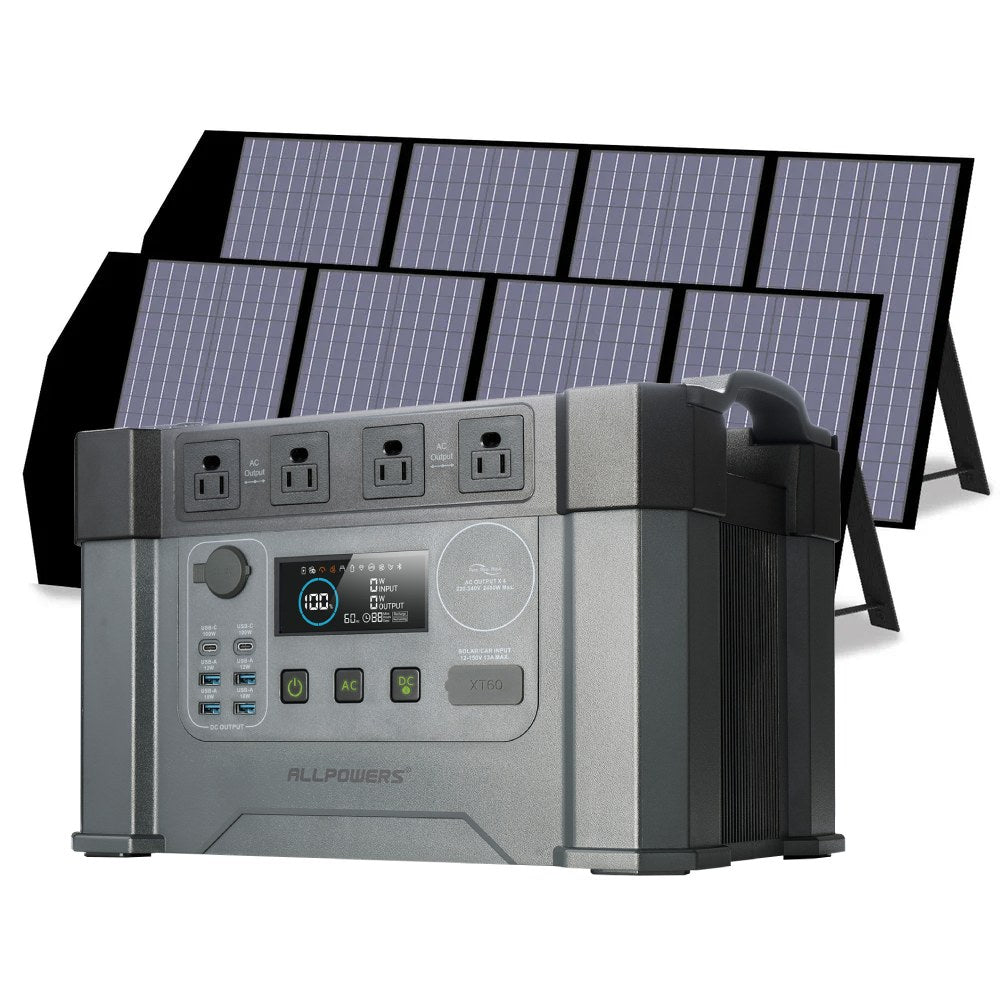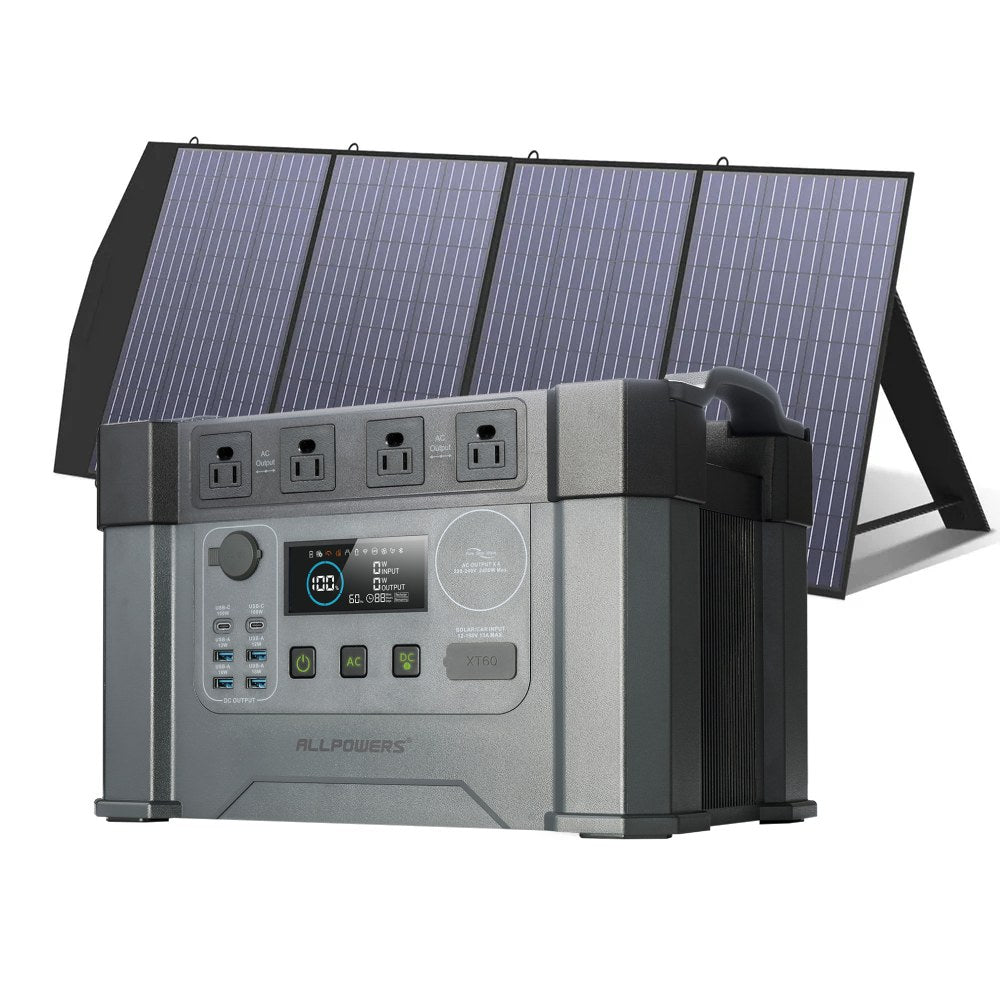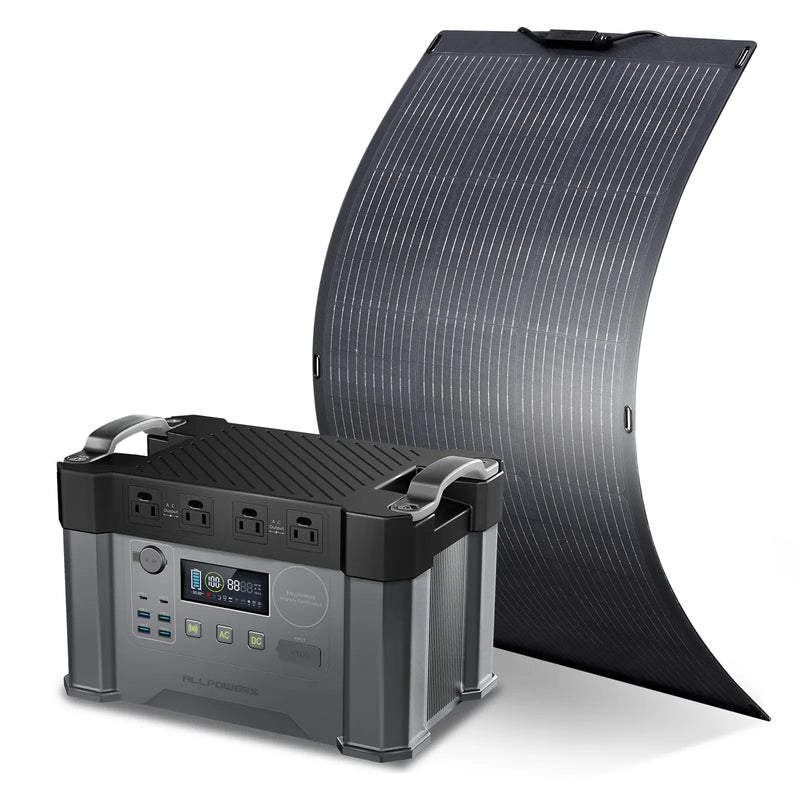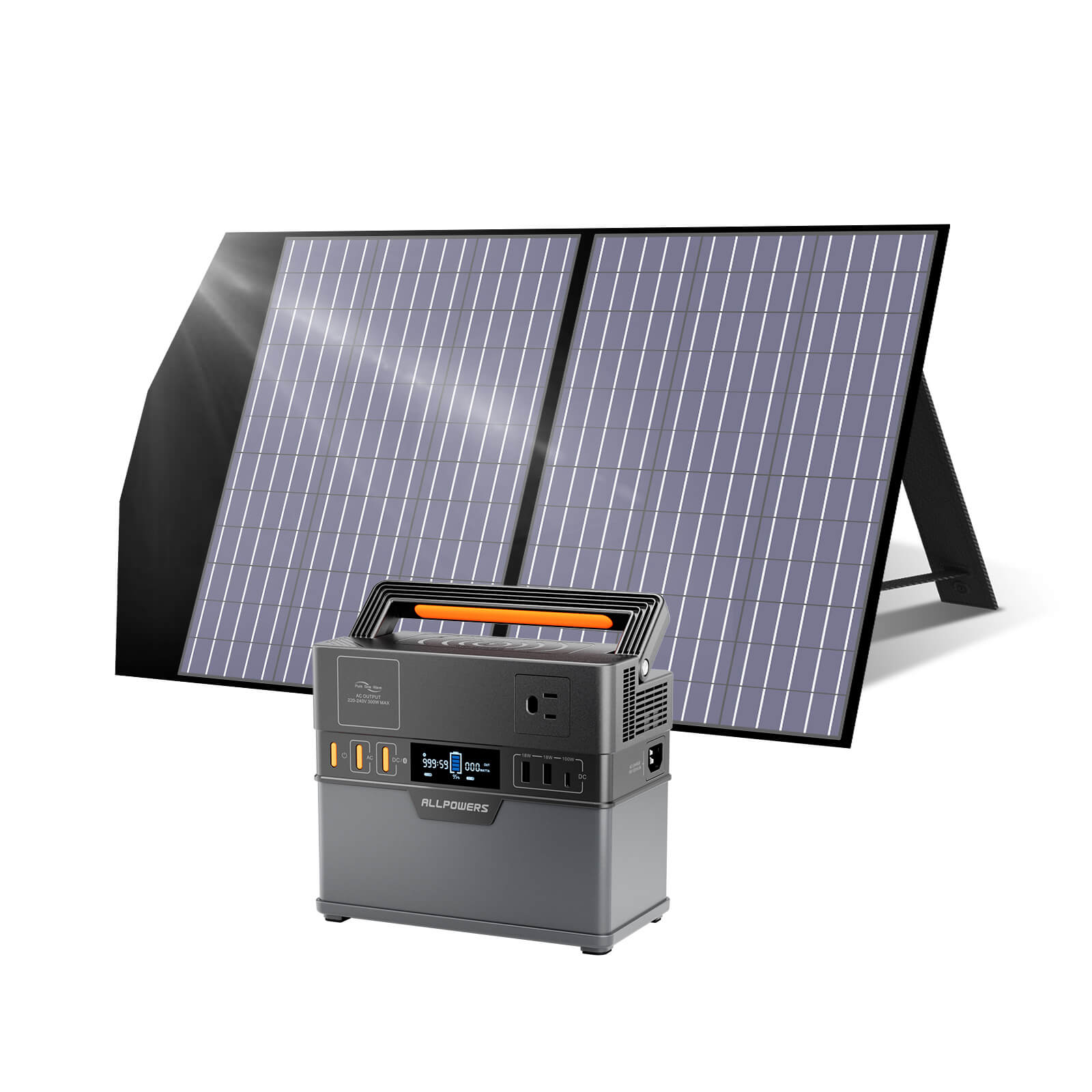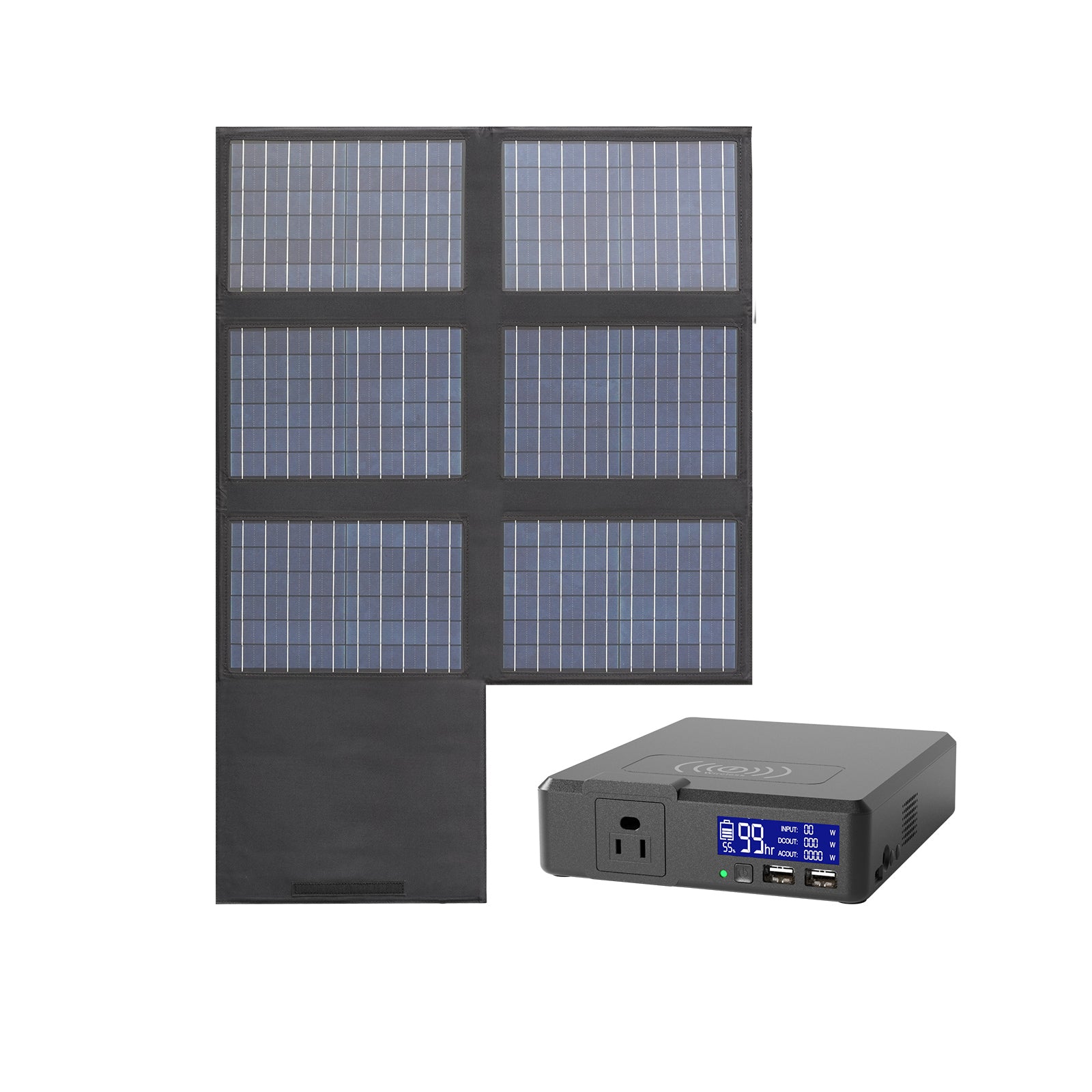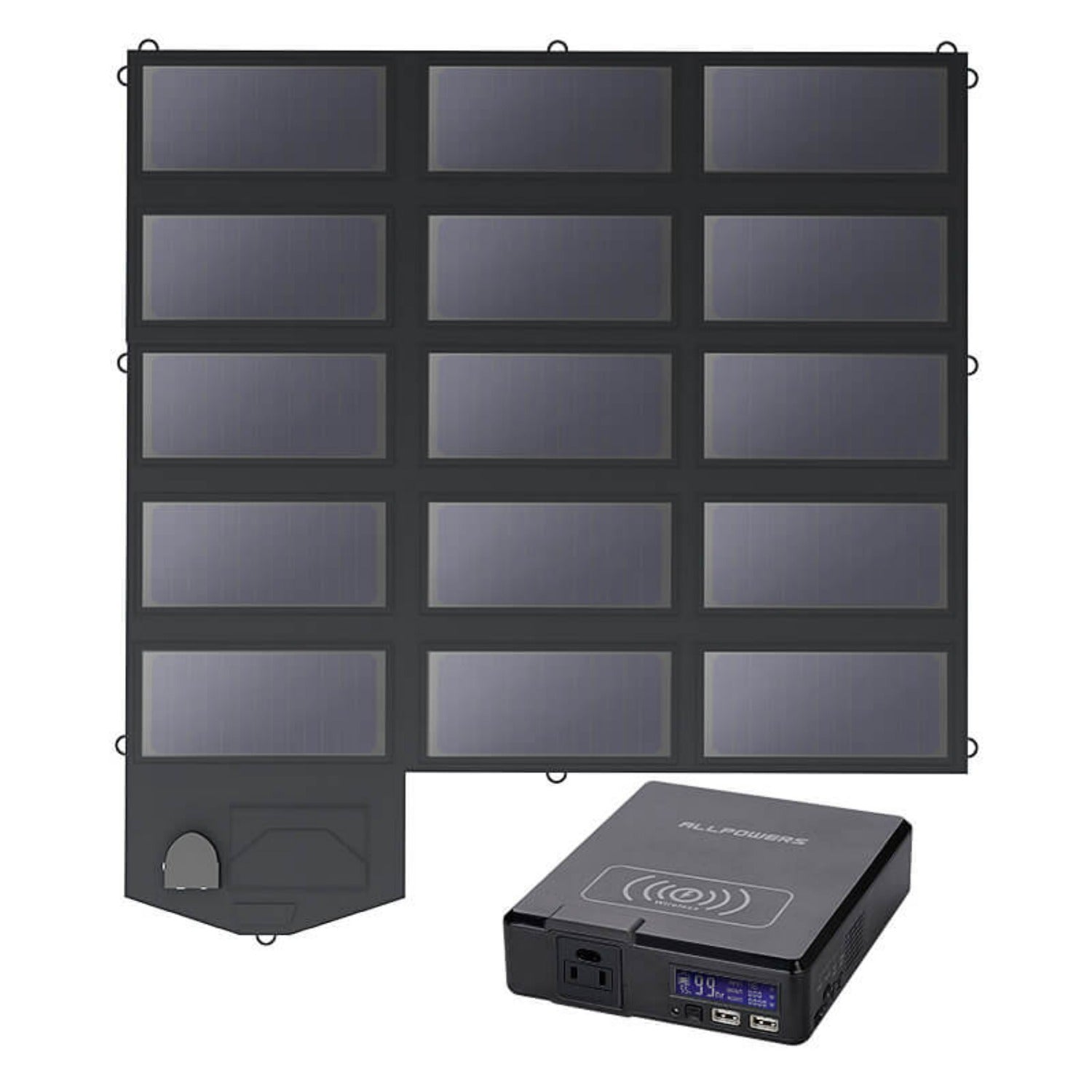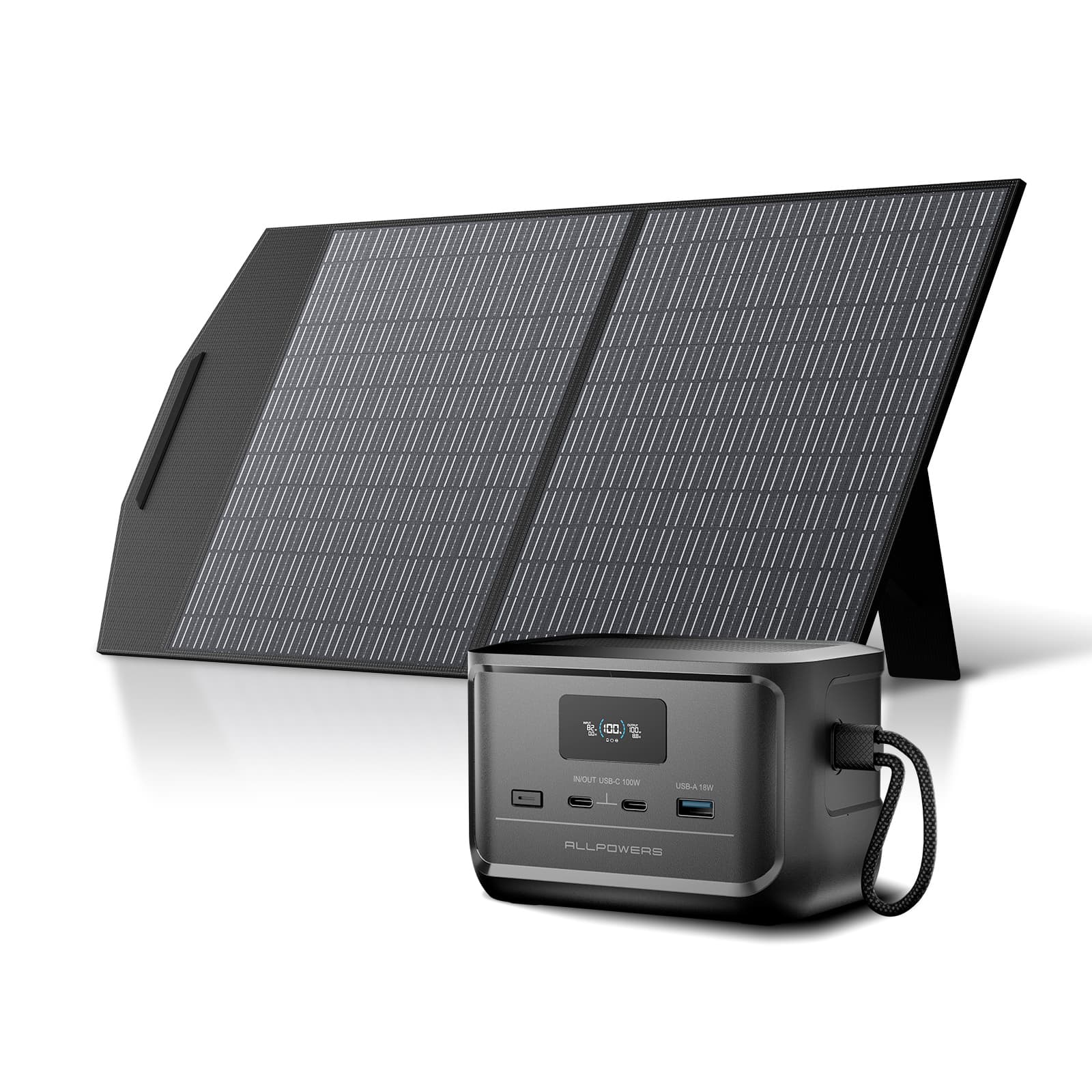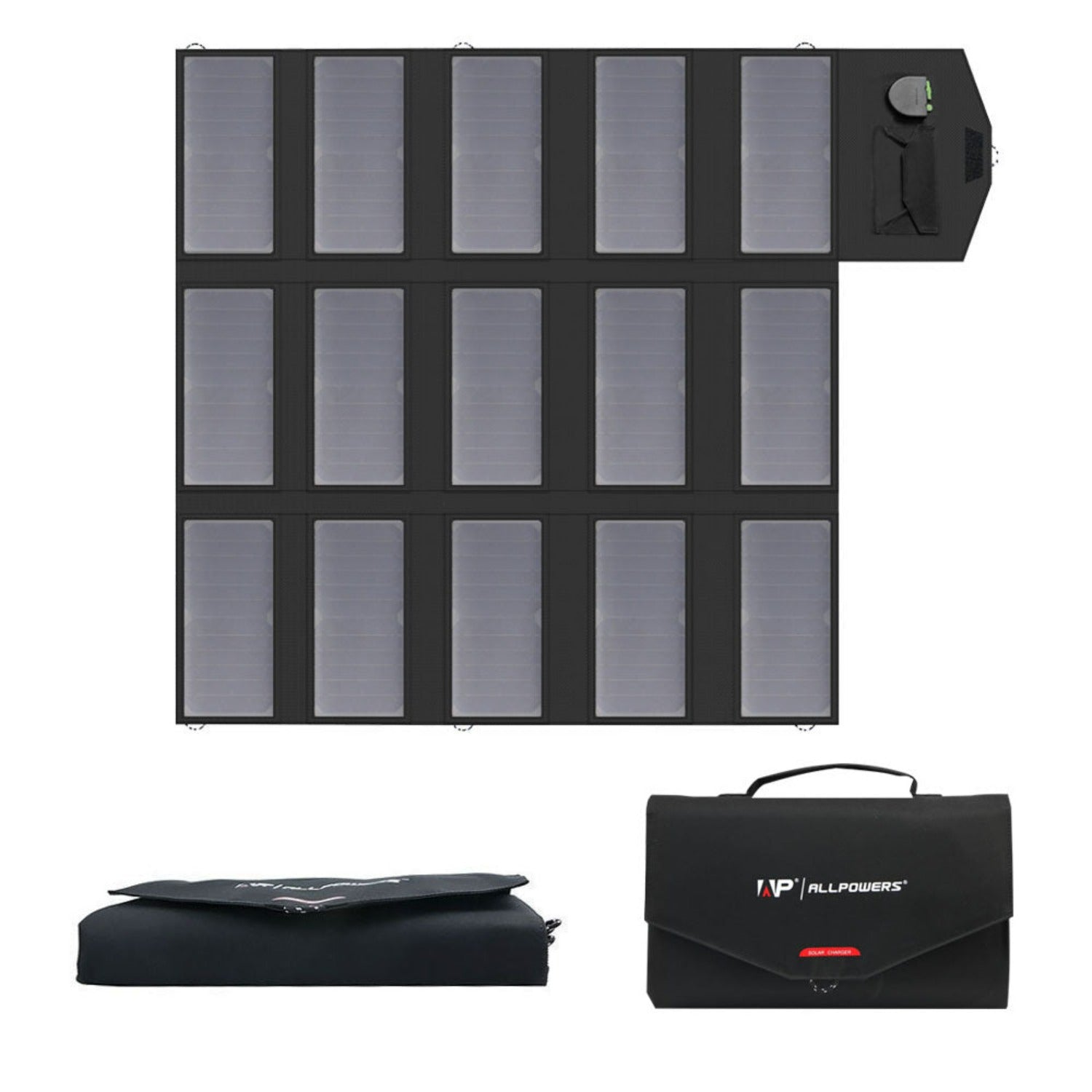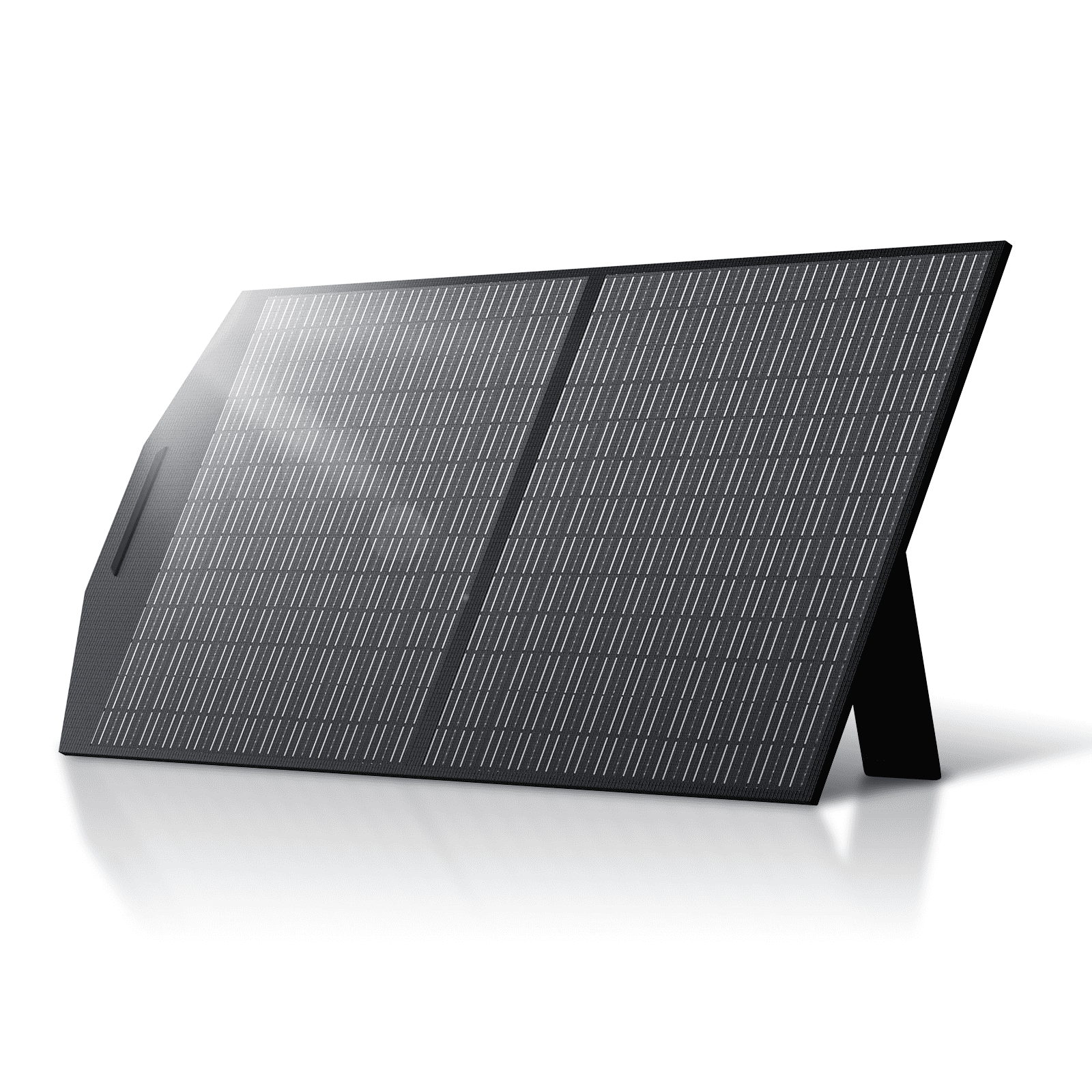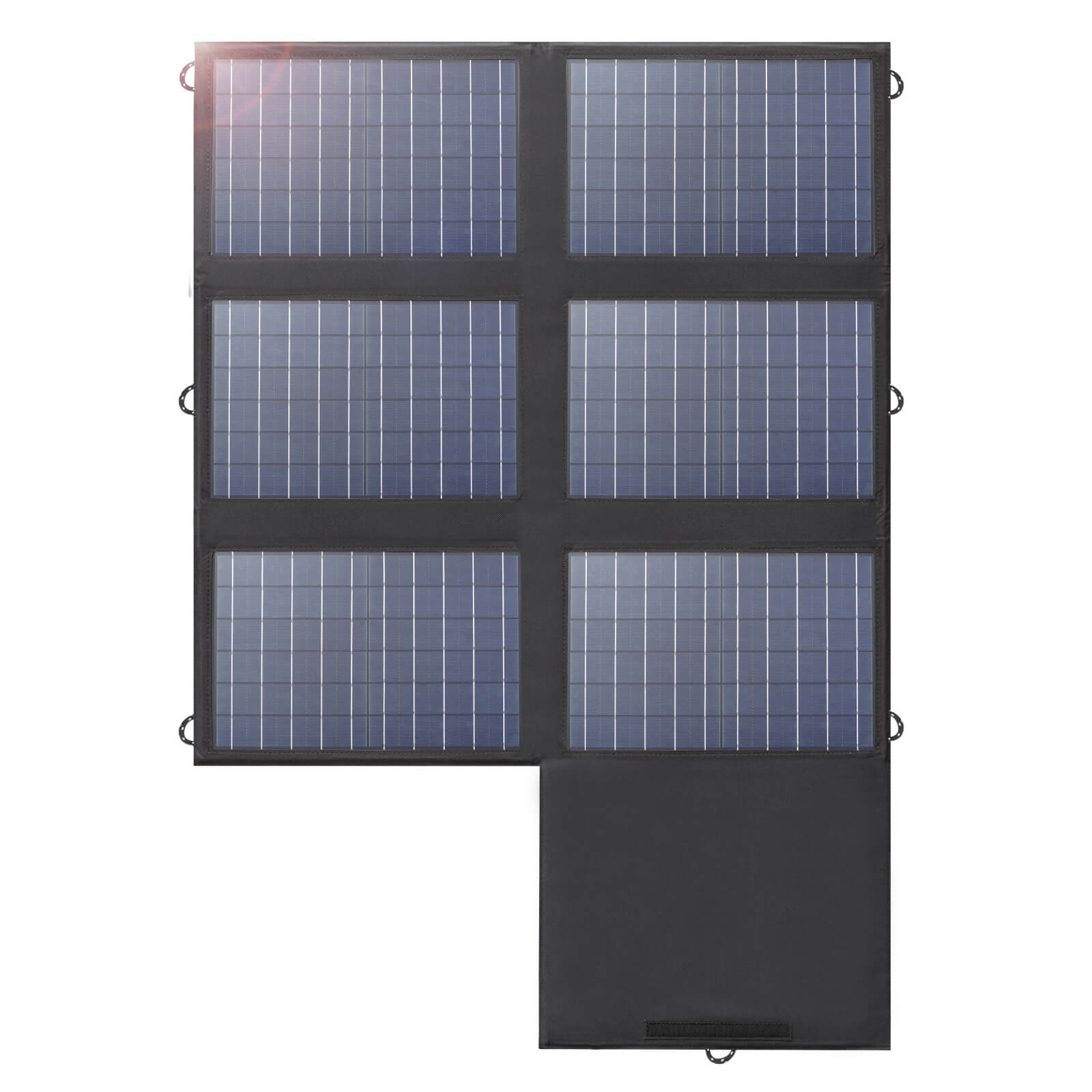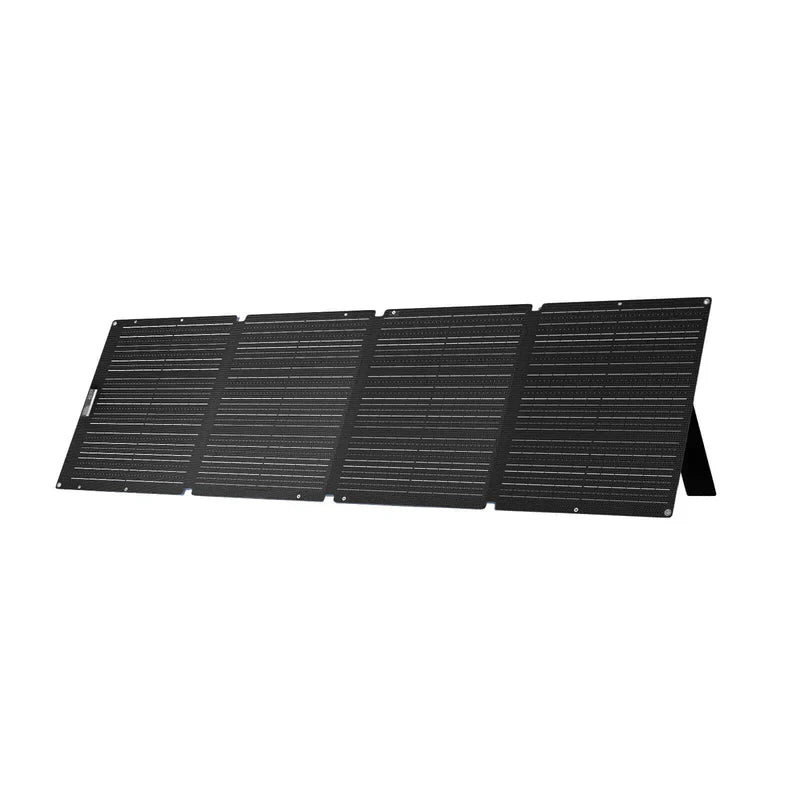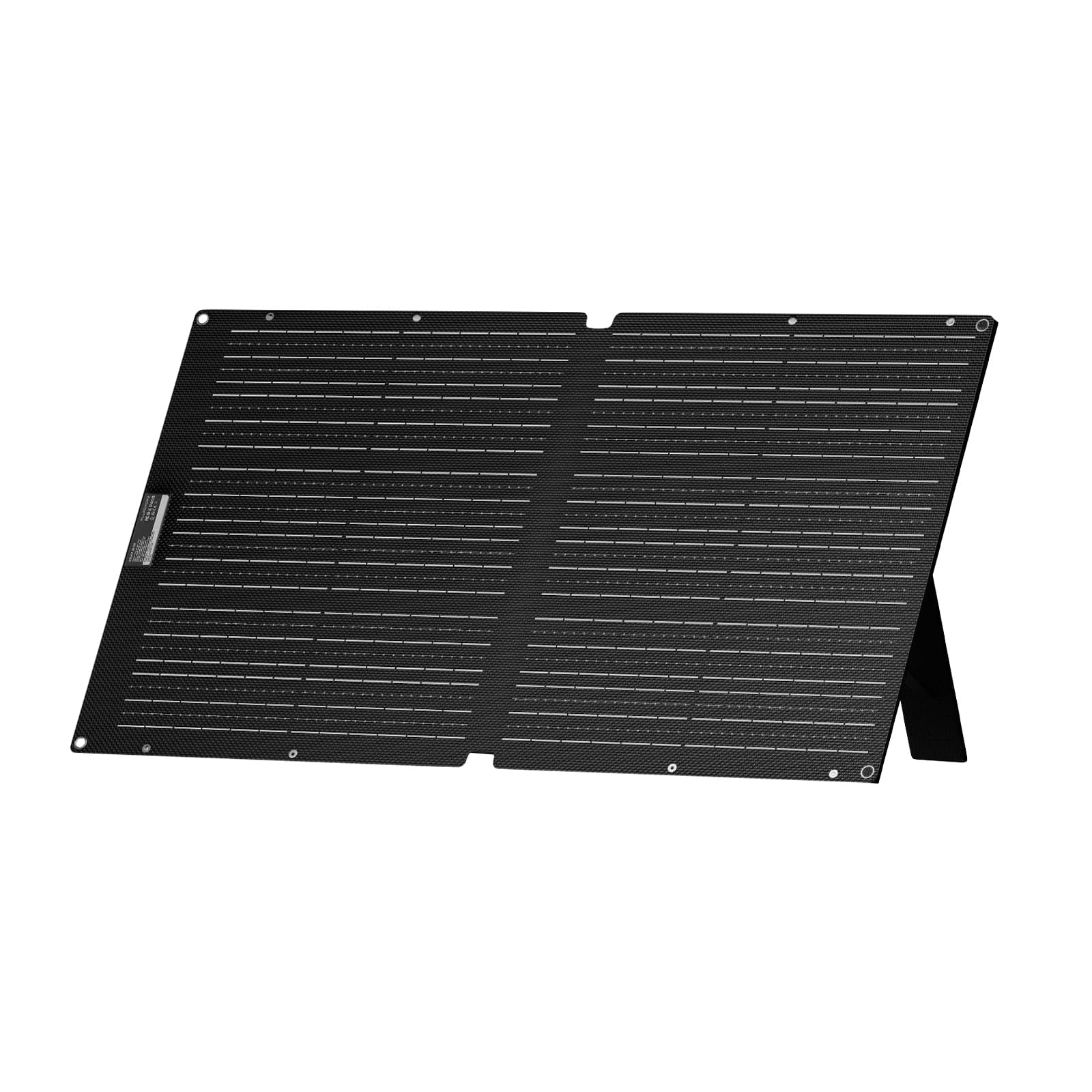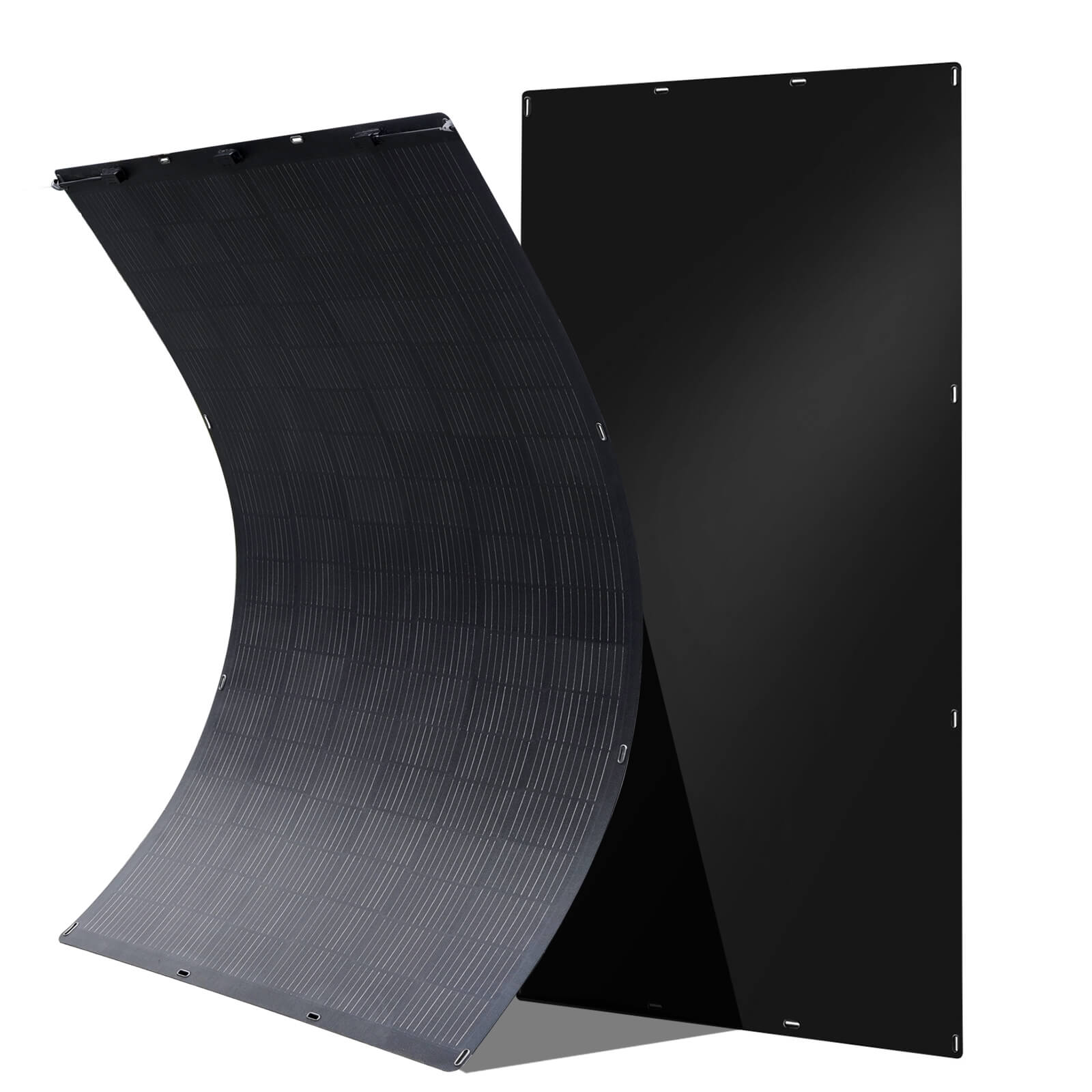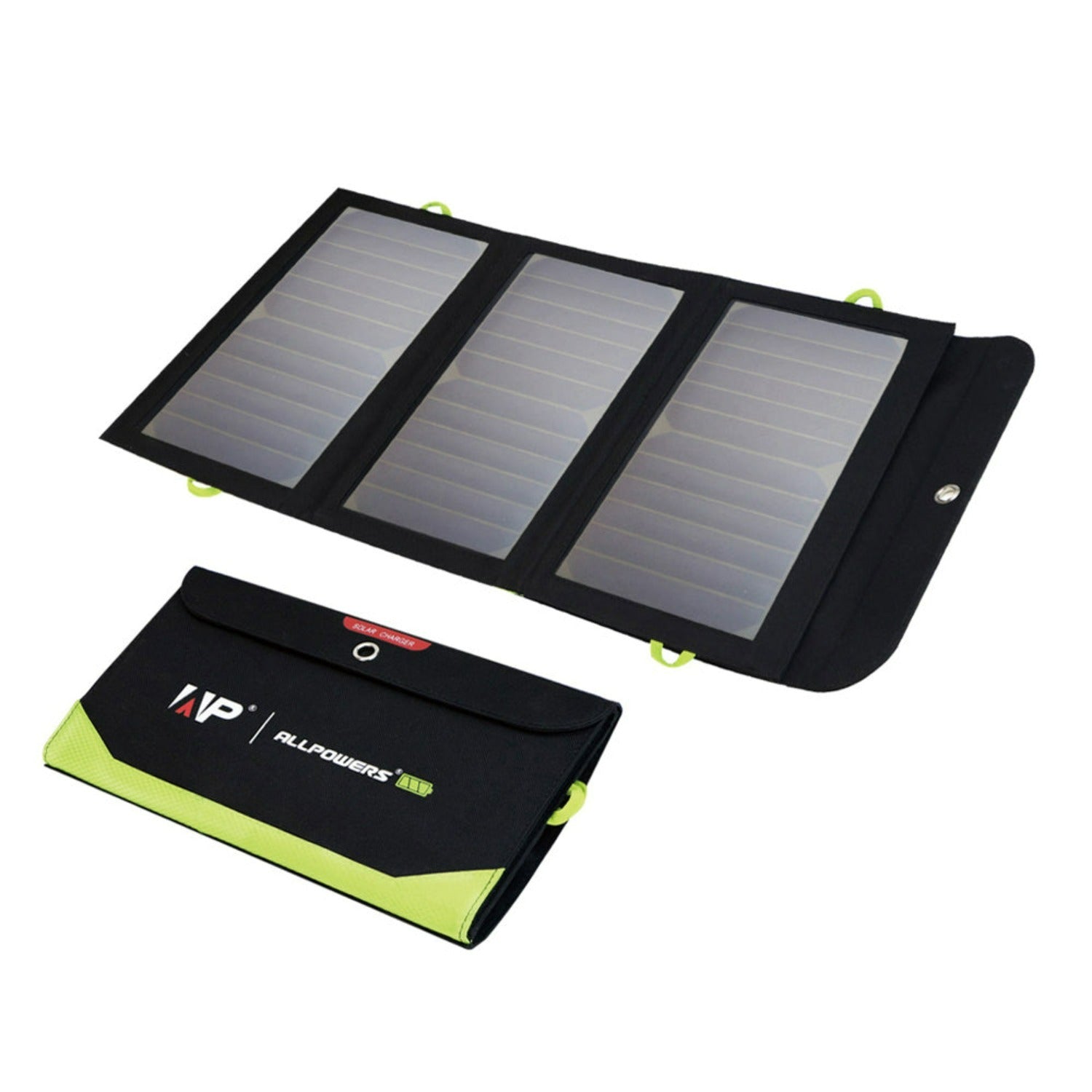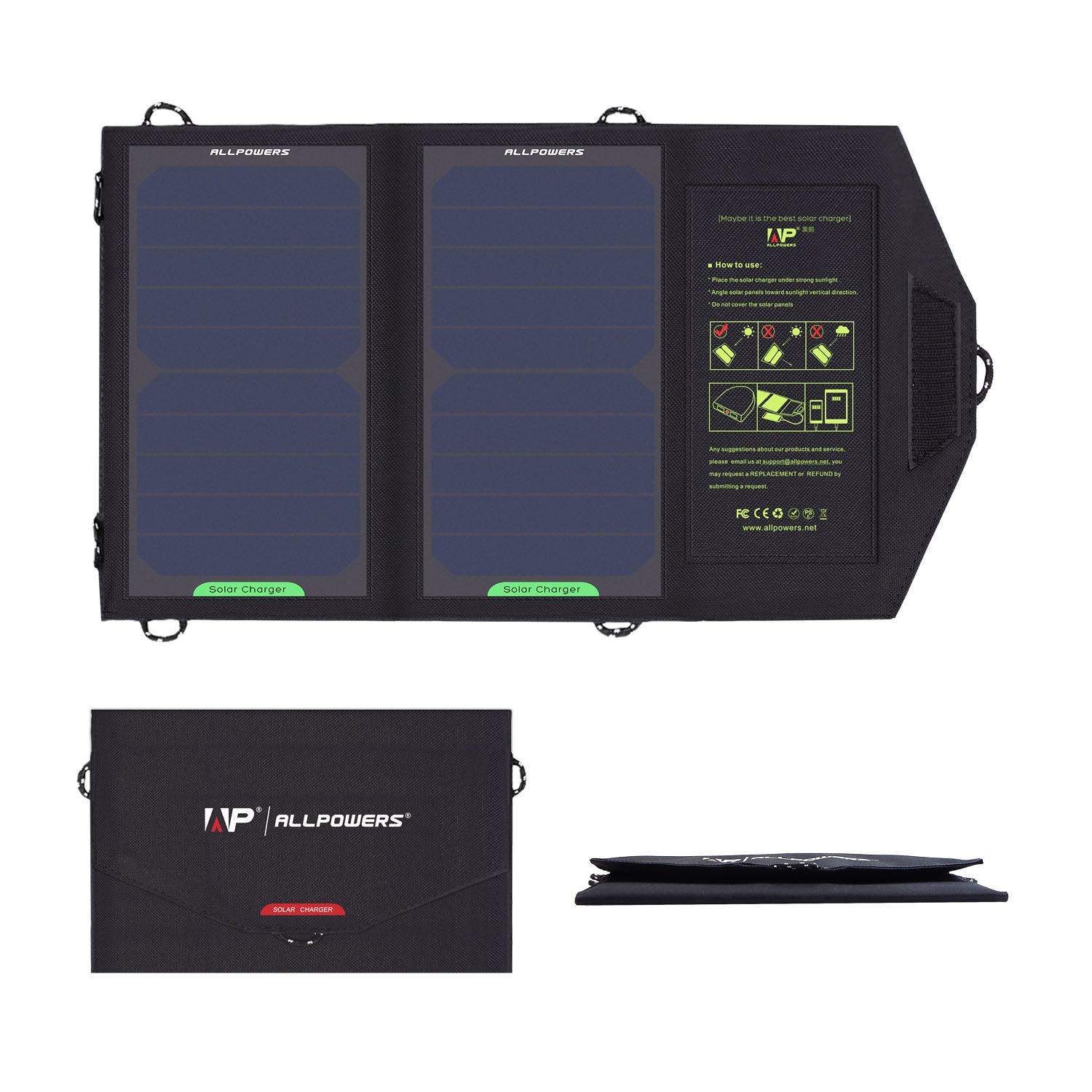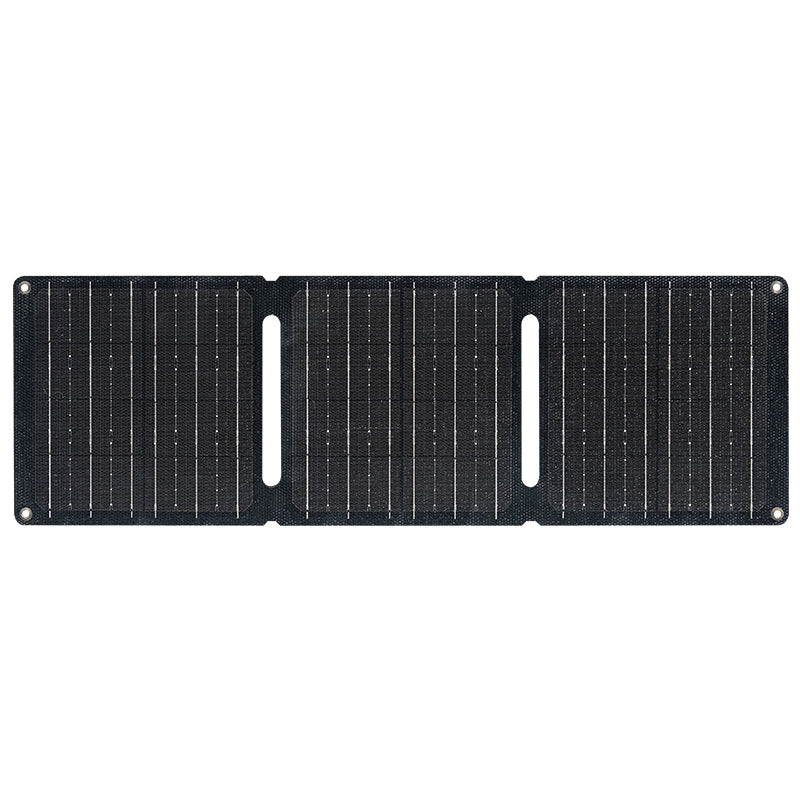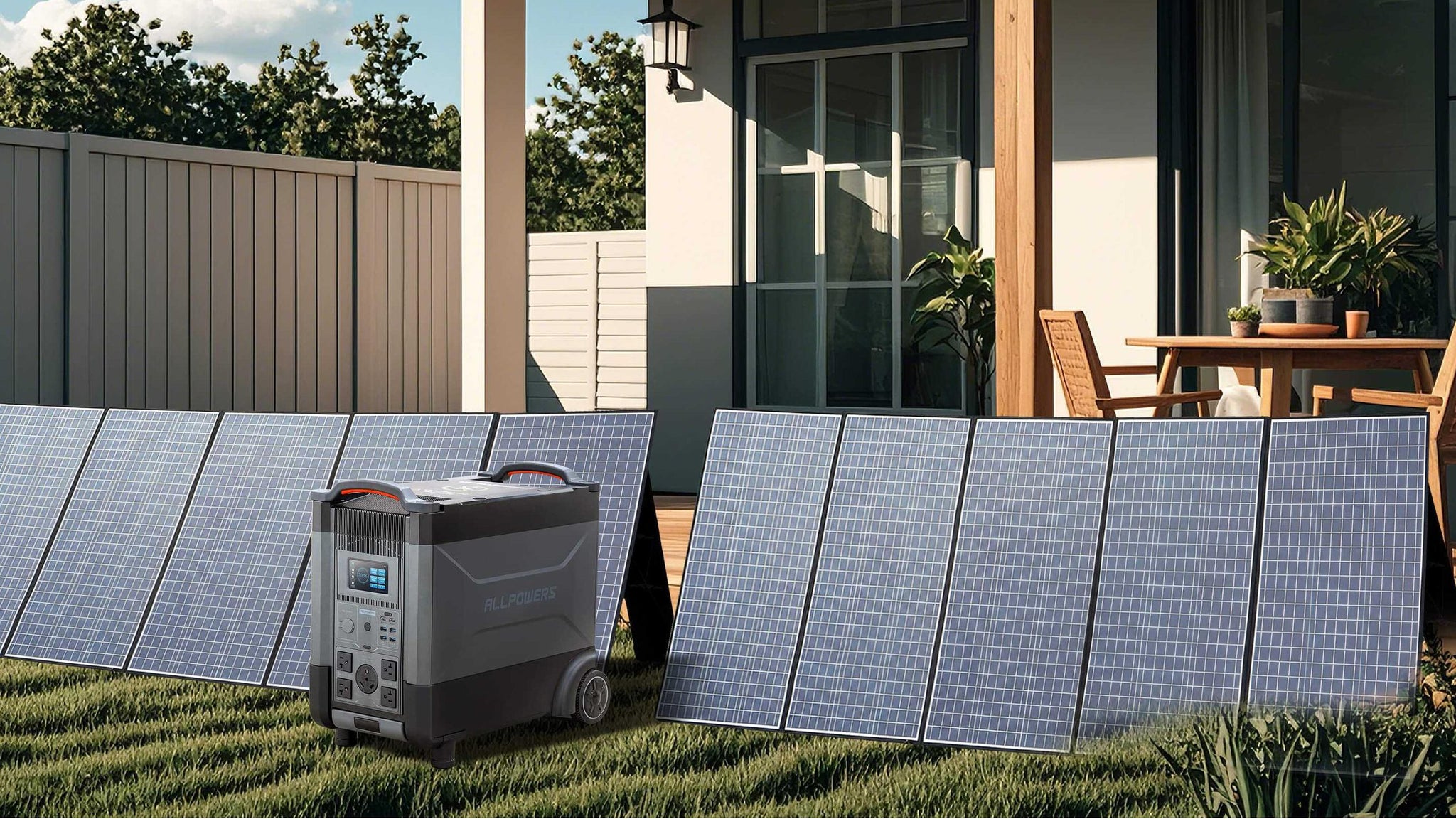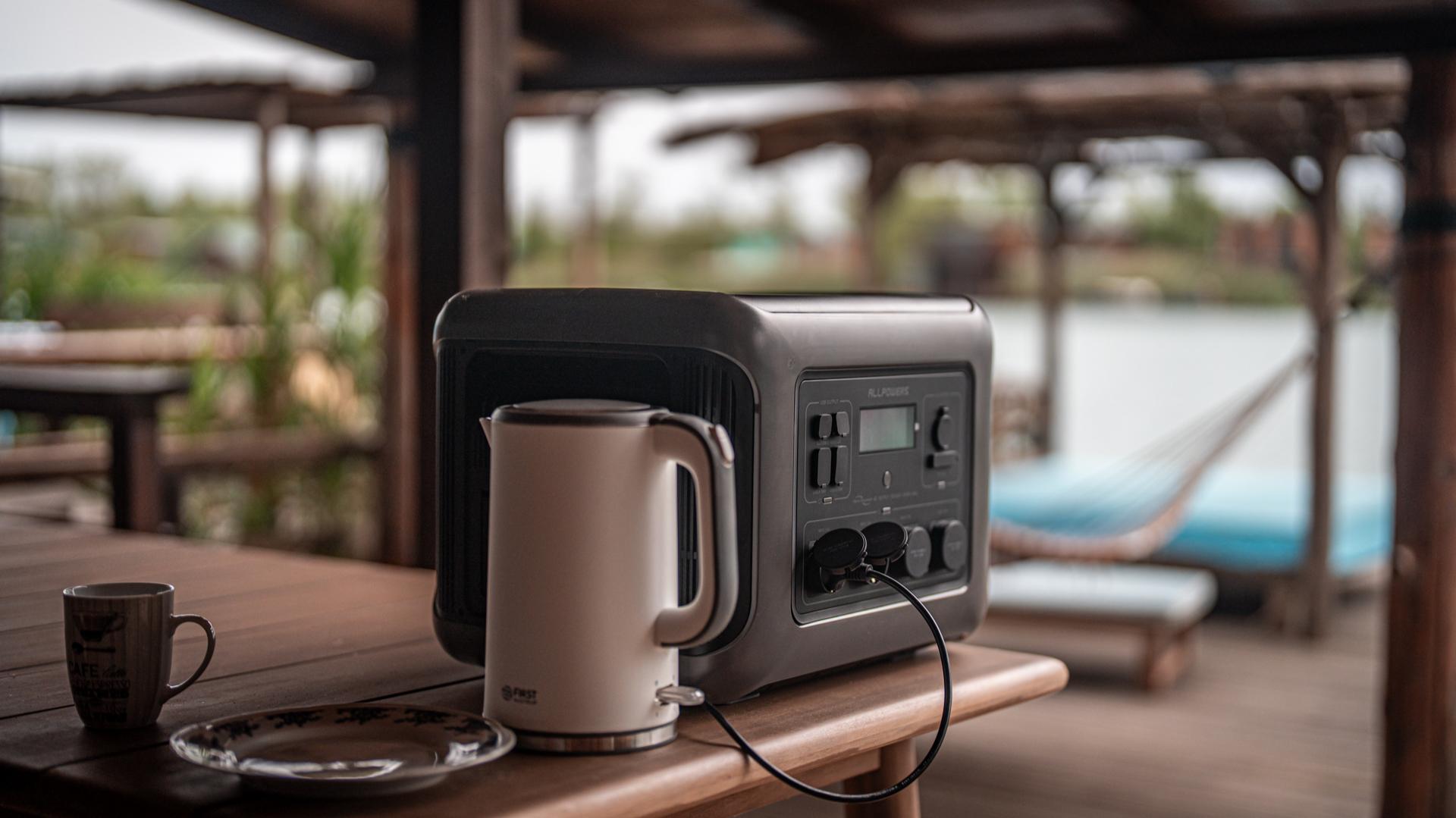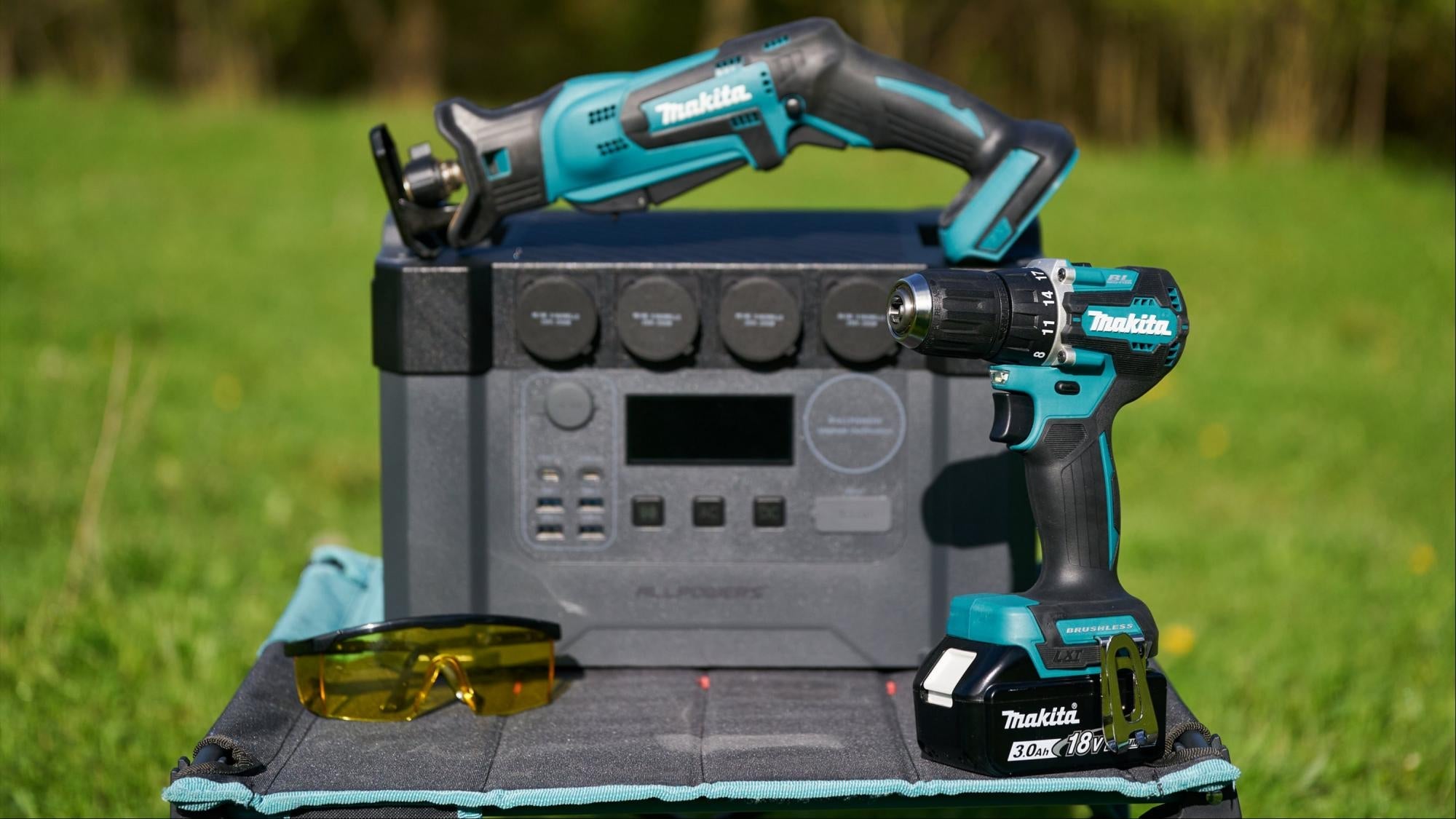Solar generators are becoming increasingly popular for powering homes.
These systems, harnessing the power of the sun, promise a clean and reliable form of energy.
But can a solar generator really power an entire house?
How much power do you need to run a house?
Let’s start with the power demands of your home. A house isn't a tent in the woods. It breathes electricity day and night.
Do you live in a small cabin with minimal devices? Or in a modern home with an HVAC system, a fridge, freezers, lights, and entertainment systems?
A minimalist lifestyle might only require 1 to 2 kilowatt-hours per day, whereas a standard household easily burns through 20 to 30 kWh.
That’s a massive difference—Small cabins may do well with a smaller unit, but larger homes with more demanding energy needs may require a larger, more robust generator.
Factors that influence whether a solar generator can power your house or not
First up: battery capacity. It's the first and most important thing to consider when we say a solar generator can “power a house,”
A solar generator is essentially a portable power station with solar-charging capabilities, and its battery capacity is measured in watt-hours (Wh).
A mid-range 1500Wh unit might run your essentials for a few hours—great during a short outage. But if you’re aiming for anything close to “whole-home backup,” you’ll need something bigger.
A 3600Wh model or higher, like the kind packed with LiFePO4 cells and expandable battery ports? Now you’re getting warm.
Of course, battery size is only half the story.
A solar generator isn’t just a battery. It’s part of a system. And solar panels are your fuel source.
If you want to keep things humming beyond a single cycle, the panels need to feed that battery as fast as you drain it.
A typical solar panel might deliver 100W to 400W under ideal sunlight—you can harvest 1,600Wh in just four good hours of sunlight.
Plus, use ultra-efficient MPPT charging, and you shave off even more time.
But if you’re trying to keep the whole house running, you’ll need a bigger array, and a generator that can take more solar input—say, 1500W or even 2000W.
Learn more: How Does a Solar Generator Work?
Limitations are part of the package
Okay, even the best solar generators have limits.
Try running a central AC, electric oven, water heater, and dryer? That’s a no-go unless you’ve got a literal wall of batteries. Energy-intensive homes—with their dishwashers, gaming consoles, and espresso machines—aren’t going to thrive on a single solar generator.
You’ll have to prioritize. Pick your “must-haves” and power those. It’s a mindset shift, but not necessarily a bad one. In fact, it can be… clarifying.
Which matters more: streaming Netflix or preserving food in the fridge? Recharging your phone or microwaving a burrito?
What size solar generator do I need to run my house?
Start with your daily power consumption. You can find this by checking your utility bill—it’ll usually list how many kilowatt-hours (kWh) you use each month.
For basic survival mode—fridge, lights, Wi-Fi, a few chargers—you’ll need a generator in the 2,000 to 3,000Wh range.
That’s enough to keep things running through the night, assuming you’re careful with usage. Think of it as your home's heartbeat during a power outage—steady, essential, not flashy.
But want to stay off-grid for days or run multiple appliances at once? You're climbing into 3,000Wh+ territory. That’s serious power—and you’ll need matching solar input (at least 1,000W of panels or more) to recharge daily, especially if the sun plays hard to get.
And honestly? If you’re running heavy loads, one generator won’t cut it. That’s why systems like the ALLPOWERS R3500 allow modular expansion—linking multiple batteries together to handle serious loads without blinking.
Learn more: What Size Solar Generator Do I Need?
Tips for maximizing power station duration
If you’re banking on a solar generator to run your home, strategy is everything.
Start by identifying your priority appliances. Lights, phone chargers, fans, CPAP machines, refrigerators—these are non-negotiable during outages. Things like hairdryers, gaming consoles, or coffee makers can wait.
Next, stagger your usage. You don’t need every light on, or every appliance running at once. Cook when the fridge is resting. Watch TV after the laptop is charged. Rotate usage like clockwork to stretch your power supply longer than you’d think possible.
Then comes optimize solar panel positioning. Angle your panels right. Clean them often. Track the sun if possible. The better your panels perform, the shorter your downtime. Cloudy days happen, but even partial sunlight adds up.
Last but not least, consider modularity. Some portable power stations support expansion batteries or chaining units. You might start with a 2000Wh setup and later add another 2000Wh pack. That way, you don’t just maximize current duration—you future-proof your system.
Learn more: How Long Does a Solar Generator Last?
So… Can a Solar Generator Power a House?
Yes, a solar generator can power a house—but with caveats.
If your needs are modest or you're just aiming to keep the essentials running, then a properly sized solar generator absolutely gets the job done. You won’t be roasting turkeys and blow-drying your hair simultaneously, but you’ll be warm, fed, and connected.
For full-house, full-time use? You’re going to need something big—possibly multiple units, definitely large solar input, and a game plan for managing your energy.
But it’s doable.
Learn more: What Is the Best Solar Generator for Home Backup?


